Check out our blogs to find out what are the latest happening in the world of Electrical Vehicles.
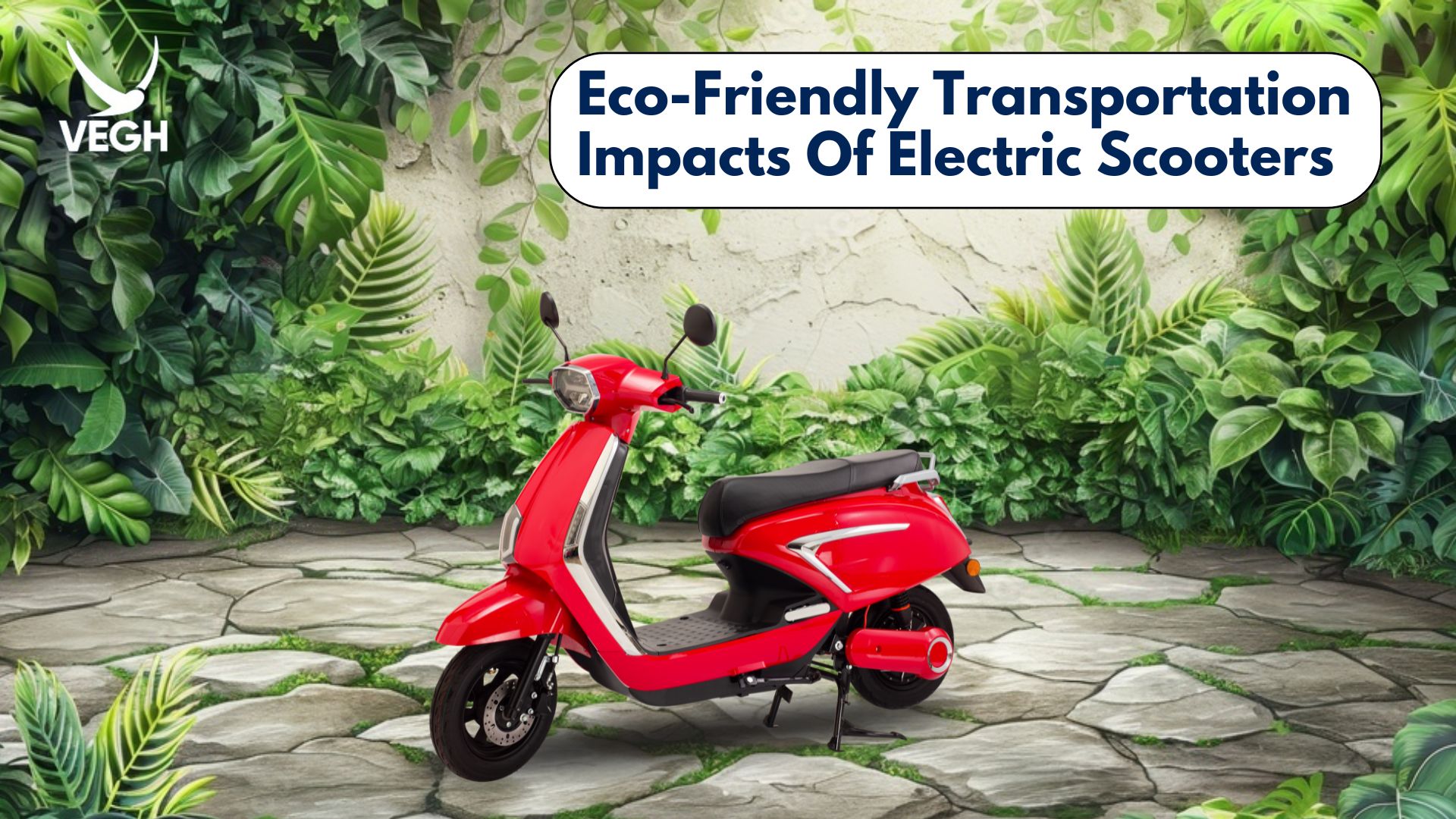
Discover how electric scooters are changing the way we move around cities. From cleaner air and quieter streets to saving precious resources, these eco-friendly vehicles are making a big difference. Learn about their benefits and how you can be part of the green revolution!
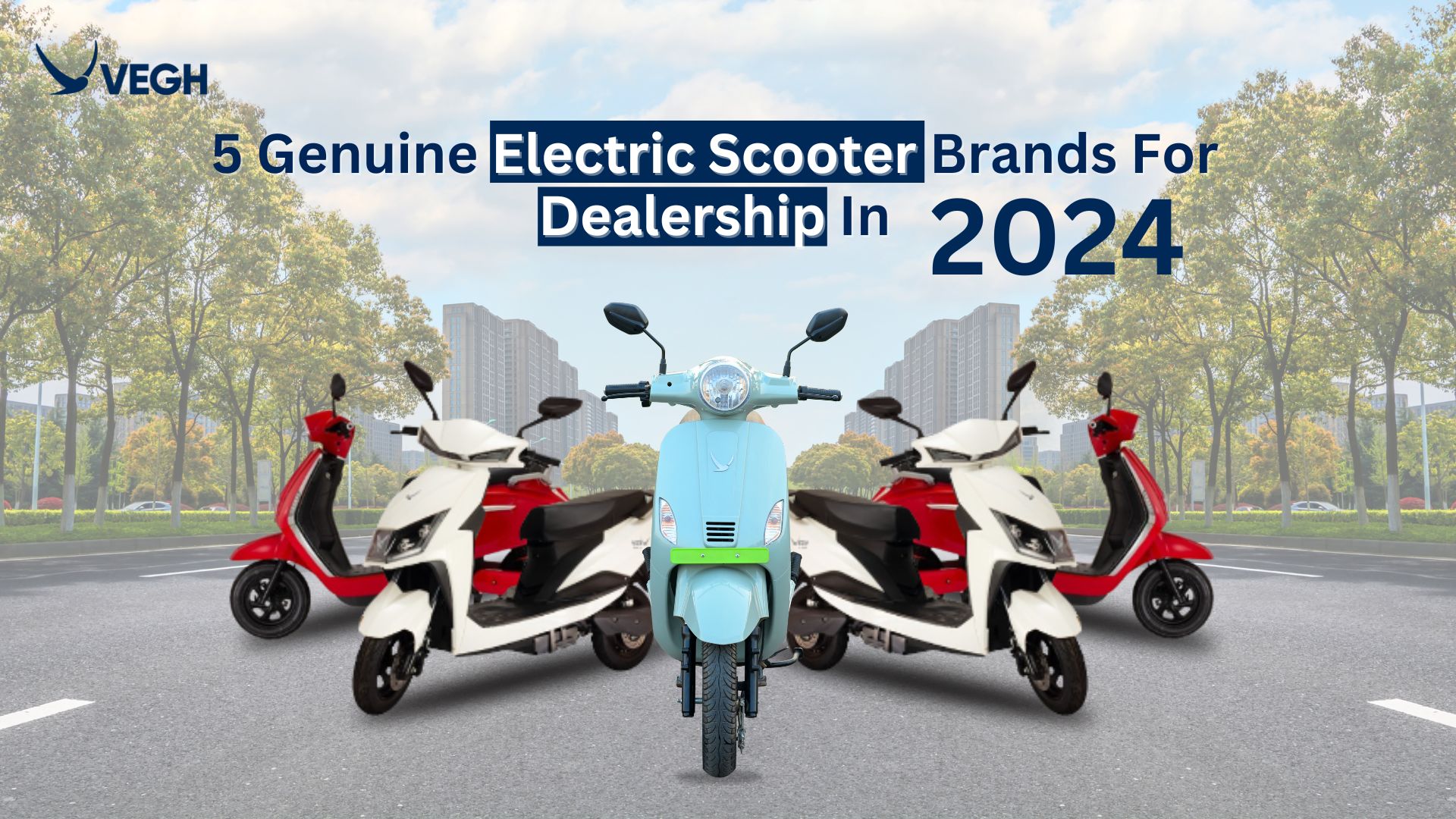
Electric scooter industry booming in 2024. Top brands offer innovative products and dealer support. Vegh Automobiles stands out with strong dealer support and market insights. Dealers can tap into profitable opportunities by choosing the right brand and understanding local market demands.
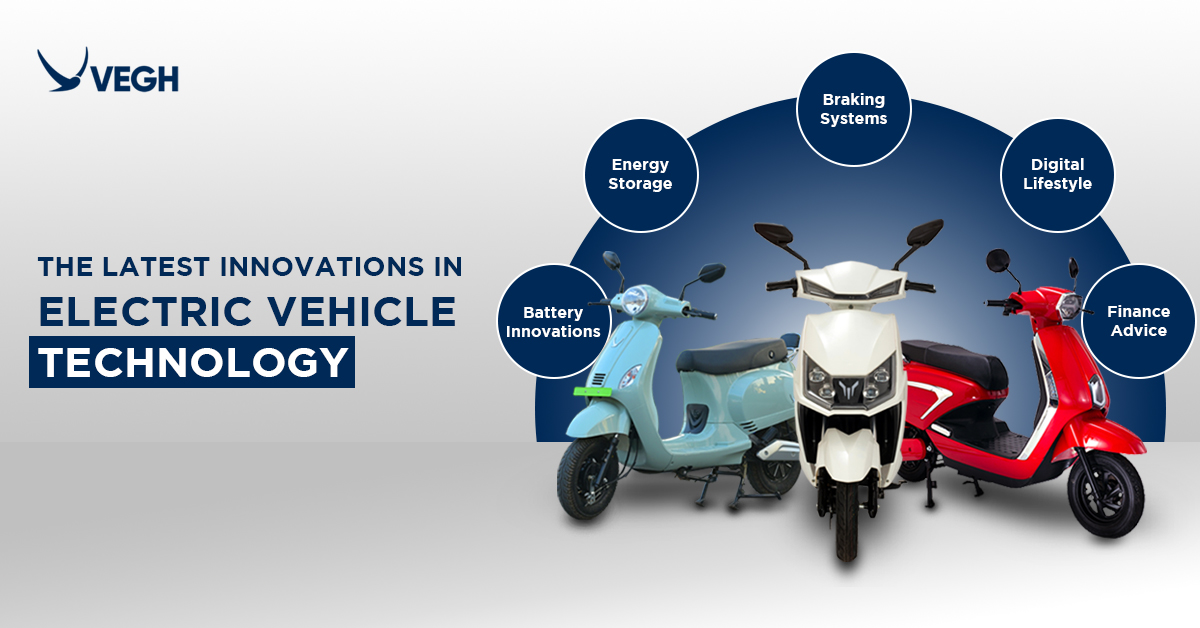
Vegh Automobiles is leading the charge in Electric Vehicle technology with advanced electric scooters. Discover innovations like improved battery life, enhanced motor efficiency, smart connectivity, and regenerative braking systems. These features not only boost performance and convenience but also promote sustainability. Join Vegh Automobiles in driving towards a cleaner, greener future.
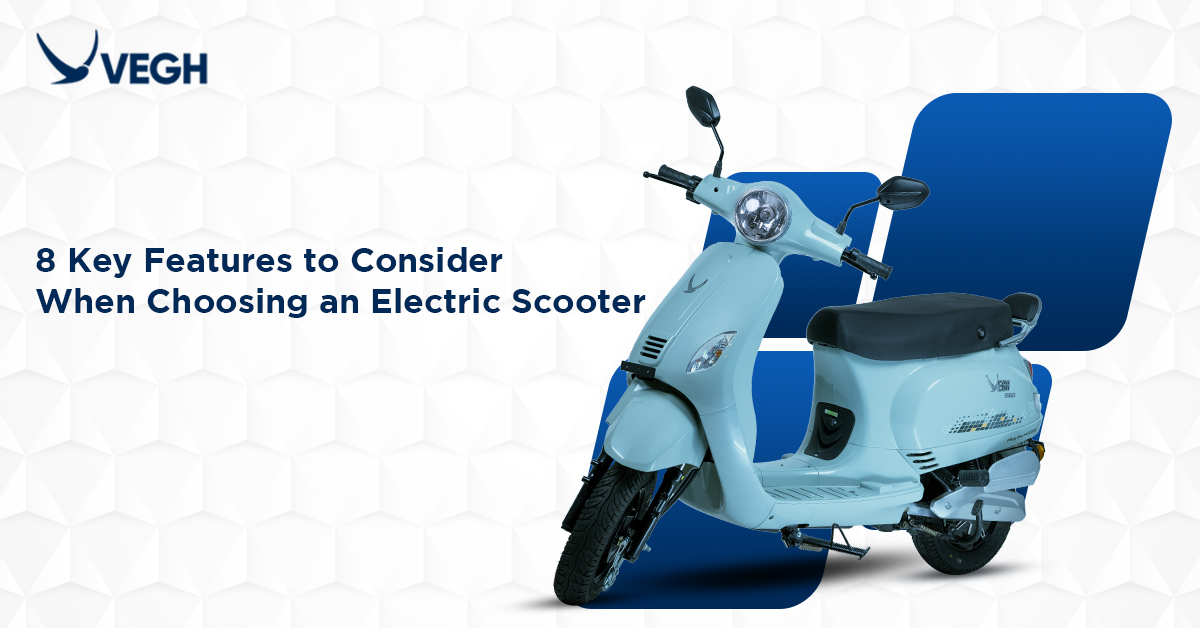
Choosing an electric scooter? Key features to consider include battery life, kinetic energy, braking system, anti-theft alarms, speed, suspension, portability, and additional features like lights and GPS. Make sure your scooter meets your commuting needs while offering comfort and safety.
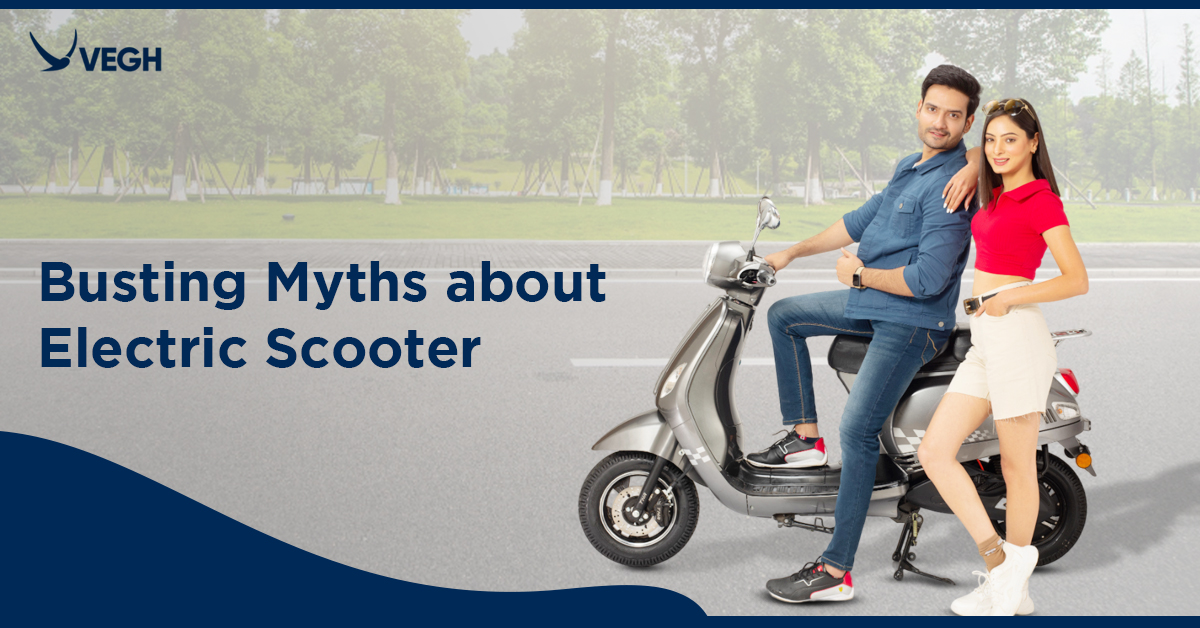
Discover the truth about electric scooters with Vegh Automobiles! Uncover the myths and learn how e-scooters are practical, eco-friendly, stylish, and efficient for daily commuting. With impressive range, speed, and safety features, electric scooters are the modern solution for hassle-free transportation.
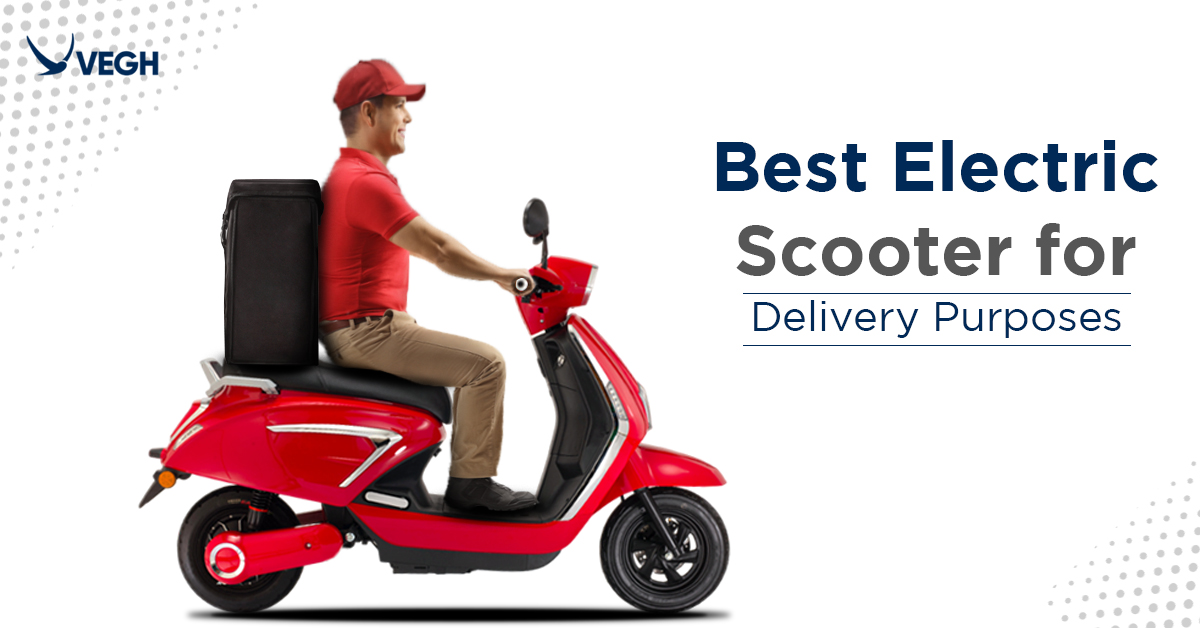
Vegh Electric Scooters are perfect for delivery businesses, offering fast charging, long ranges, and advanced safety features. Models like the S60, S25, and L25 provide reliable, efficient, and eco-friendly transportation. Invest in Vegh e-scooters to enhance your delivery operations with minimal downtime and maximum efficiency.
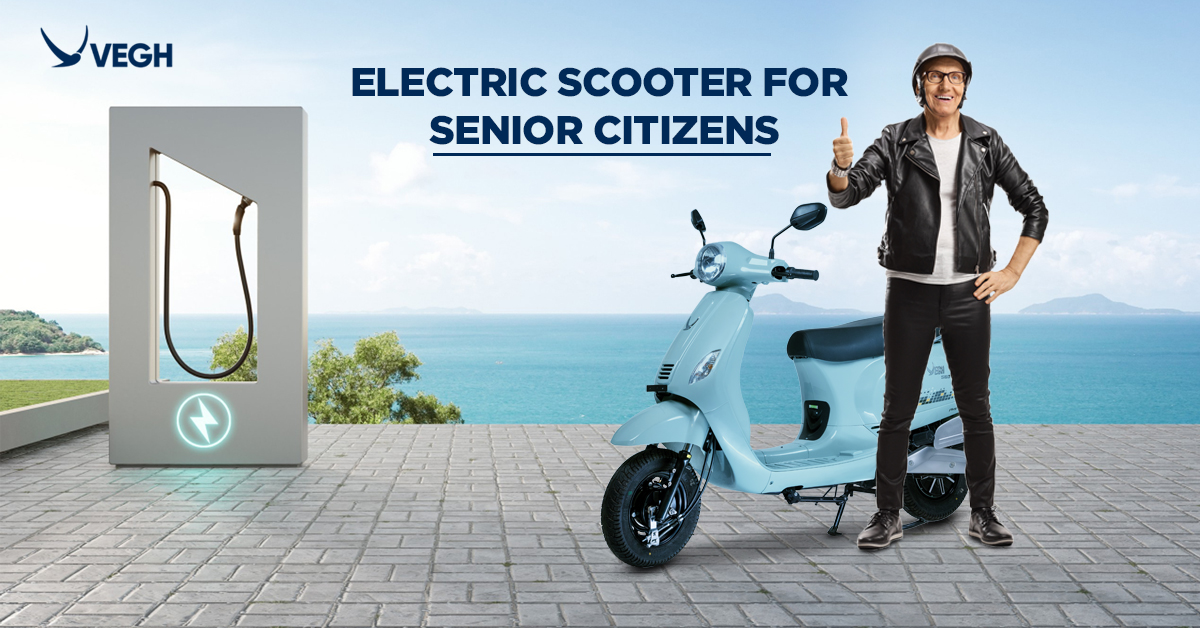
Are you considering the best electric scooter for seniors in India? Discover why these eco-friendly vehicles are ideal for older adults. Vegh E-scooters offer stability, safety features, easy operation, and long-lasting battery life, making them perfect for seniors seeking comfort and style in their rides.
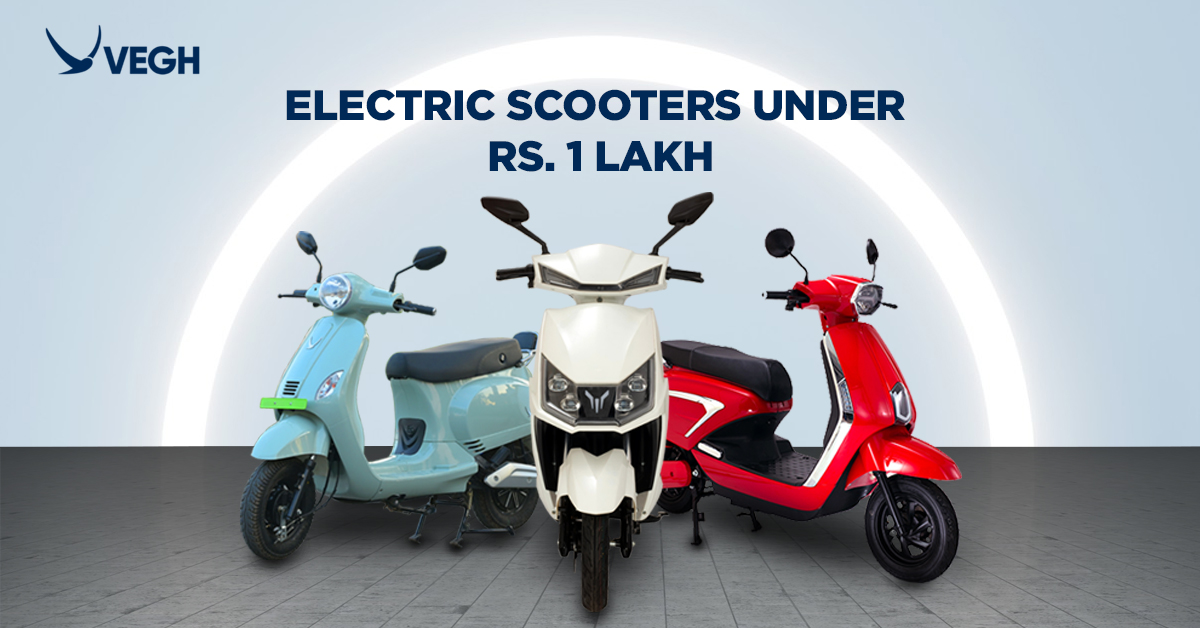
Looking to buy an electric scooter under Rs. 1 lakh in India? With rising petrol costs and environmental concerns, electric scooters are your eco-friendly, budget-friendly solution. Explore top models like Vegh L25, each offering unique features and benefits. Get ready to switch to sustainable, stylish commuting!
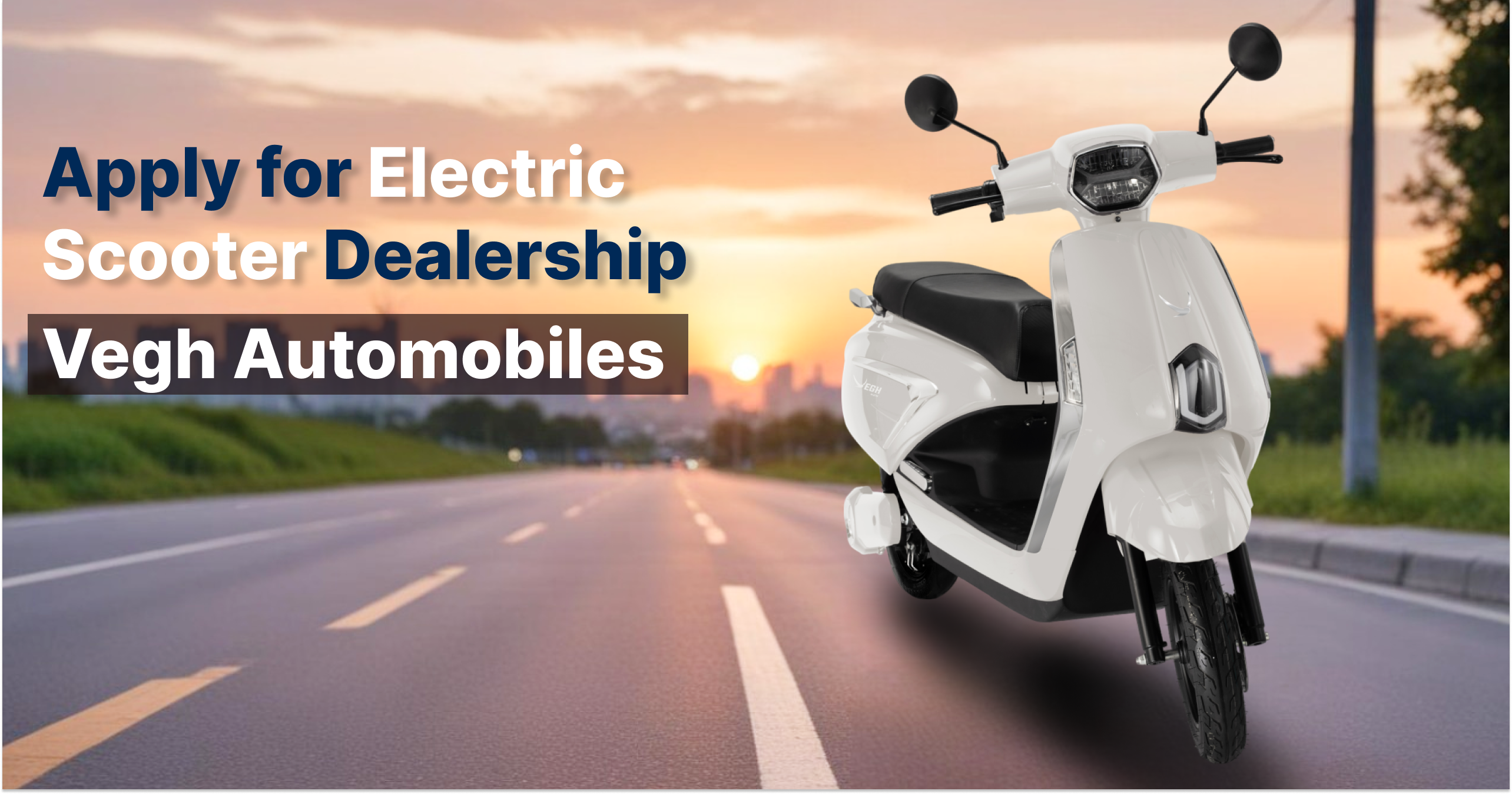
The electric scooter market in India is booming, thanks to the FAME subsidy scheme. With a market size of USD 893 million in 2022 and a projected CAGR of 27.30%, it’s set to reach USD 6,161 million by 2030. Join Vegh Automobiles as a dealership partner to invest in this growing, sustainable industry.
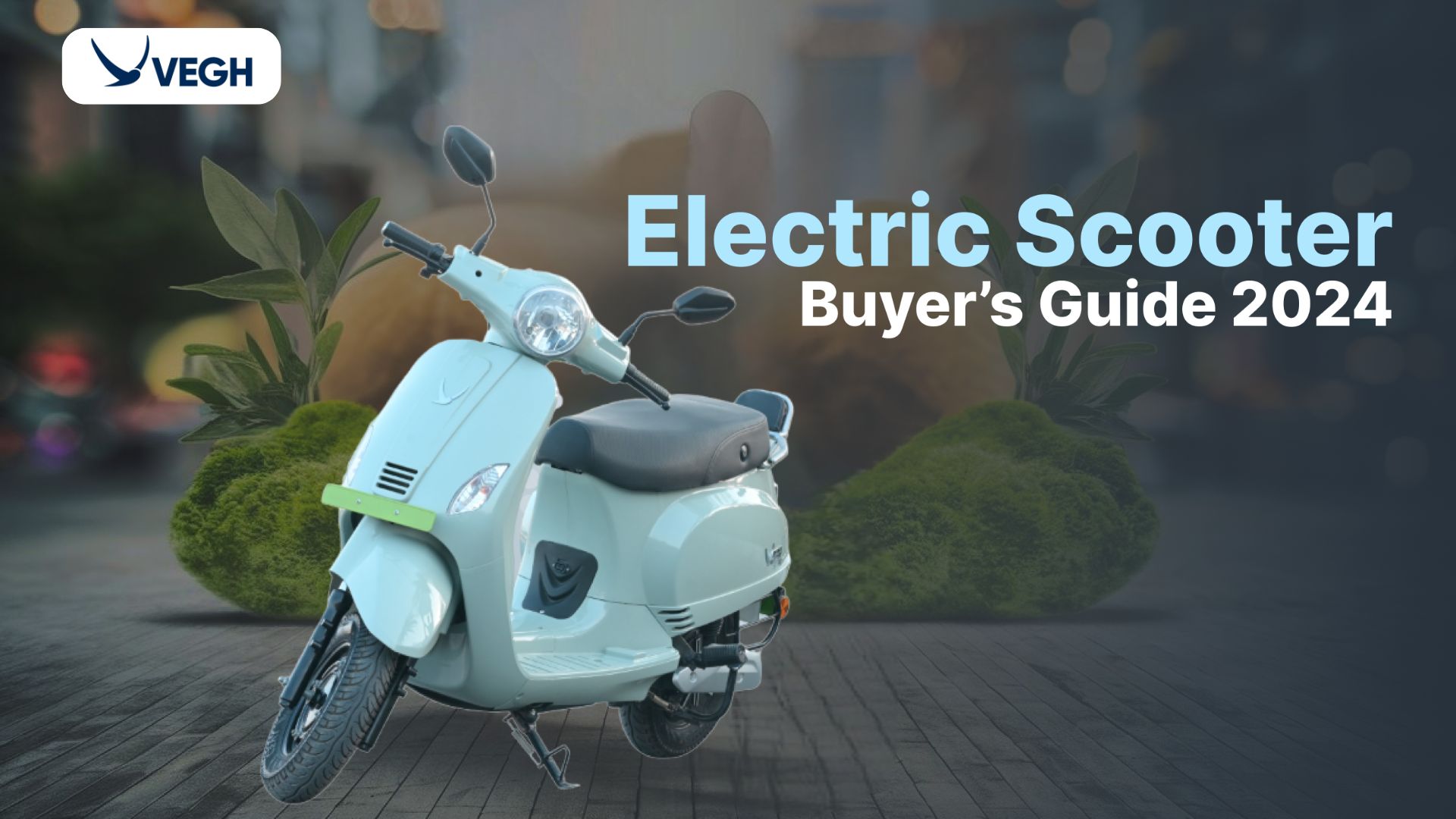
E-scooters are becoming popular in India for their convenience, cost-effectiveness, and eco-friendliness. When choosing an e-scooter, consider battery life, performance, build quality, comfort, smart features, safety, and price. Look for strong batteries, good speed, durable build, ergonomic design, smart connectivity, and robust safety features. Prioritize budget-friendly options with good warranties and after-sales service. Explore brands like Vegh for reliable options.
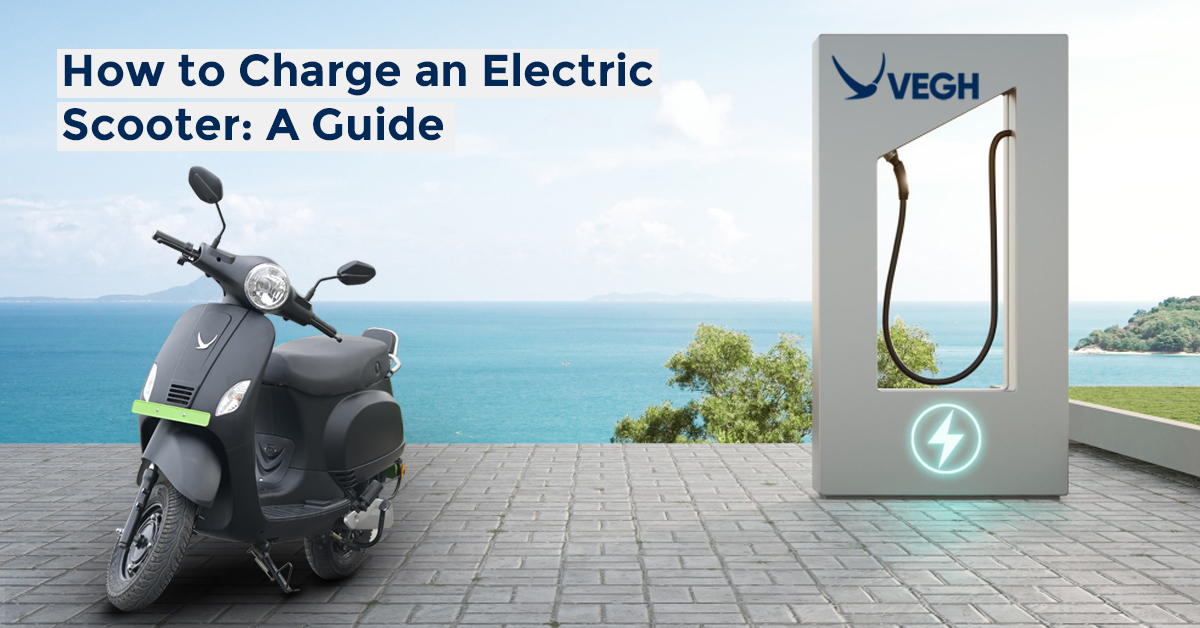
Just bought a new electric scooter? This guide makes charging simple! Let your scooter cool for 15 minutes before charging, and ensure it’s dry. Always use the original charger, charge in a dry place, and avoid extreme temperatures. Power off your scooter while charging and unplug once full to prevent overcharging. Follow these tips to extend your e-scooter’s battery life and ensure smooth rides!
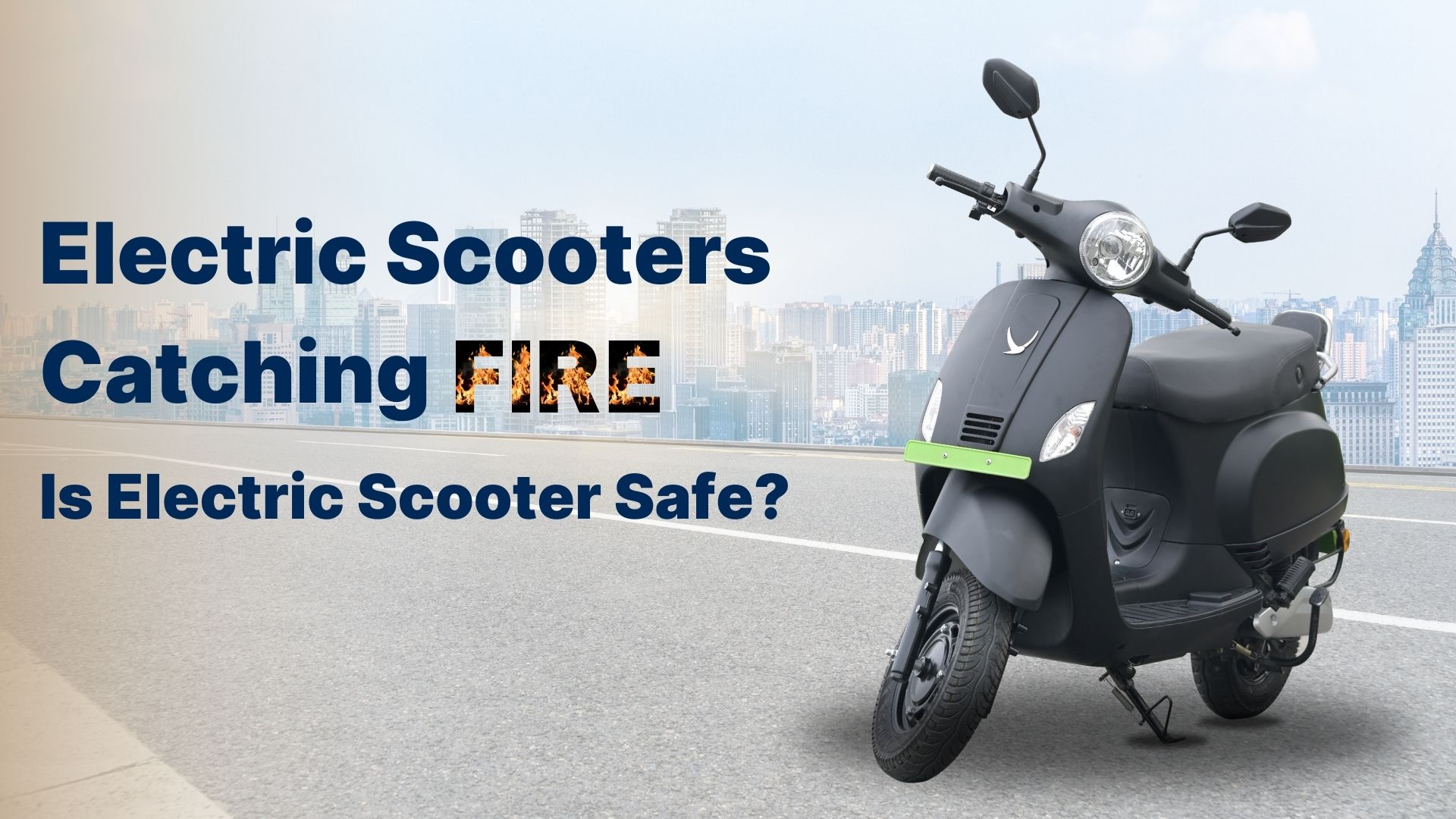
Charging your new e-scooter is simple with these tips: let it cool before charging, ensure it’s dry, always use the original charger, and charge in a dry, temperature-controlled spot. Turn off the scooter while charging and unplug once fully charged. Regular, proper charging extends battery life and enhances performance.
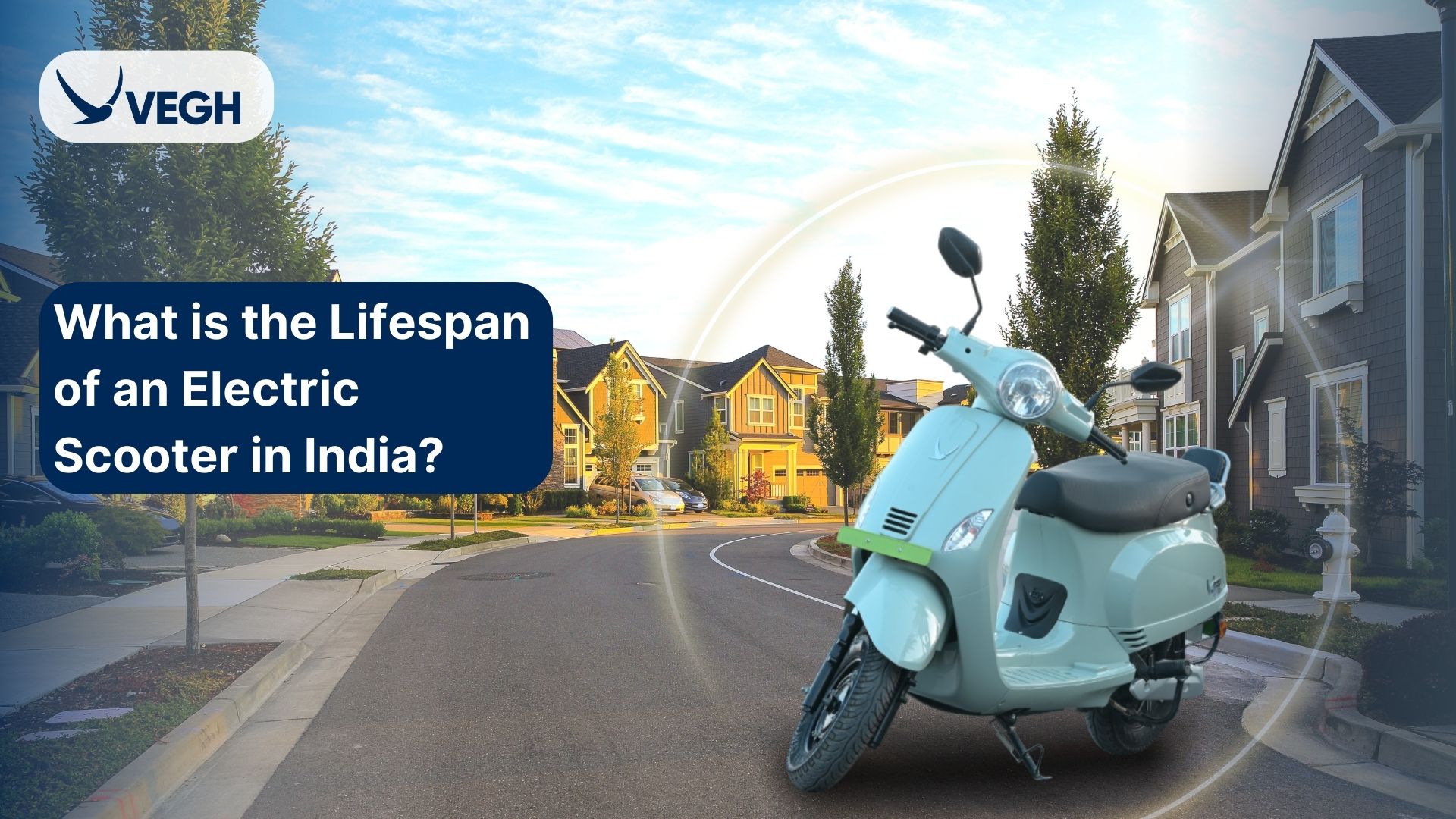
With proper care, electric scooters in India can last 10-15 years, owing to their Lithium-ion batteries supporting 1500-2000 charge cycles. Vegh Automobiles’ advanced models offer up to 75 km per charge, ensuring reliable and sustainable commuting. Visit Vegh Automobiles to explore top electric scooters with sleek design and long battery life.
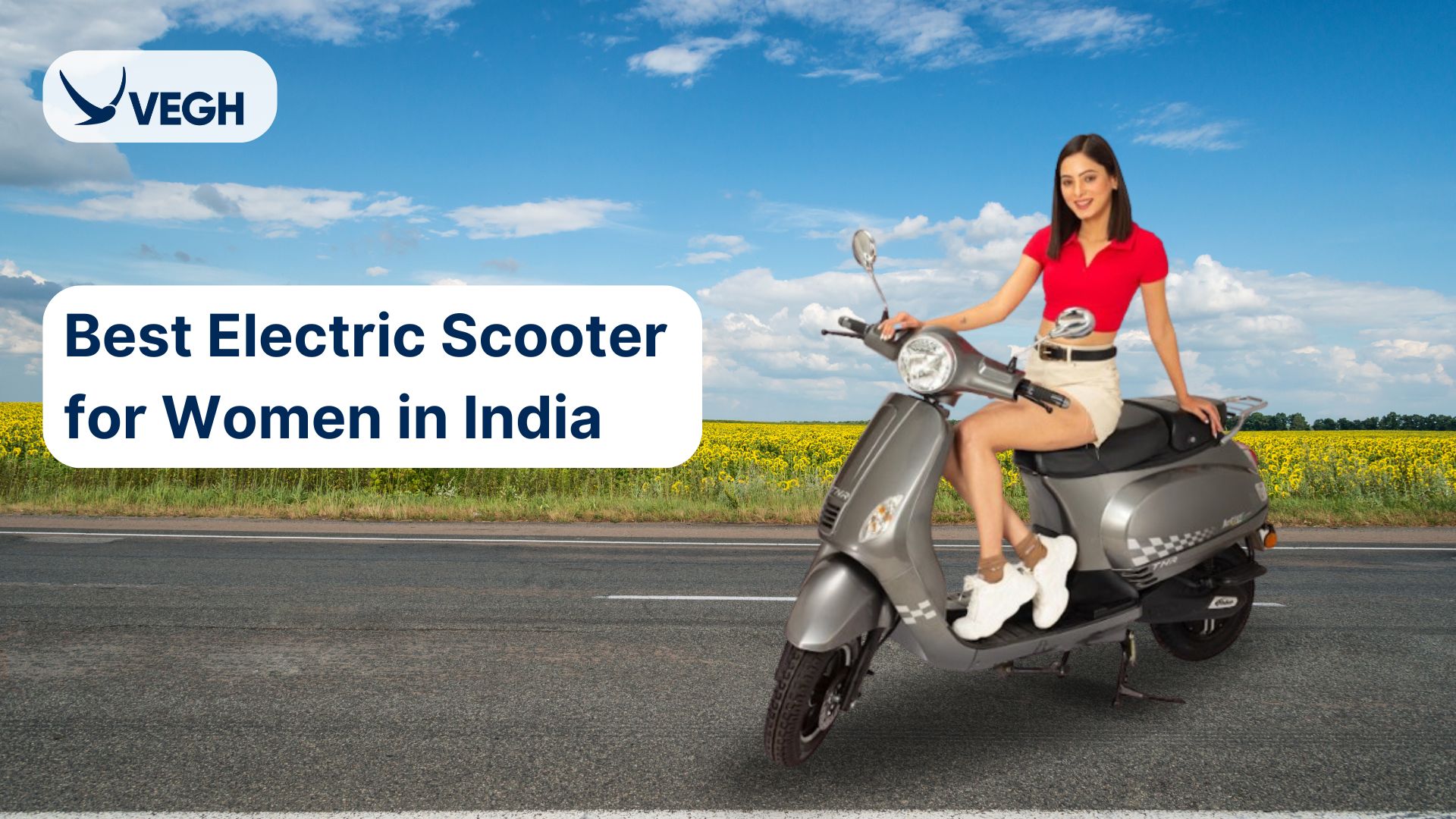
Discover the top electric scooters tailored for women in India, blending style with functionality and safety features. From sleek designs to comfortable rides, these scooters prioritize ease of use and eco-friendliness. Explore the ideal choices empowering women to navigate urban landscapes effortlessly.
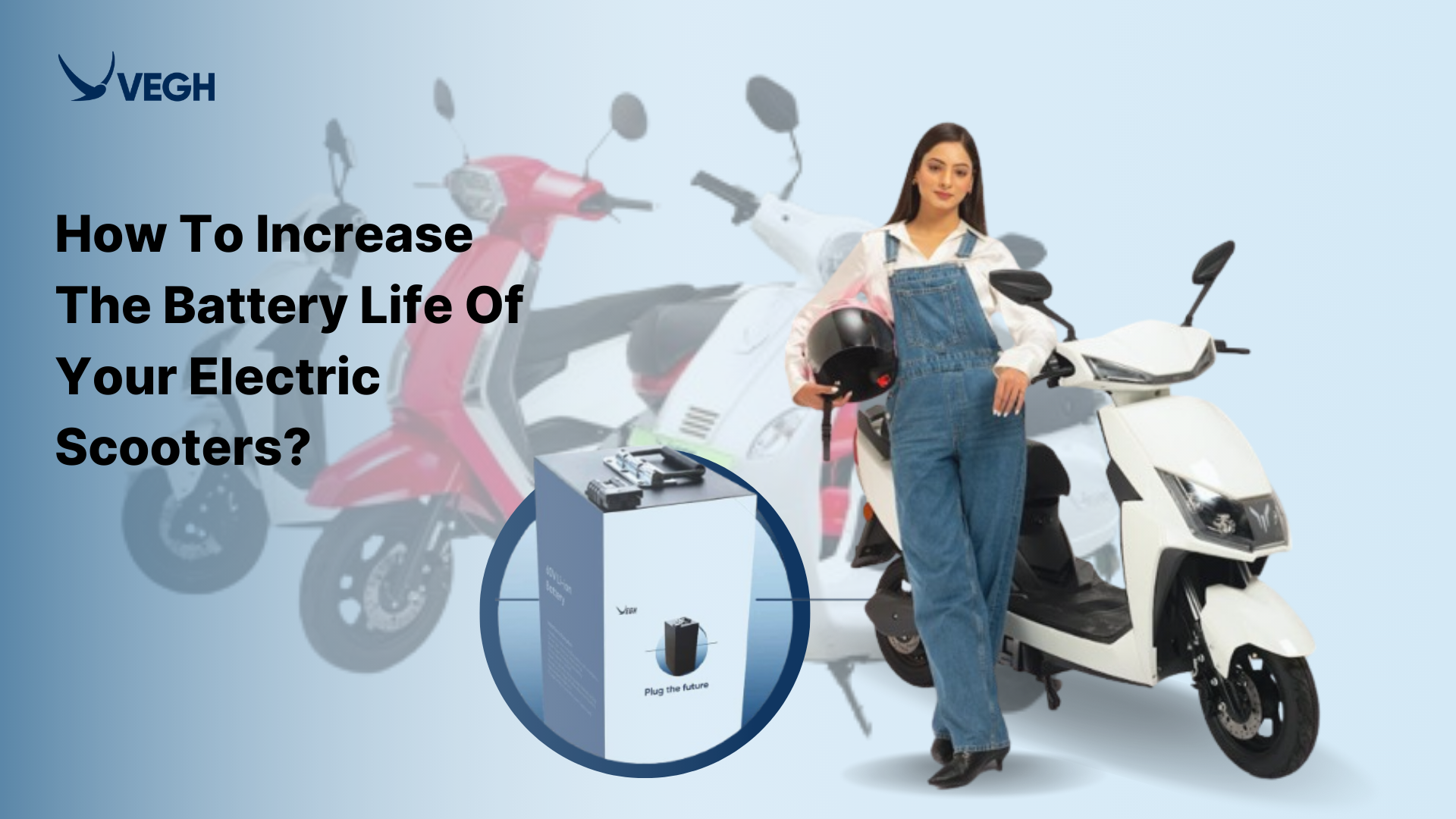
To extend the battery life of electric scooters, follow these tips: Charge the battery regularly, avoid overcharging, keep it at moderate temperatures, and maintain proper tire pressure. Additionally, reduce weight on the scooter, utilize eco-friendly driving habits, and store it properly when not in use. Regular maintenance checks are crucial for optimal performance and longevity.
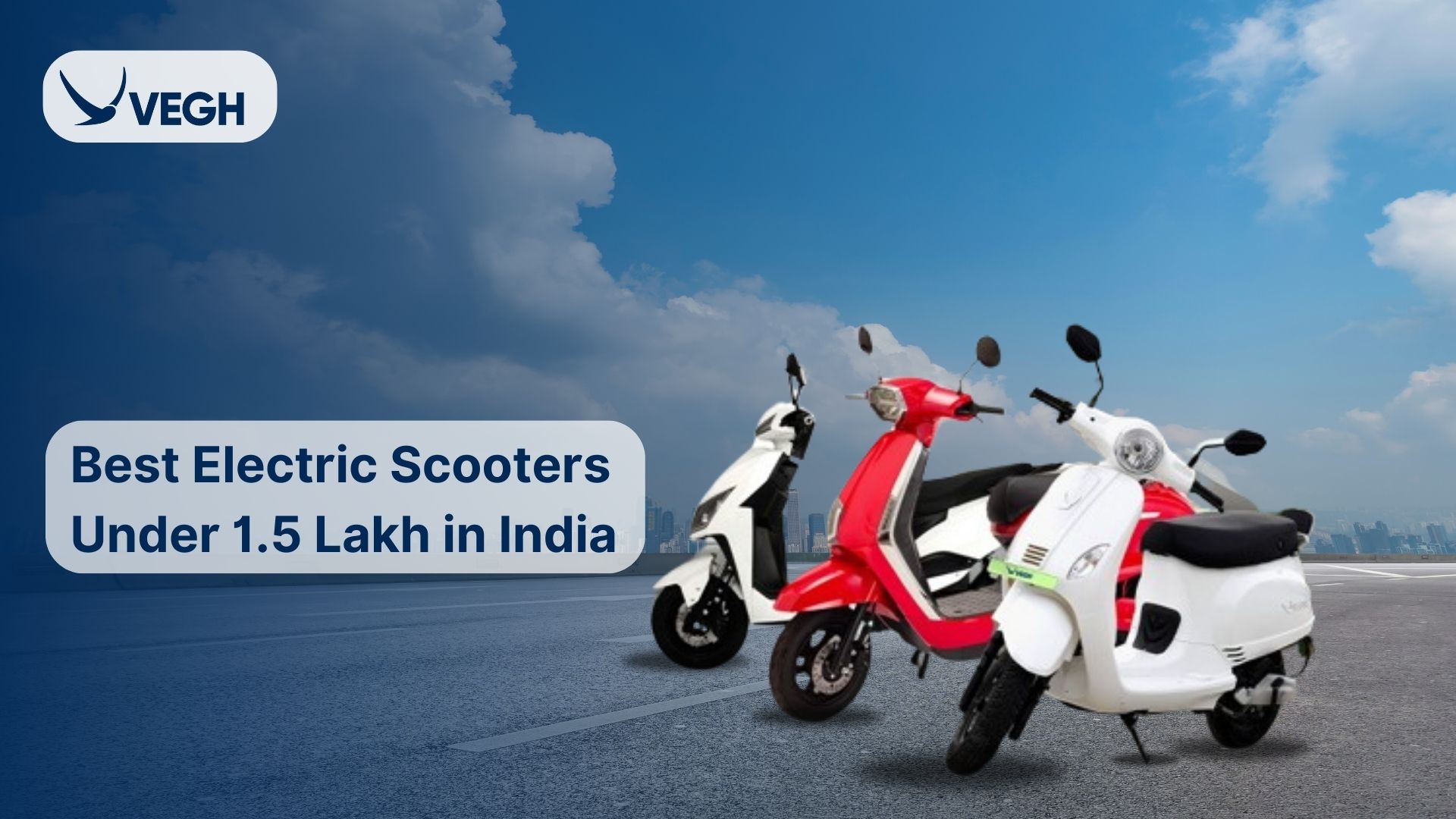
In 2024, as petrol prices soar, switching to electric scooters isn’t just trendy—it’s eco-conscious. These scooters offer noise-free rides, easy maneuverability, and environmental benefits, all while being stylish and affordable. Explore top models like Vegh S60, Ola S1 Pro, TVS iQube, Ather 450 X, and Bajaj Chetak, each offering unique features and value under 1.5 lakhs.
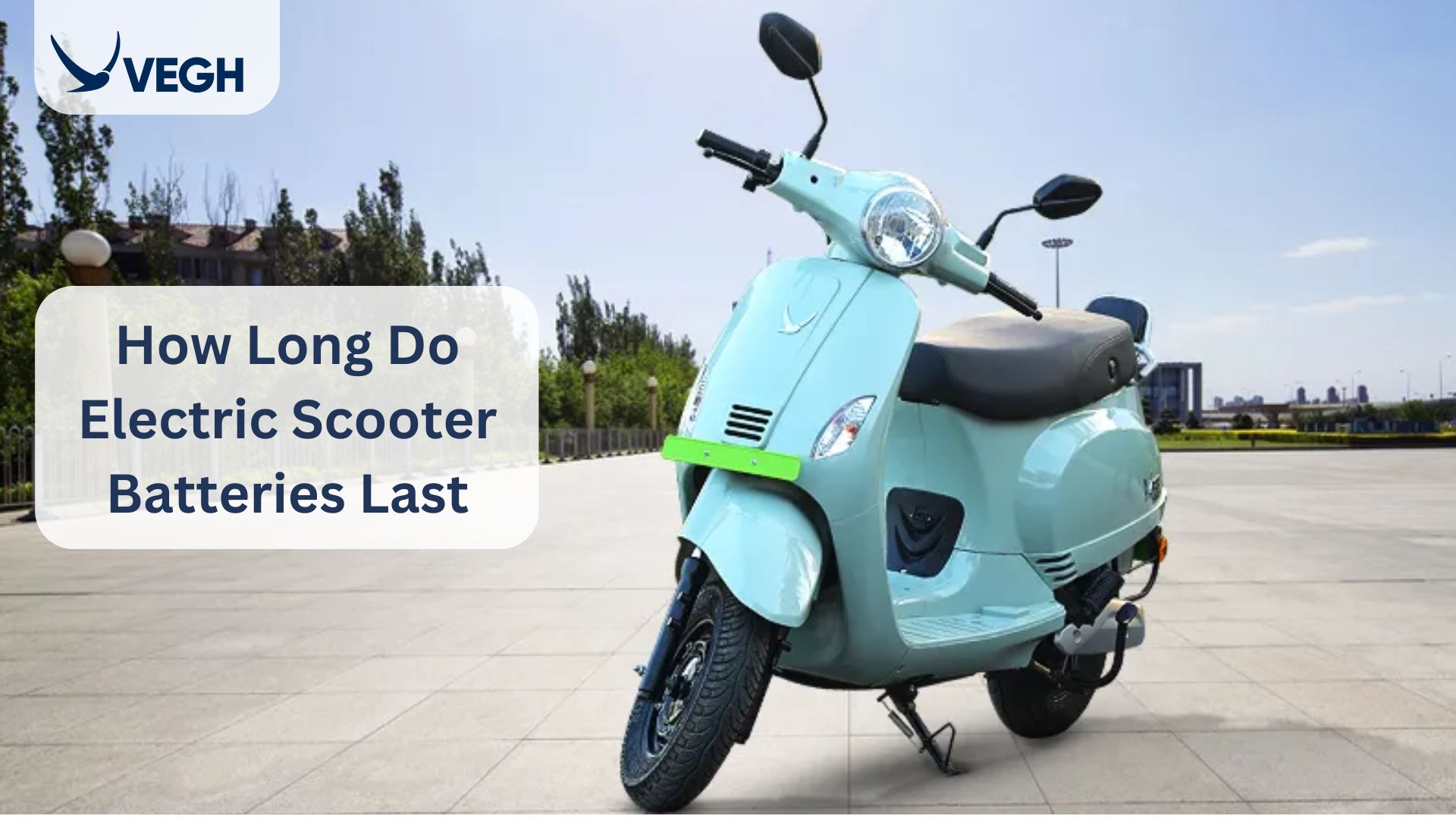
If we specifically talk about India, the average lifespan of electric scooter batteries lasts anywhere from 2 to 5 years. Generally, lithium-ion batteries are mostly used in modern electric scooters, as they have a longer lifespan than lead-acid batteries. Several studies suggest that, with proper care and maintenance, a lithium-ion battery can last up to 5 years or even more.
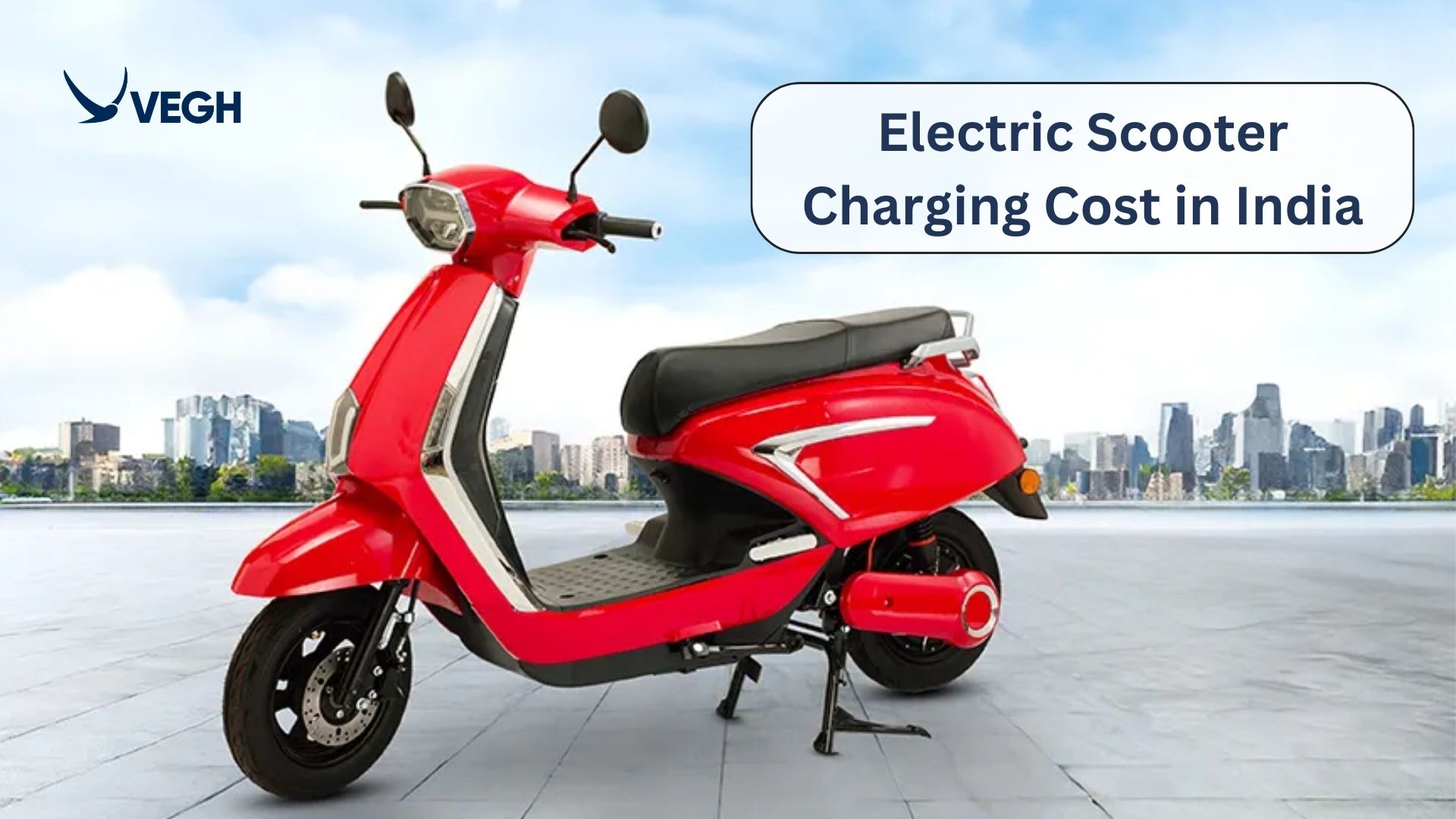
Due to the regular rise of fuel costs and environmental concerns, people are widely shifting their interest to electric vehicles. As they are affordable in the long run and have a positive environmental impact, making them a USP, the sales graph of electric vehicles shows a consistent annual increase.
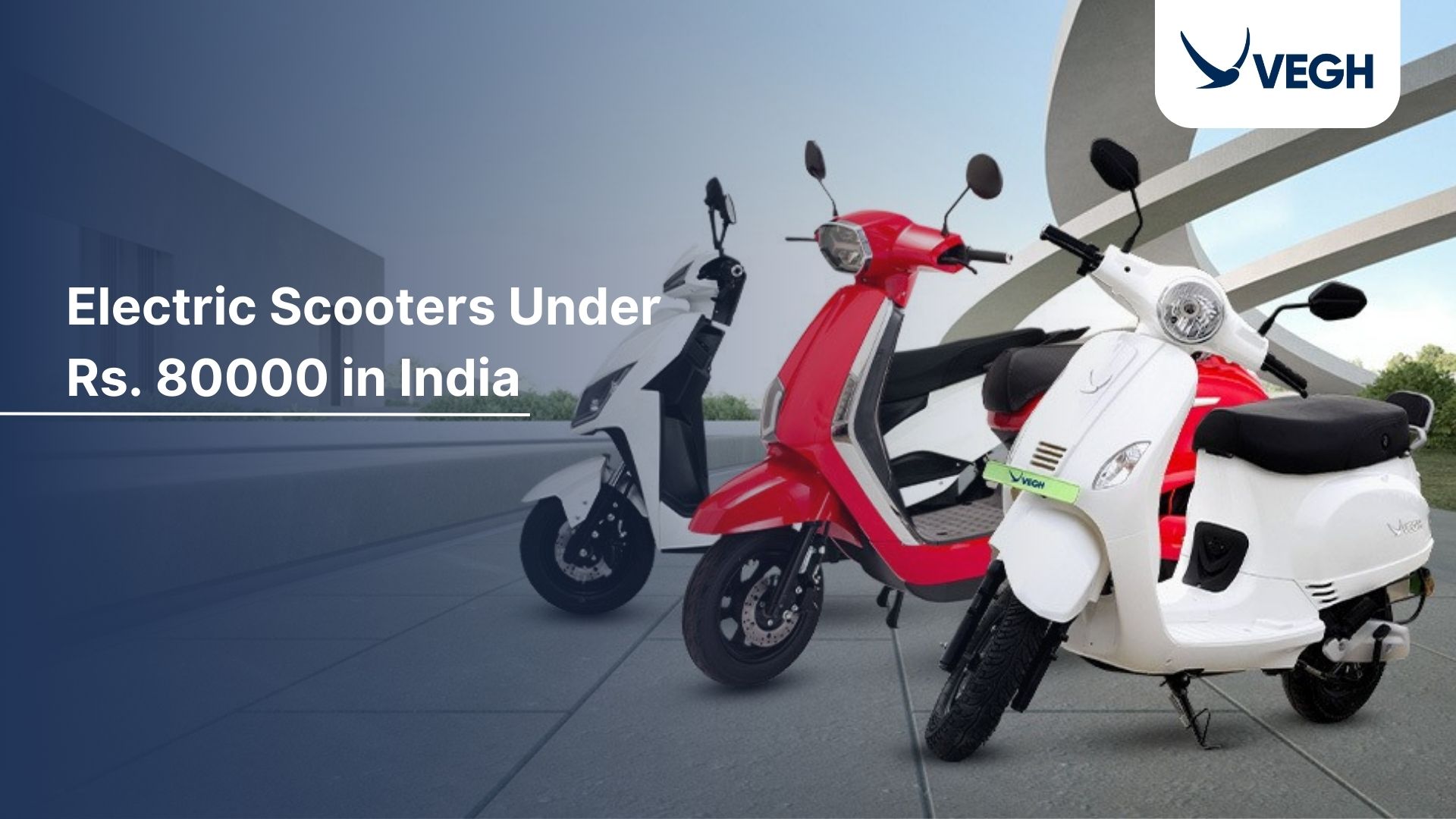
Are you in search of budget-friendly electric scooters priced under Rs. 80,000 in India? We’ve curated a guide to assist you in selecting the perfect e-scooter from our top 5 picks. With options like the Vegh S25, you’re sure to find one that aligns with your preferences and budget.
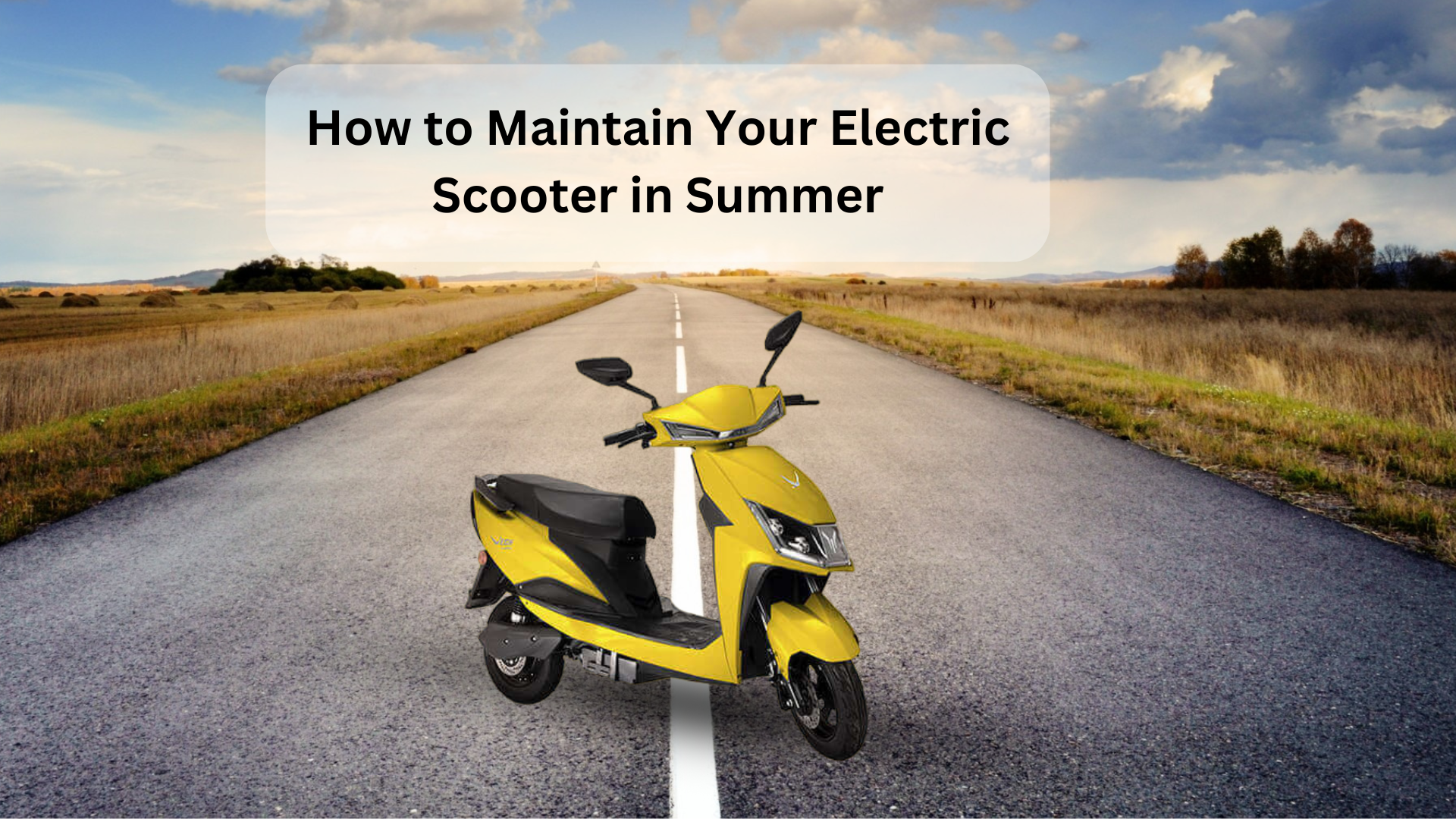
Summer’s just around the corner, right?? And you know what that means? It’s time to hit the road with your electric scooter while enjoying the warm breeze on your face! So, as important as it is to take care of your face from harmful UV rays, you also need to maintain your e-scooter.
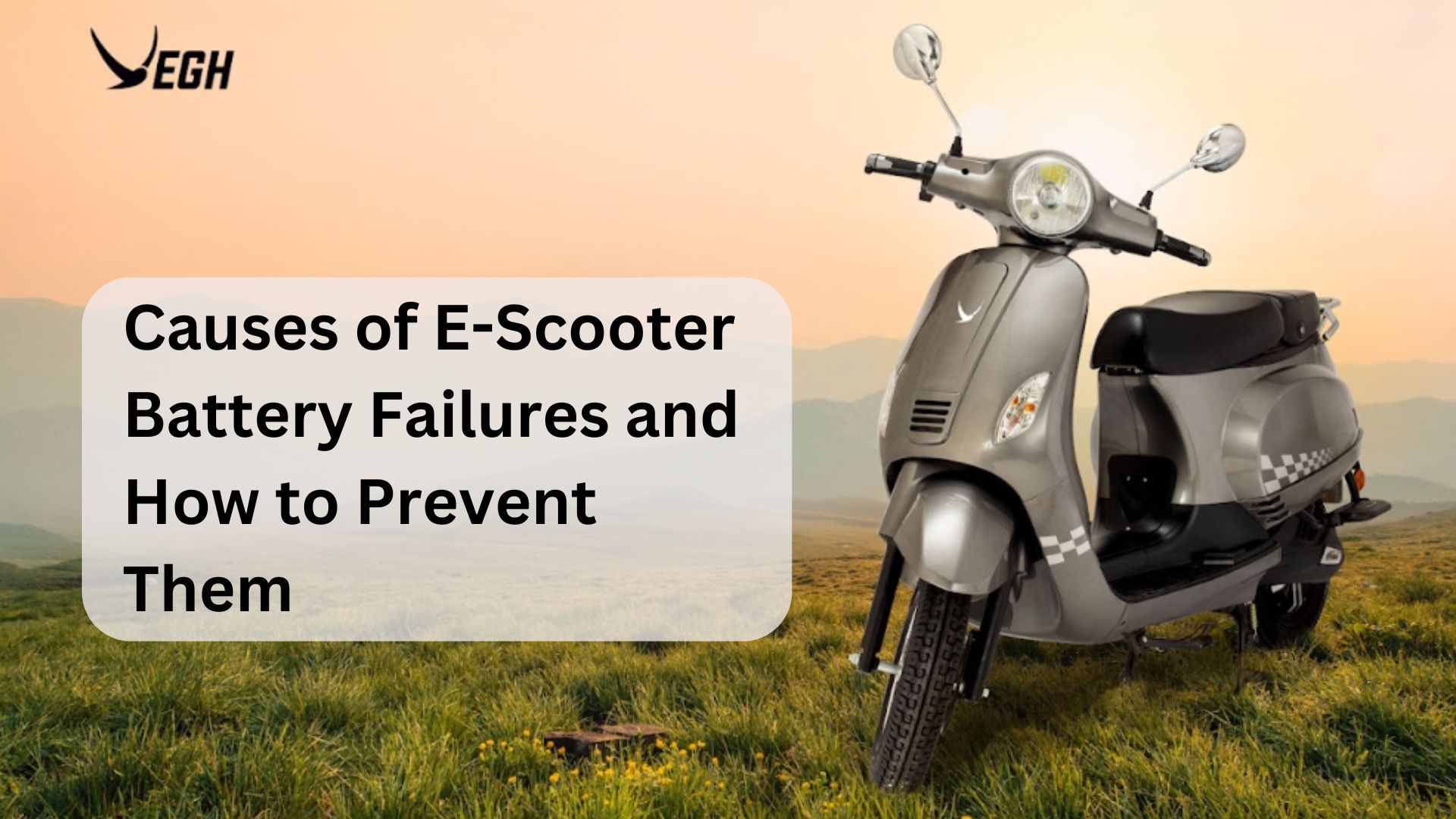
Do you love the convenience and fun of riding around town on your electric scooter?? But, with any technology, there can be some hiccups along the way, especially when it comes to the battery. Agree??
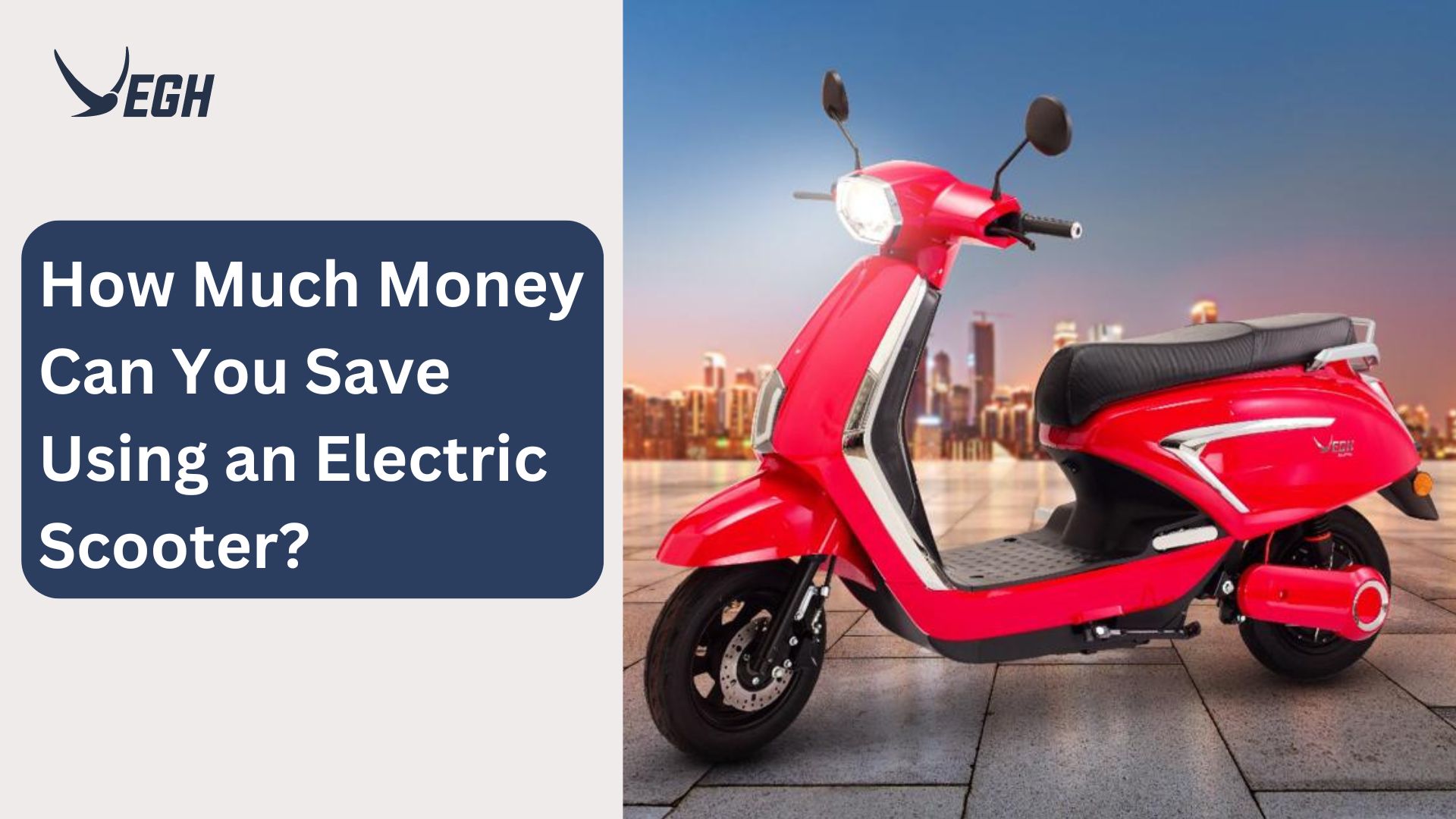
When considering buying electric scooters in India, the first thing that comes to your mind is: how much do electric scooters cost? How much money can I save using an electric scooter? Is an e-scooter cheaper than a petrol-powered scooter? These are the common questions that people generally want to be clear about. In this guide, we will break down the cost of an electric scooter in India and how much money you can save using e-scooters.
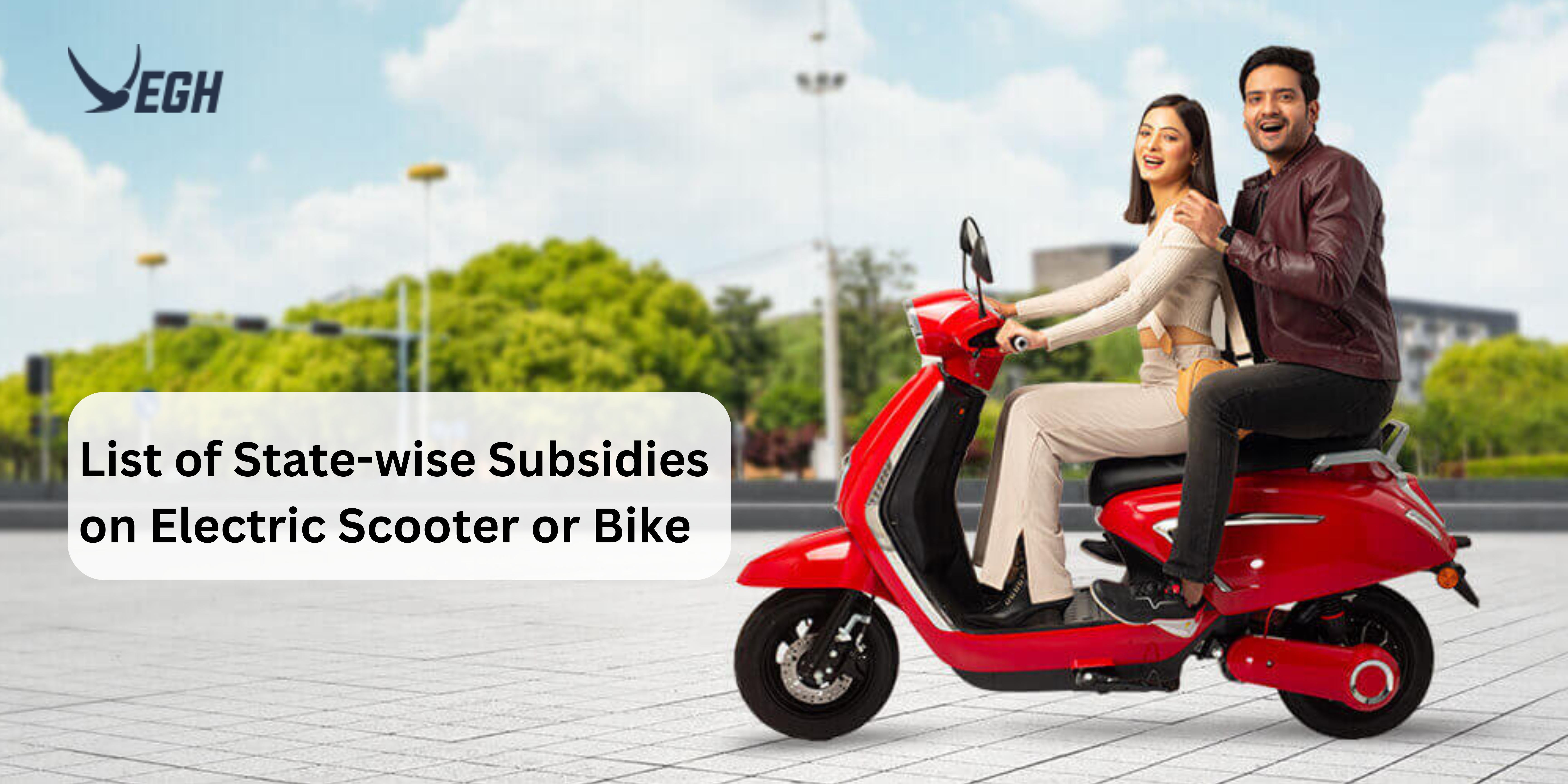
We all know how global warming affects our environment. Plus, with fuel prices regularly rising, people are shifting their interest toward electric vehicles. And because of this, India has become one of the growing markets for EVs.
The government of India has taken several initiatives and started subsidy schemes to promote electric scooters and bikes. Below is detailed information about state subsidies on two-wheeler vehicles in India.
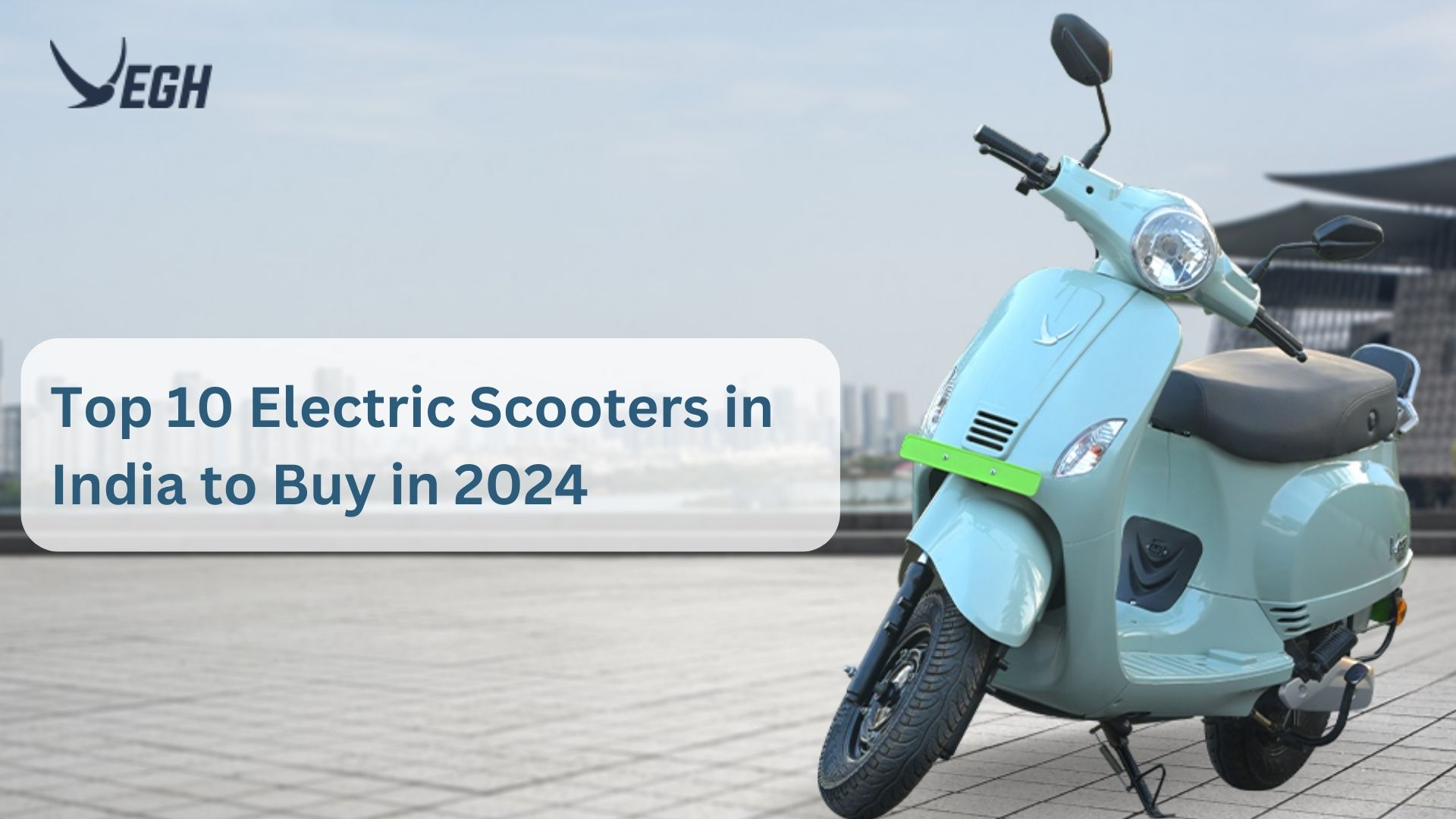
There are several reasons for buying an electric scooter instead of a petrol-powered scooter in India. E-scooters are convenient, cost-effective, eco-friendly, and require low maintenance.
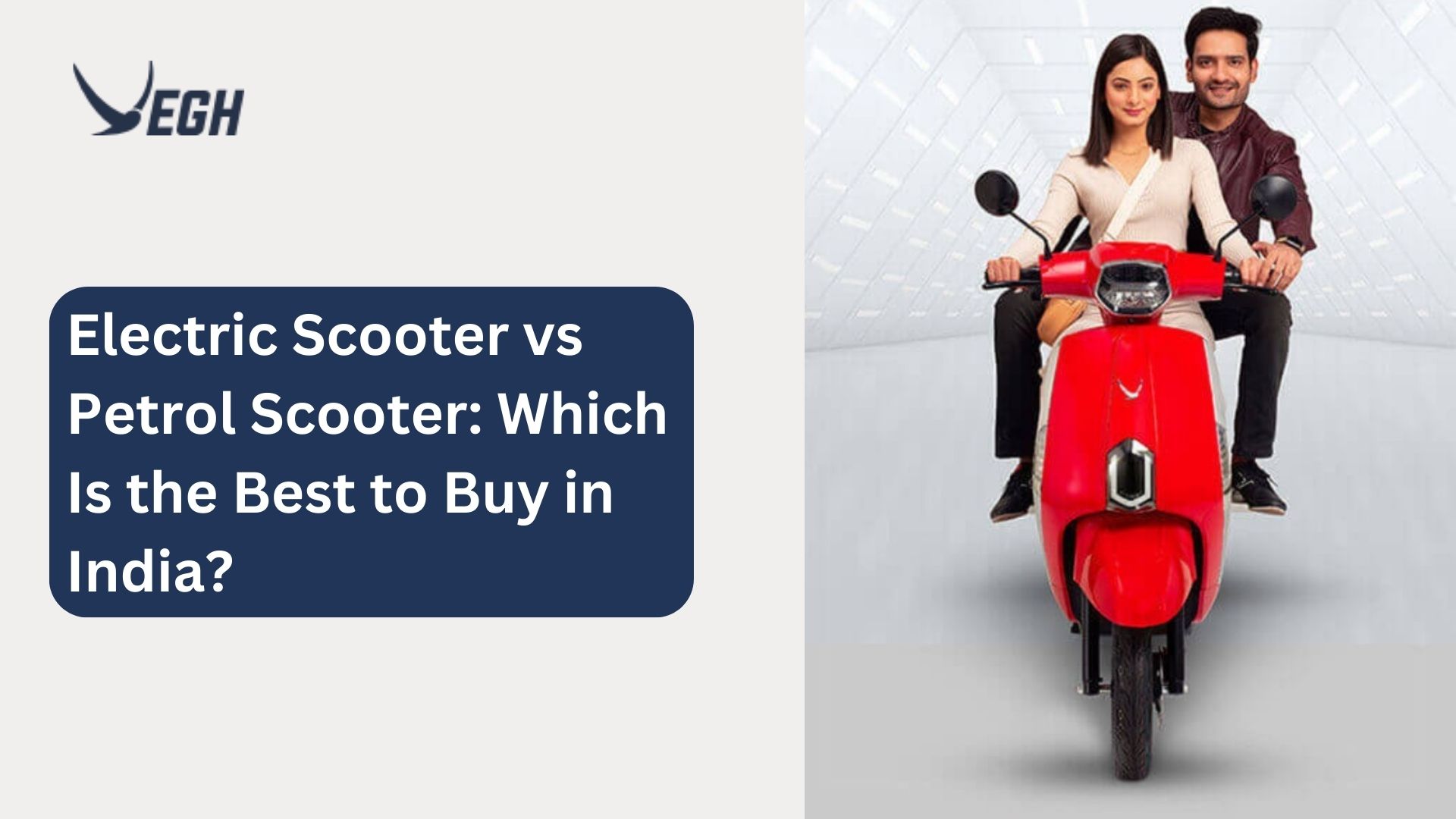
With the rising popularity of eco-friendly vehicles, the decision to buy an electric scooter or petrol scooter has become a bit complex. Sometimes, you may think, “Let’s buy a petrol scooter,” but the other day, you might want to go for a sustainable electric scooter.
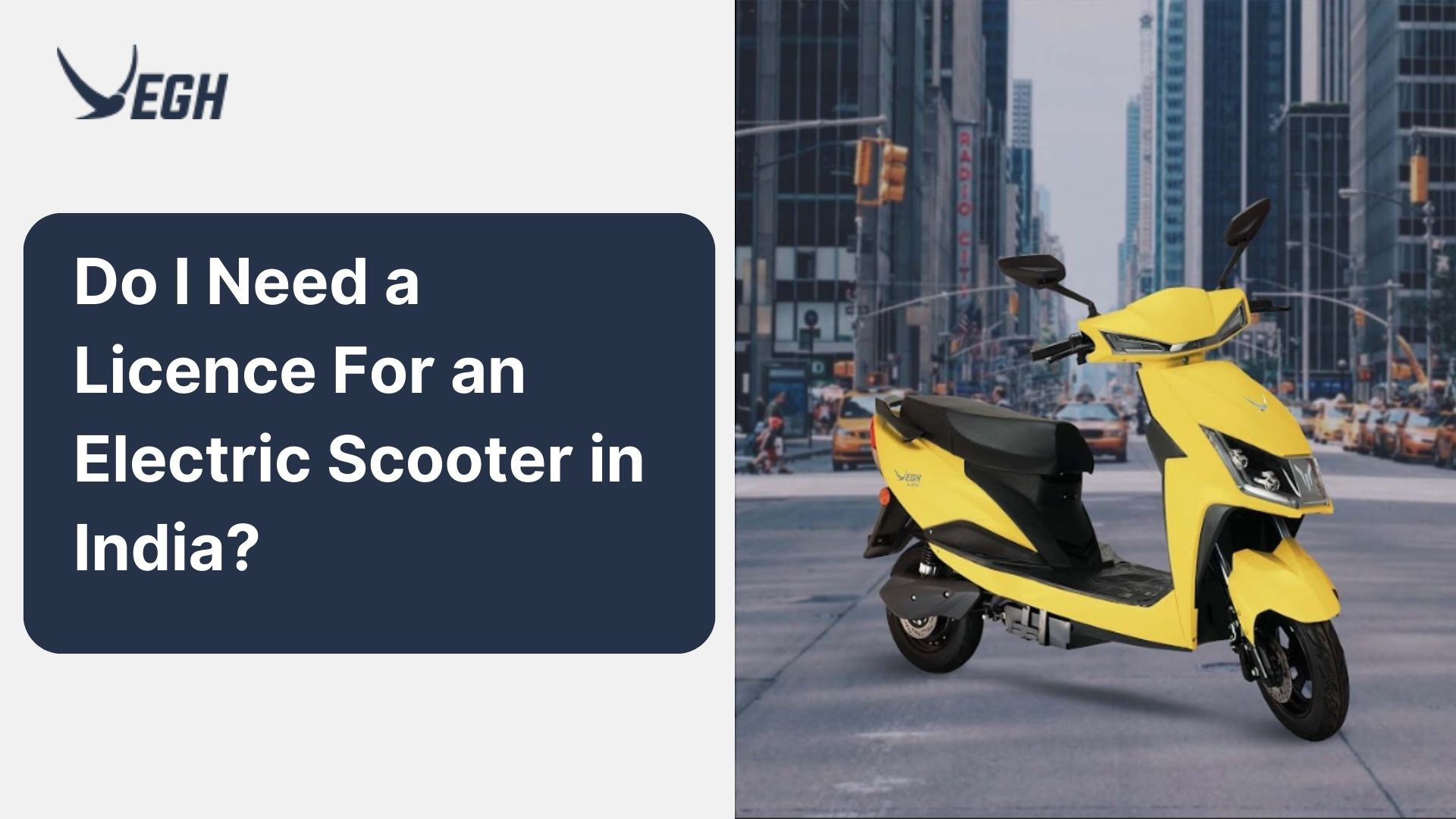
With the rising popularity of eco-friendly vehicles, the decision to buy an electric scooter or petrol scooter has become a bit complex. Sometimes, you may think, “Let’s buy a petrol scooter,” but the other day, you might want to go for a sustainable electric scooter.
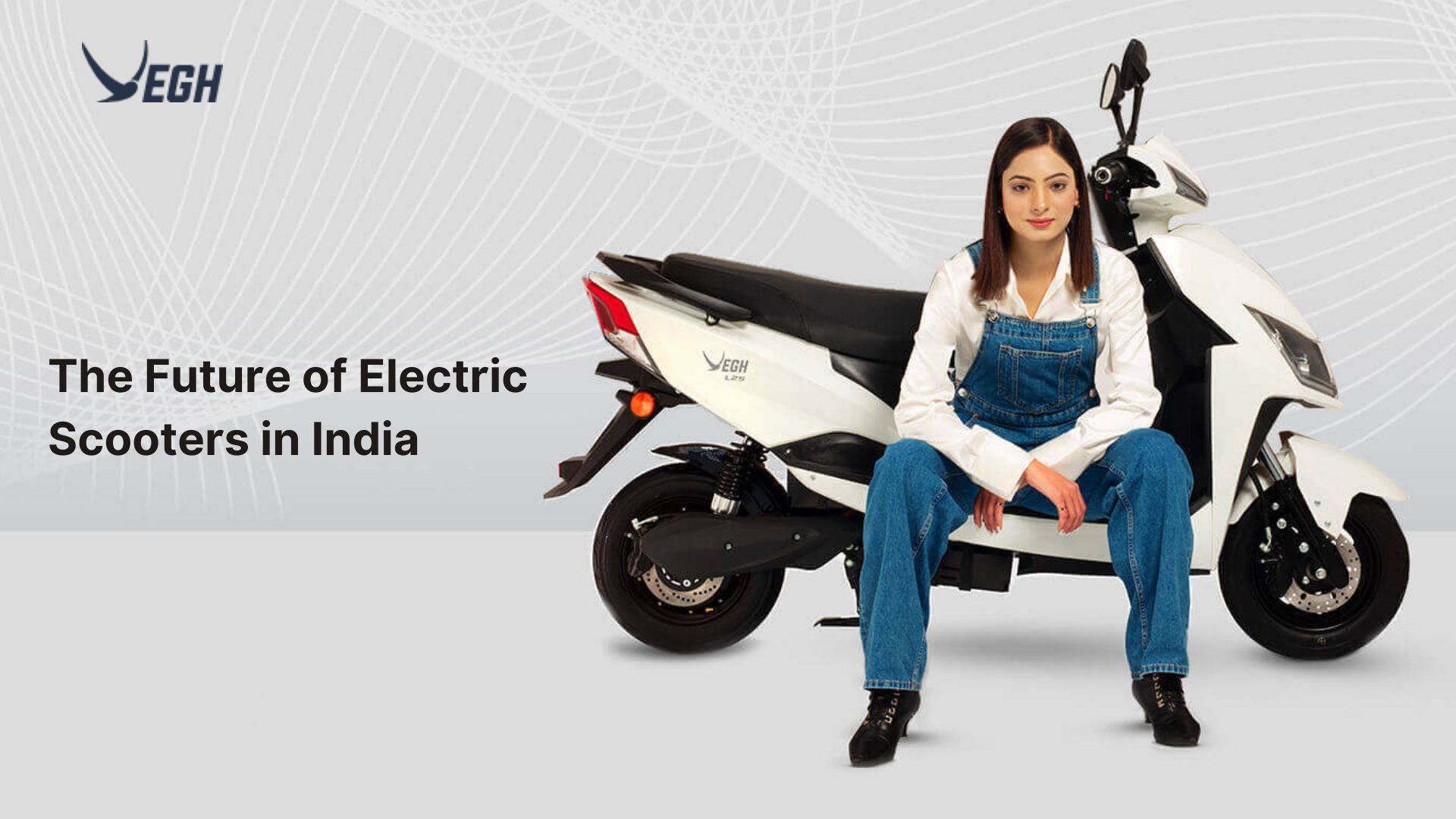
Over the past few years, electric scooters in India have witnessed tremendous growth due to regular petrol price rises and environmental concerns. Electric scooters are seen as the future of urban commuting.
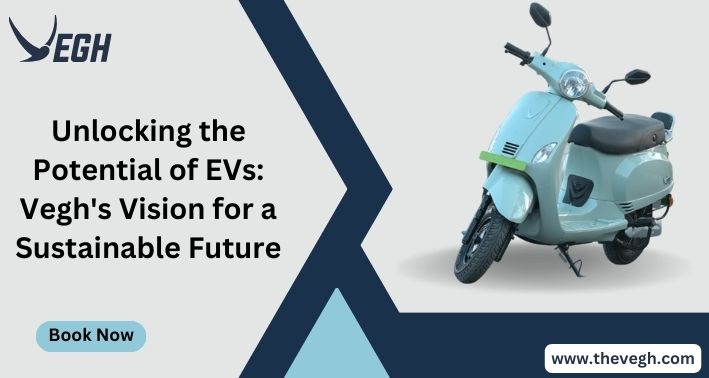
As people have started caring a lot about the environment and looking for ways to be more sustainable, electric vehicles have emerged as an eco-friendly and cost-effective solution for daily commuting.
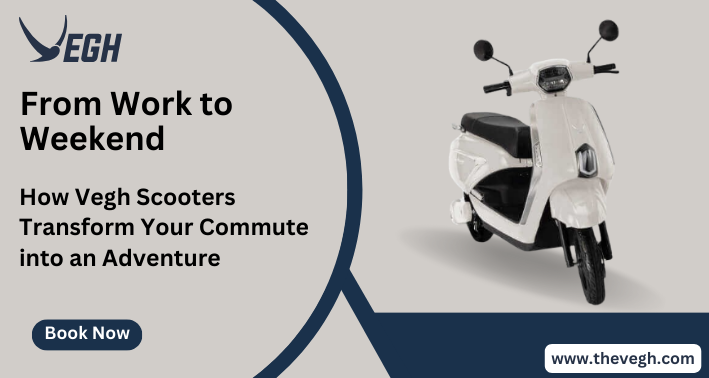
We all know the drill when it comes to the daily commute, right? It’s either the usual slow drive in traffic or the packed subway journey. Commuting might feel like a bit of a drag, but what if it could be more exciting?
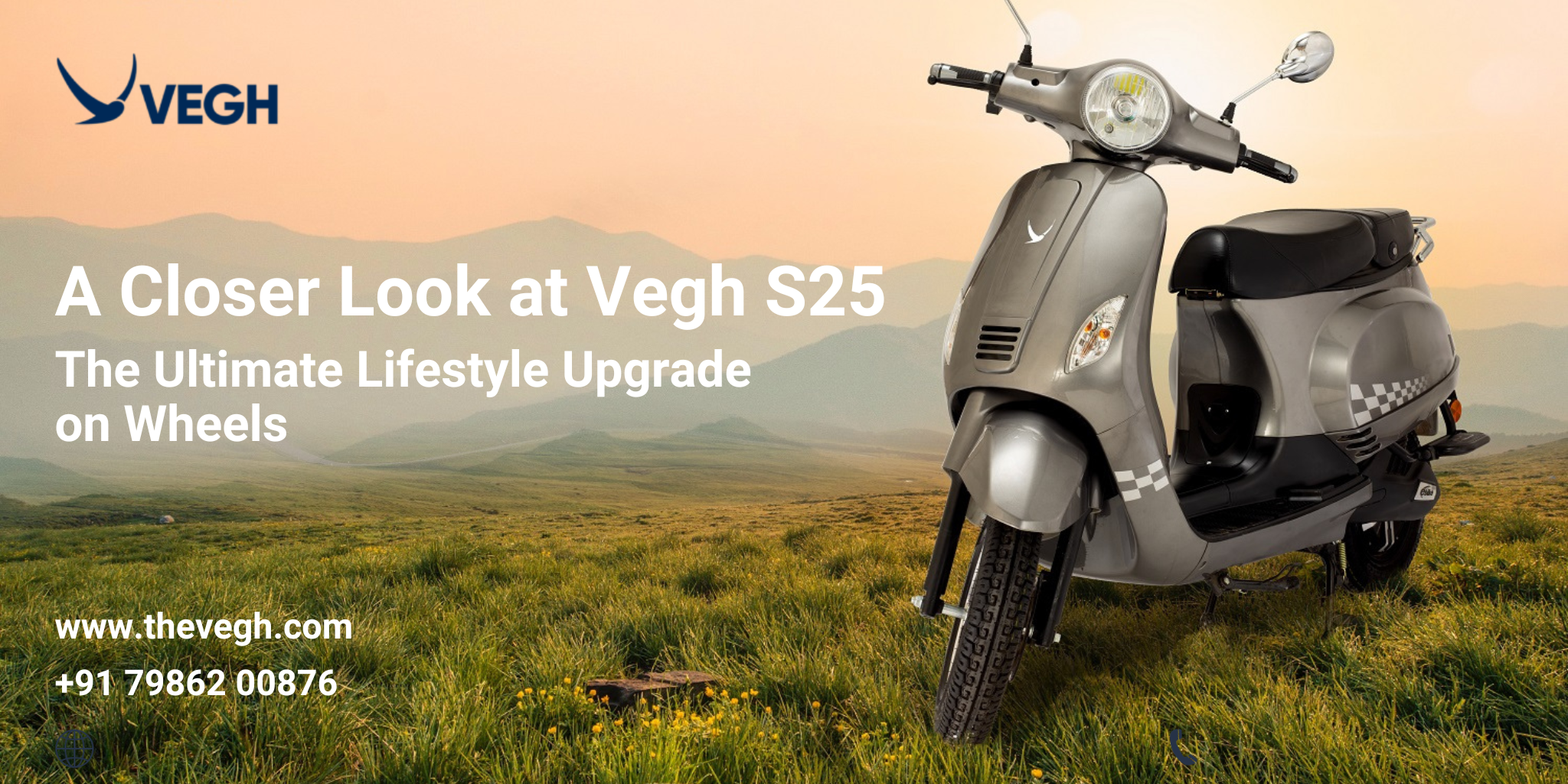
In the ever-evolving landscape of urban transportation, electric scooters have emerged as a transformative force, not just as vehicles but as lifestyle upgrades on wheels. Among the remarkable offerings in this domain, the Vegh S25 stands out as a true game-changer. This article takes a closer look at the Vegh S25, shedding light on its exceptional features that make it the ultimate lifestyle upgrade for modern individuals.
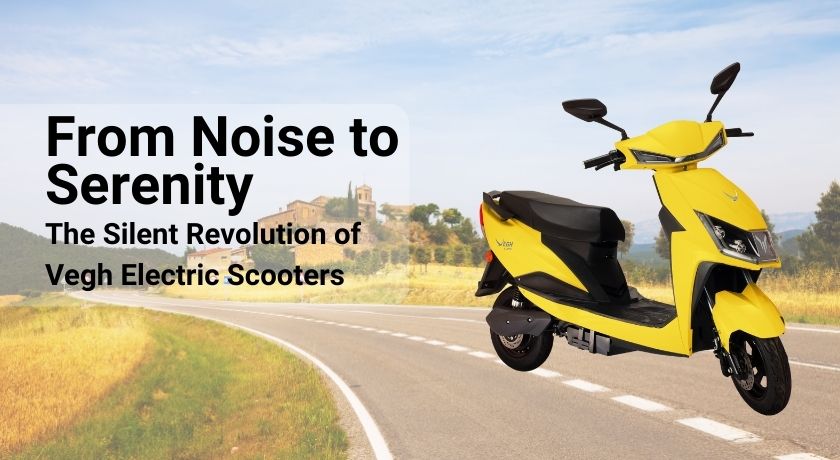
The bustling city streets are currently witnessing a significant transformation in the way people move around, and it’s all thanks to the rise of the electric vehicle (EV) industry. This uprising, often referred to as the “silent revolution,” is reshaping traditional transportation norms.
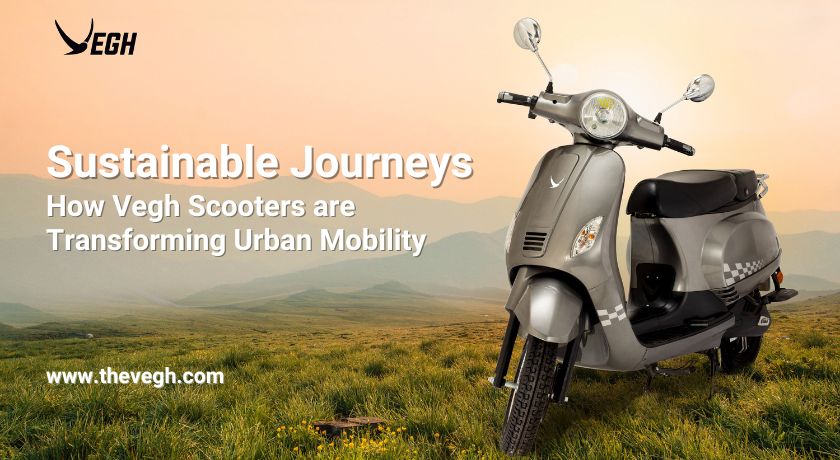
In today’s world, with everyone buzzing about environmental issues, finding sustainable ways to get around cities is a big deal. Vegh Scooters, a pioneering name in the electric vehicle (EV) industry, shaking things up and showing us a new way to zip around town. Vegh scooters aren’t just vehicles but the driving force behind a greener and more sustainable urban future.
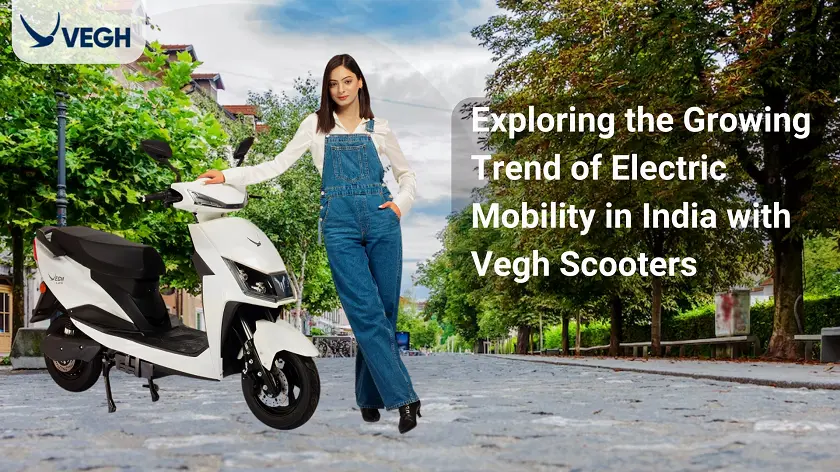
India’s urban landscape is witnessing a monumental shift towards electric mobility, with an increasing number of eco-conscious commuters embracing electric vehicles (EVs) as a sustainable mode of transportation. Vegh Scooters has emerged as a frontrunner in this transformative movement, spearheading the adoption of electric scooters and contributing to a greener, cleaner future.
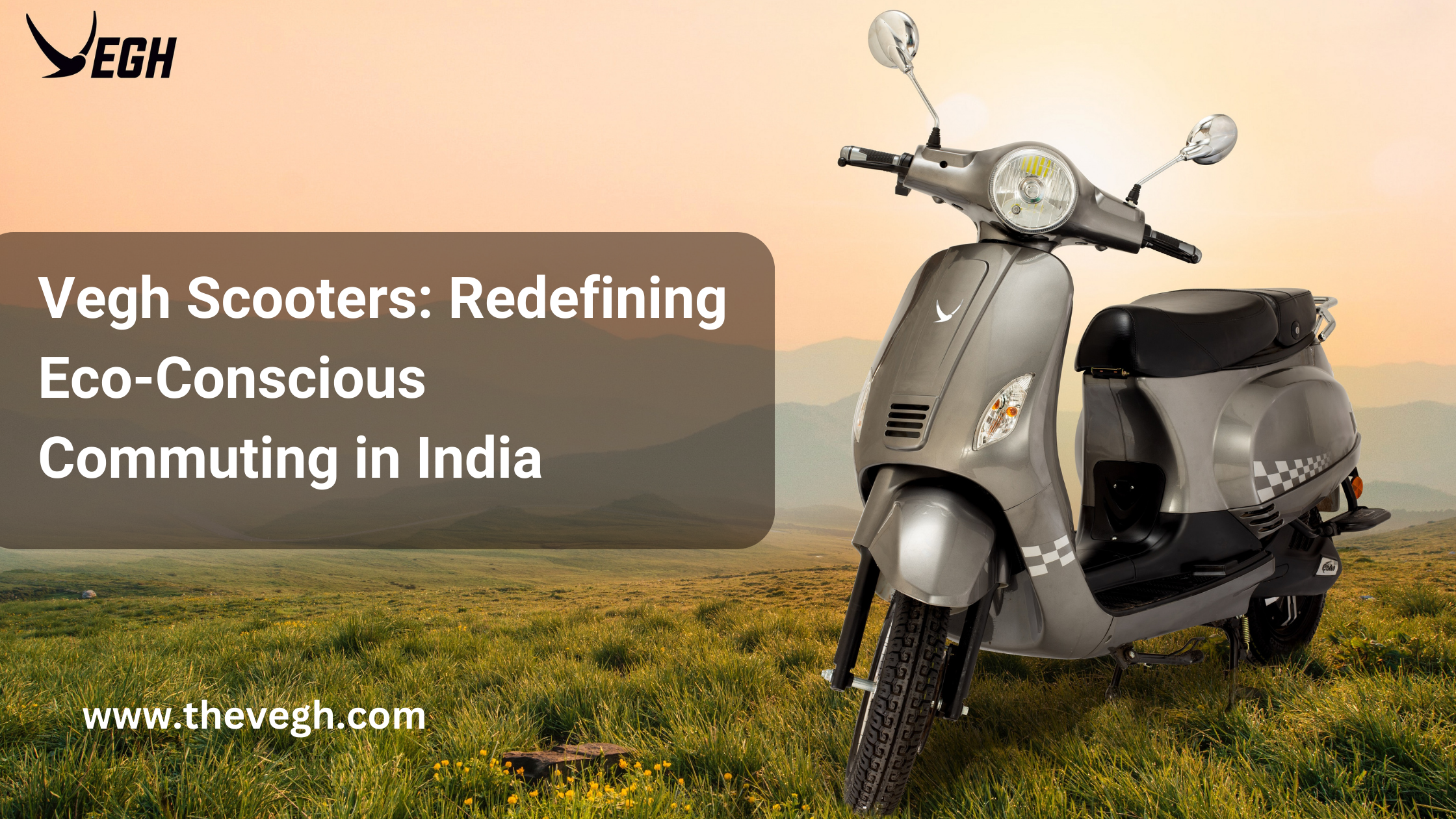
In recent years, the world has witnessed a growing concern for environmental sustainability, prompting a shift towards cleaner and greener transportation options. In India, the electric mobility revolution is gaining momentum, and at the forefront of this transformation stands Vegh Scooters – a trailblazer in redefining eco-conscious commuting.
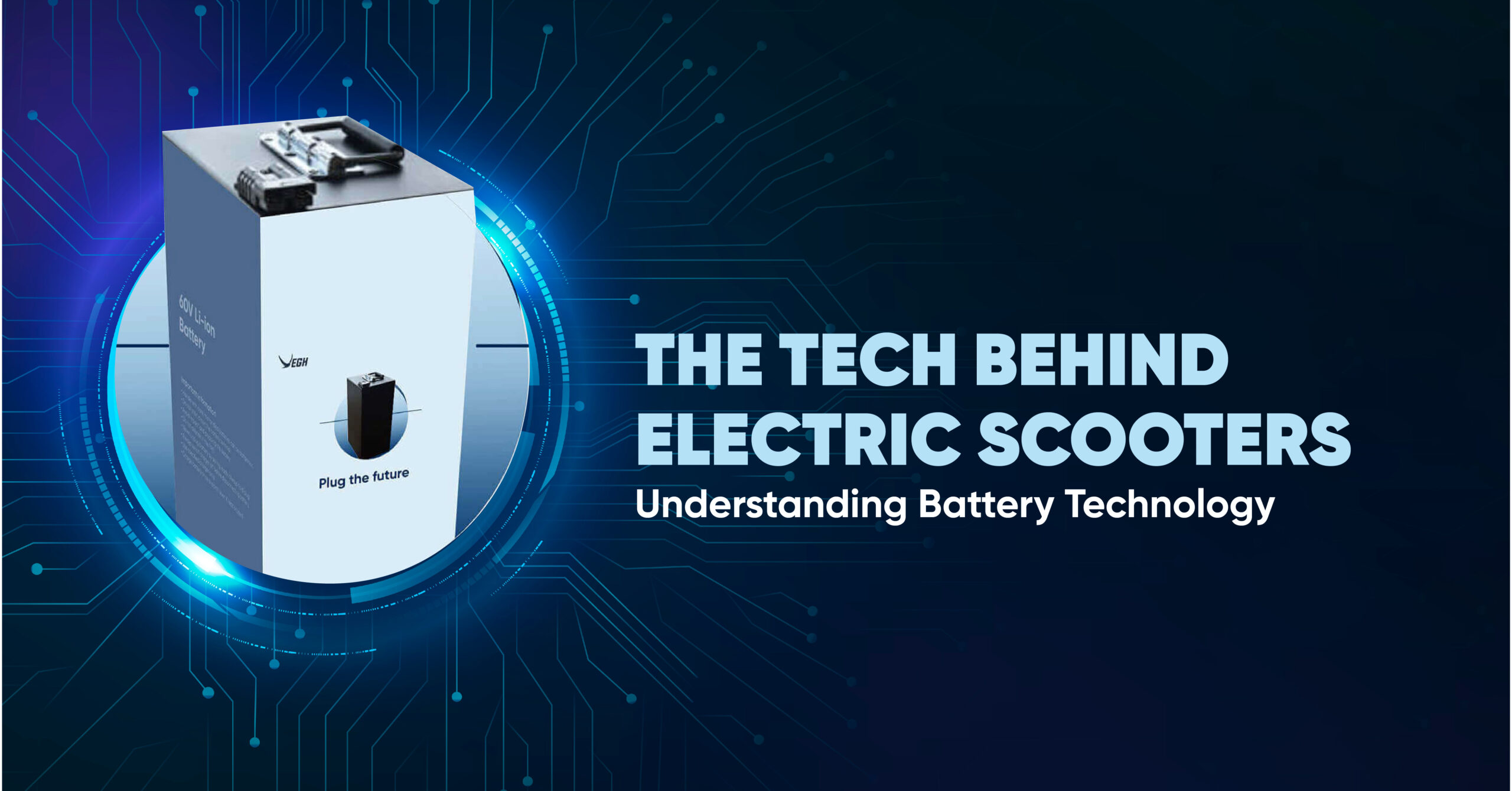
In recent years, electric scooters have revolutionised urban transportation, offering an eco-friendly and efficient alternative to traditional vehicles. At the heart of these electric scooters lies the battery technology that powers them. Understanding the battery technology behind electric scooters such as Vegh Automobiles is essential to grasp their potential and limitations, as well as to explore the ongoing advancements in this field.
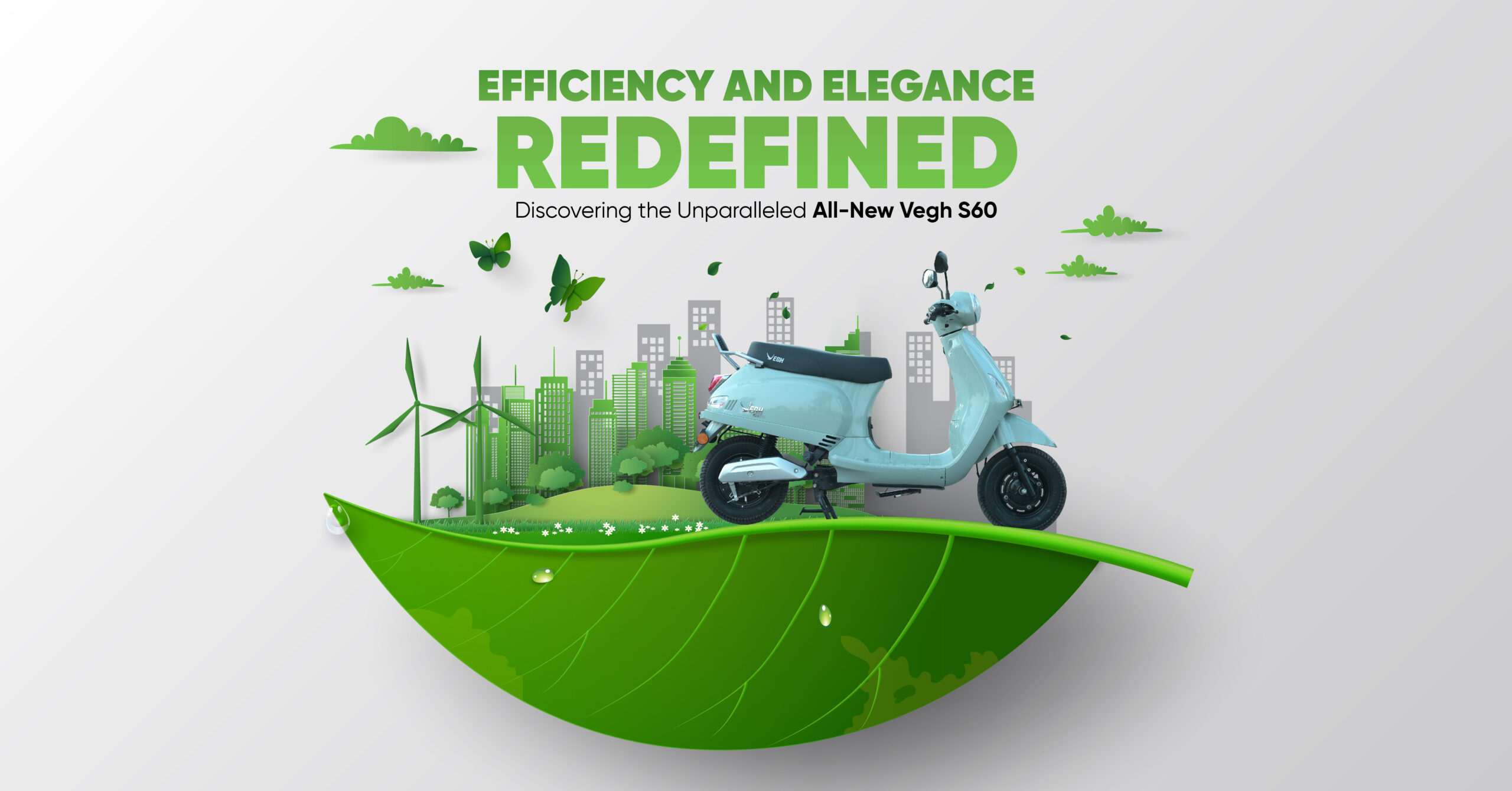
In the ever-transforming landscape of the automotive industry, consumers are in constant pursuit of vehicles that seamlessly blend efficiency with elegance. Among the myriad of options, one flagship sedan stands out: the all-new Vegh S60 from Vegh Automobiles. This captivating EV has been generating excitement due to its exceptional fusion of performance, style, and innovation.
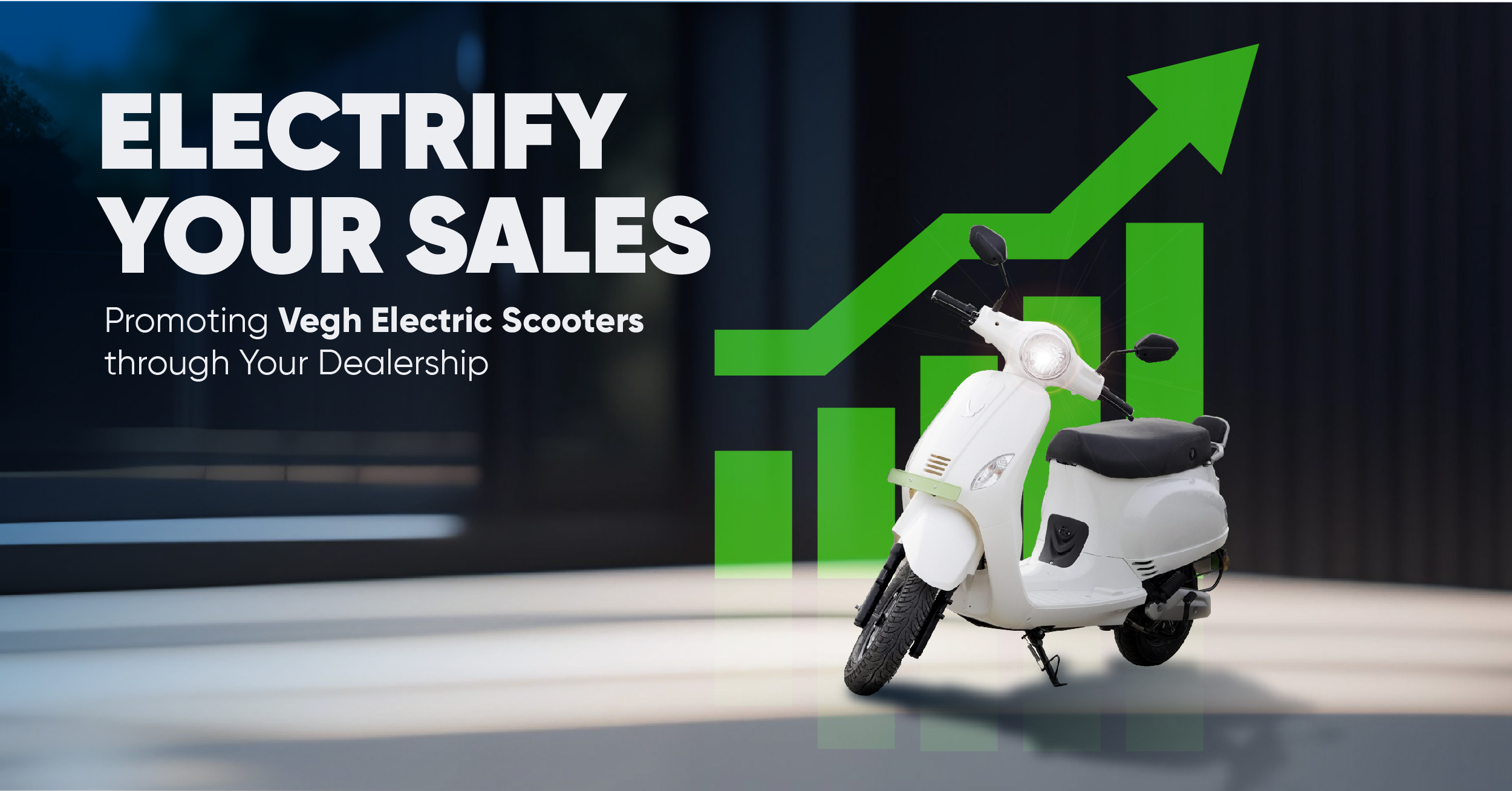
As the world embraces sustainable transportation solutions, electric scooters have emerged as a popular choice for eco-conscious consumers. Among the leading players in the electric scooter market, Vegh Electric Scooters stands out for its commitment to innovation, sustainability, and cutting-edge technology. If you are a dealership looking to tap into the growing market for electric scooters, promoting Vegh Electric Scooters can be a game-changer for your business.

As urbanisation and environmental concerns continue to shape our lifestyles, electric scooters have emerged as a popular mode of transportation worldwide. Vegh Automobiles, a leading manufacturer in the electric scooter industry, has been at the forefront of this revolution, providing a range of eco-friendly and versatile electric scooters suitable for both city commuters and outdoor enthusiasts.
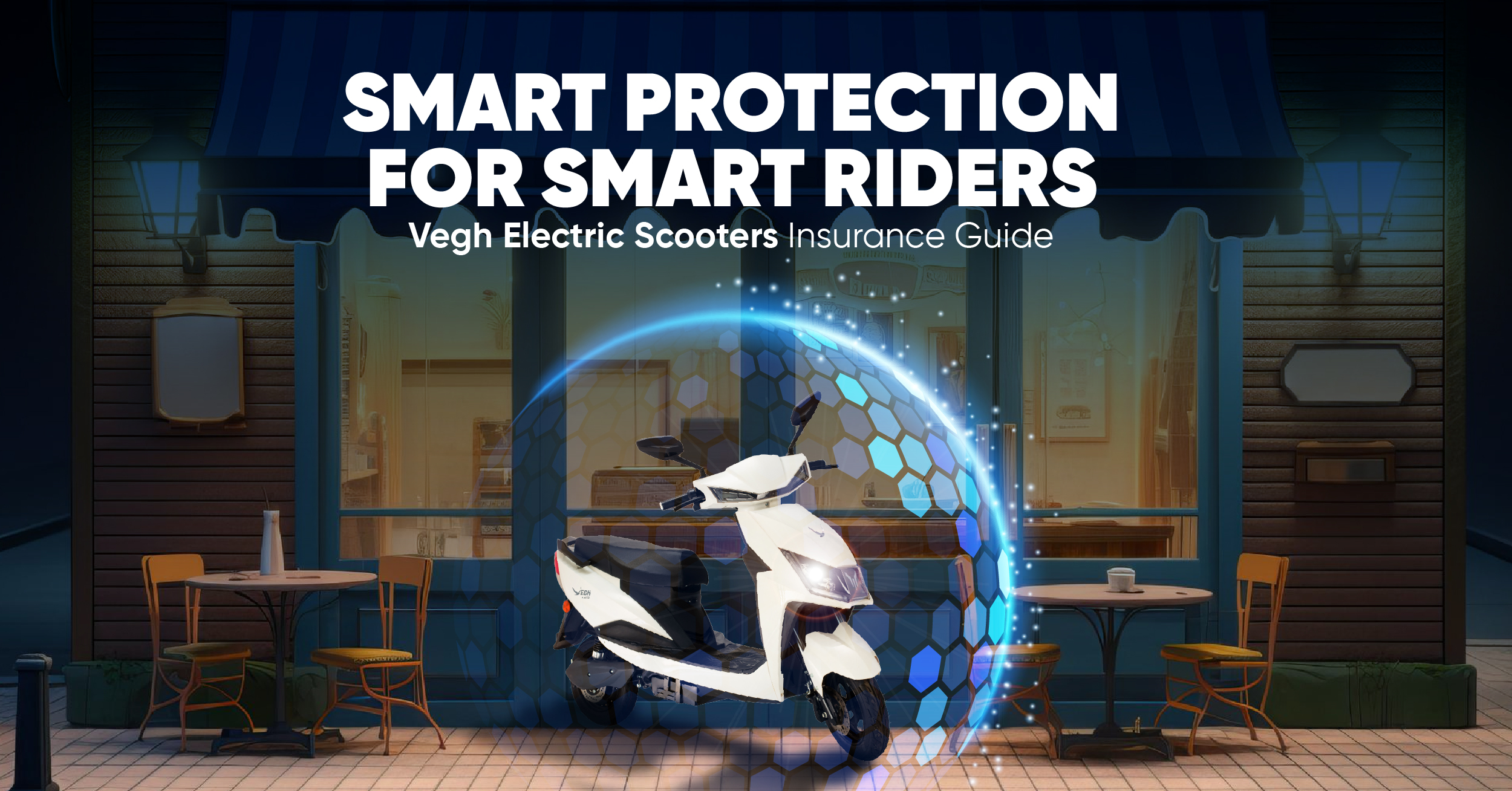
As electric scooters continue to gain popularity as a convenient and eco-friendly mode of transportation, ensuring their safety and protection has become more crucial than ever. Just like any other vehicle on the road, electric scooters are susceptible to accidents, theft, and damage. To safeguard yourself and your investment, it is essential to consider insurance coverage for your Vegh Electric Scooter.
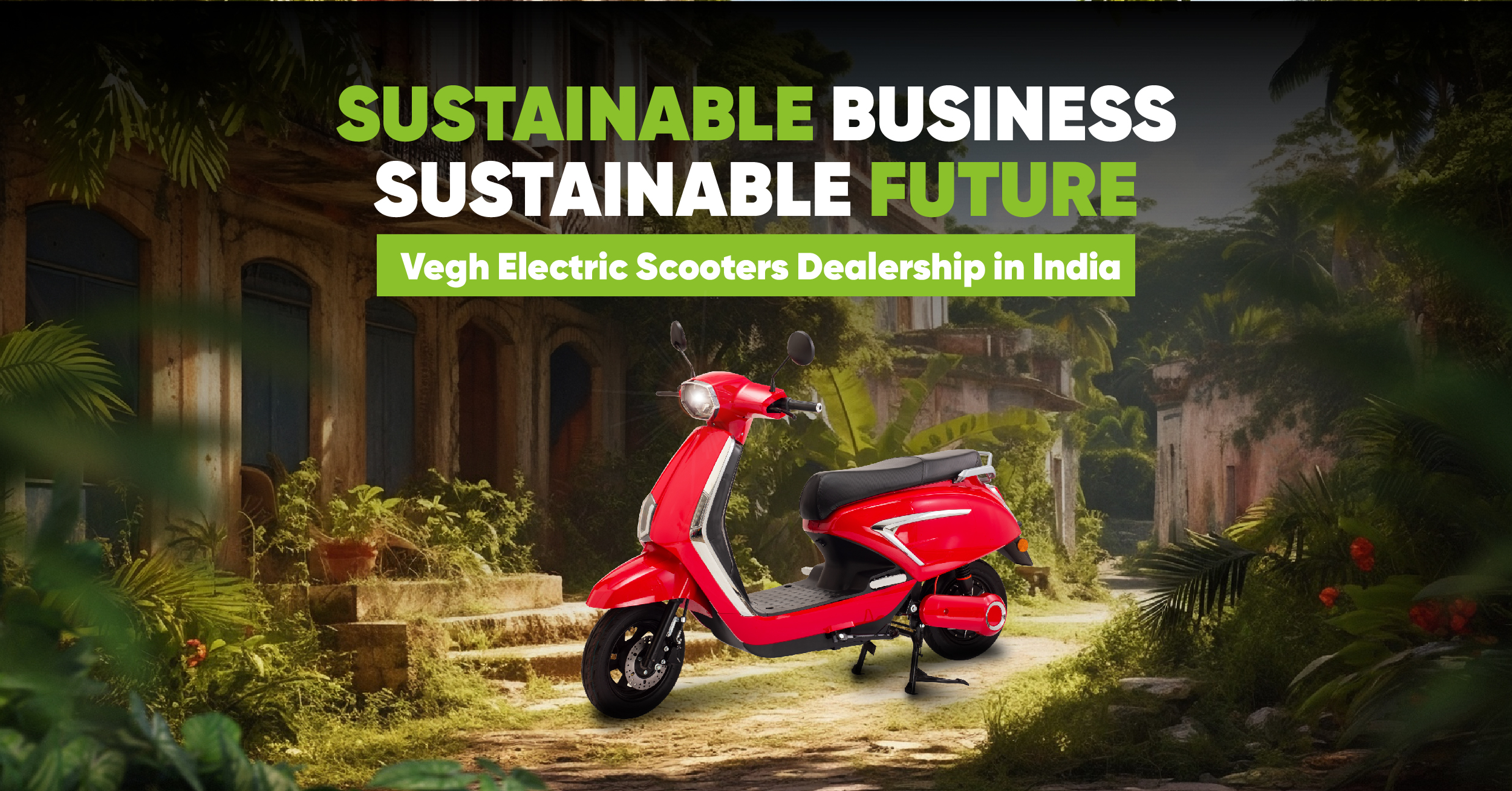
In recent years, the world has witnessed a growing awareness of the need for
sustainability and environmental responsibility. As climate change concerns
intensify, businesses across various industries are taking steps to reduce their
carbon footprint and contribute to a greener future. One such industry is the
electric vehicle (EV) sector, which has seen significant growth and innovation in recent times.
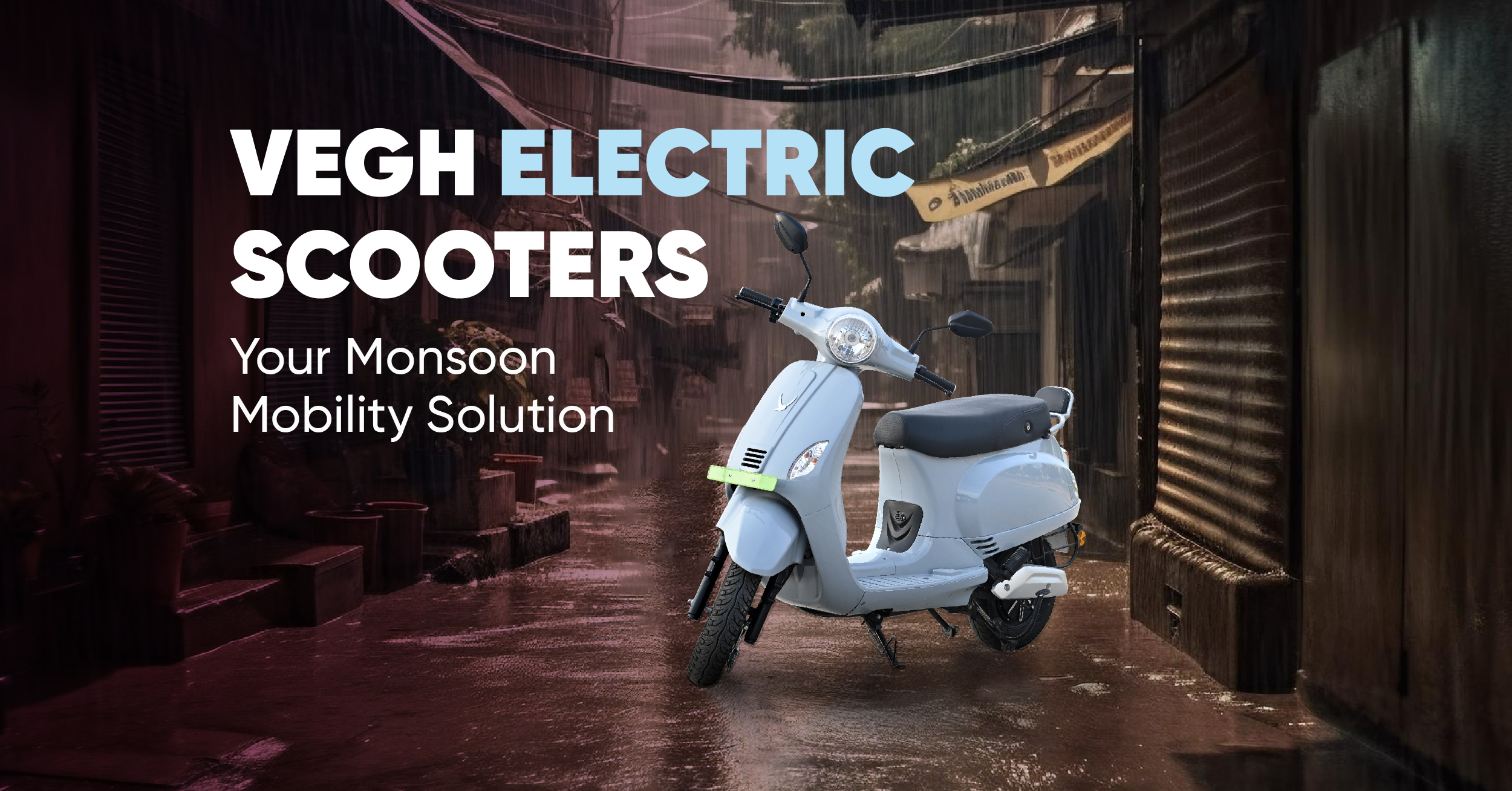
As the monsoon season arrives, bringing with it the pleasant scent of rain and
lush greenery, it also presents some challenges when it comes to transportation.
Navigating through waterlogged streets and dealing with unpredictable weather
conditions can be a daunting task for commuters. However, with the advent of
electric scooters like Vegh, monsoon mobility has become more convenient and
efficient than ever before.
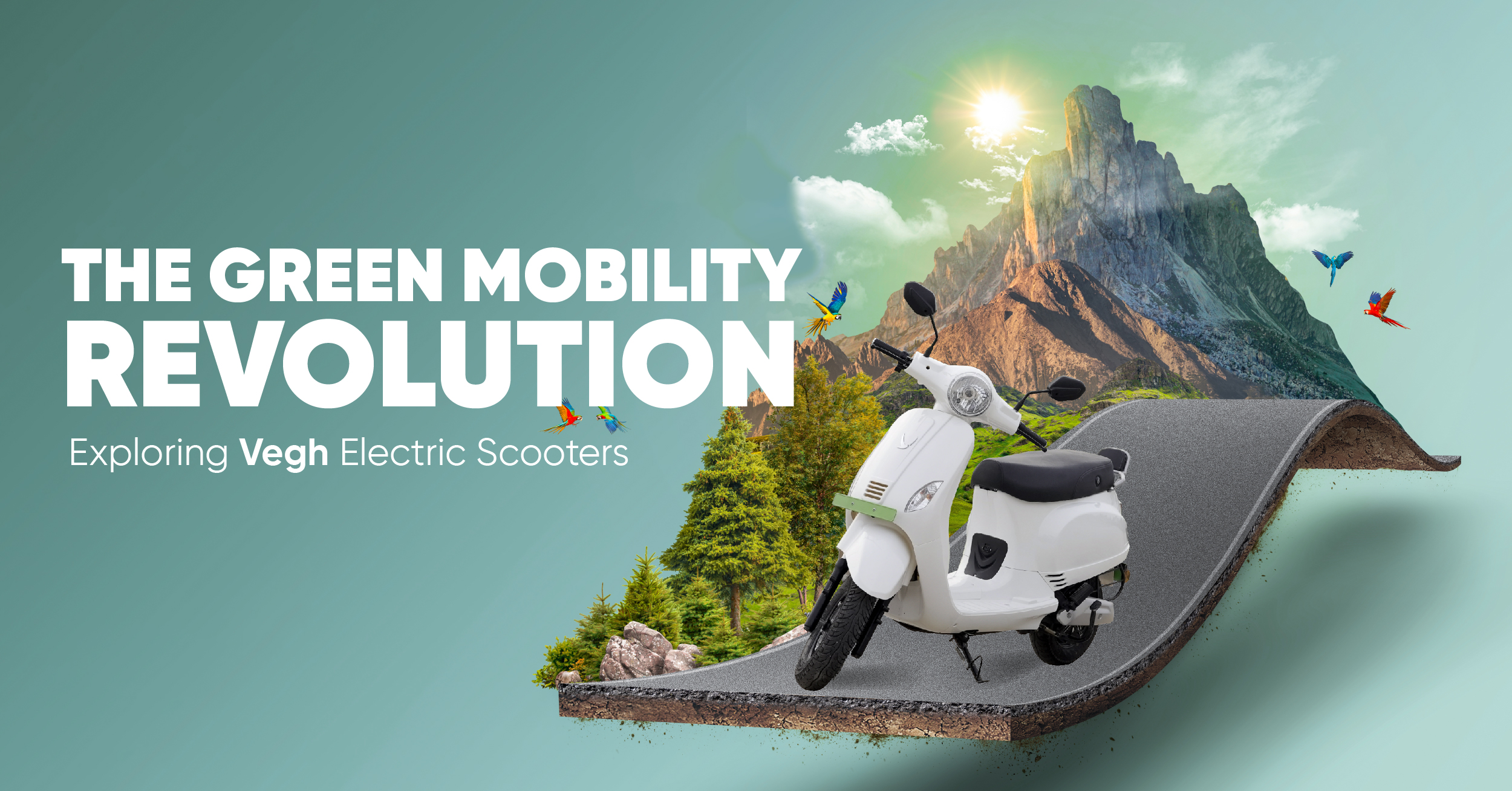
In an era where environmental sustainability is at the forefront of global
consciousness, the transportation sector plays a pivotal role in shaping a greener
future. Electric mobility has emerged as a game-changer in the quest for eco-
friendly transportation solutions, and Vegh Electric Scooters stand as a leading
name in this revolution. In this blog, we will delve into the world of Vegh Electric
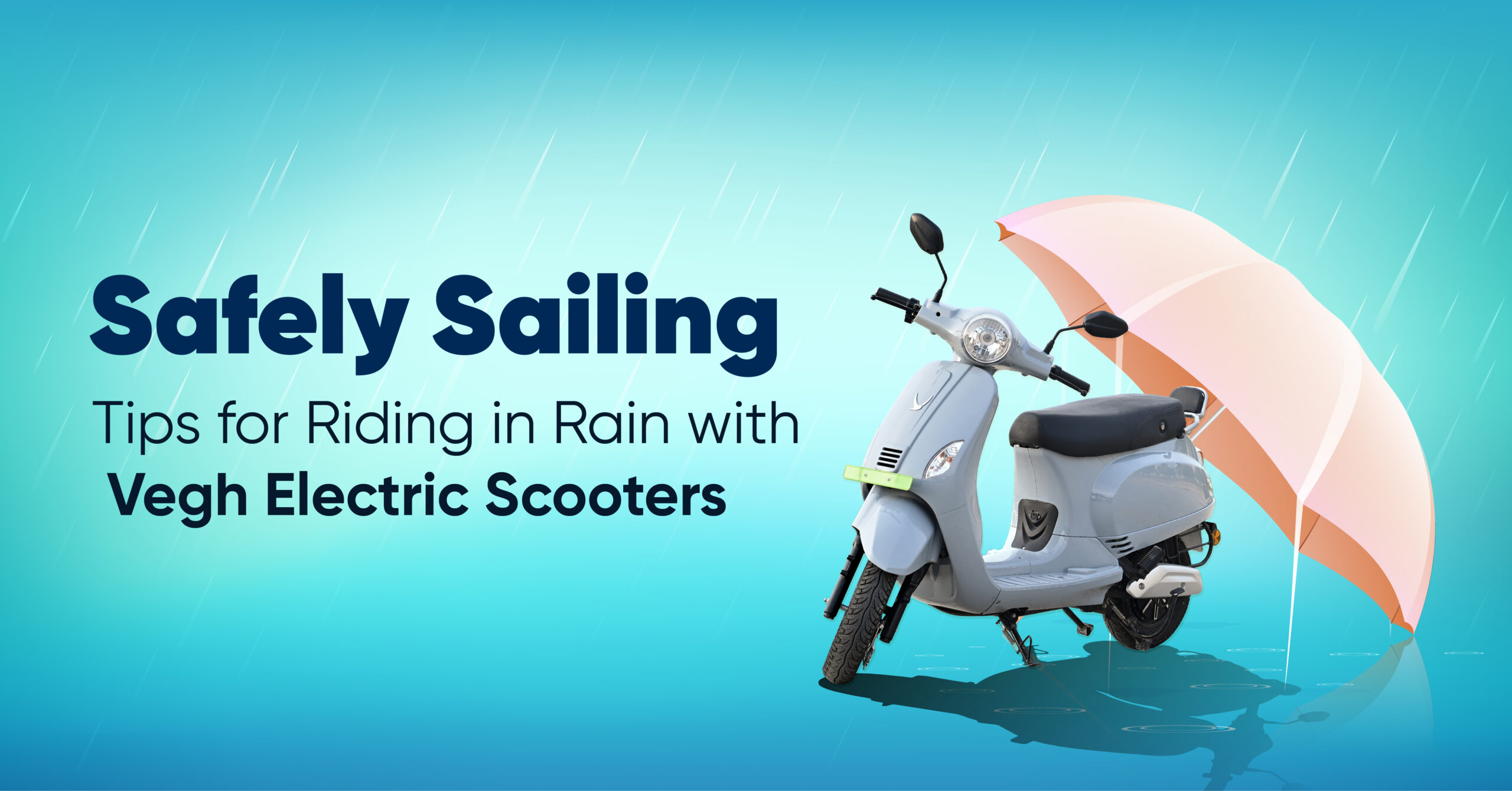
Electric scooters have become a popular mode of transportation in urban areas,
offering a convenient and eco-friendly way to navigate through busy streets.
However, when the weather takes a turn for the worse, riders may face some
challenges, particularly when riding in the rain. Riding an electric scooter in wet
conditions requires extra caution and preparation to ensure a safe and smooth
journey.
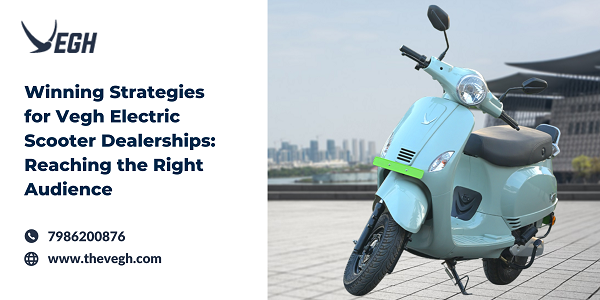
As the electric scooter market grows rapidly, dealerships must implement winning strategies to reach the right audience and capitalize on the increasing demand for eco-friendly transportation. Targeting the right audience is crucial for driving sales and establishing a strong brand presence in the competitive electric mobility landscape
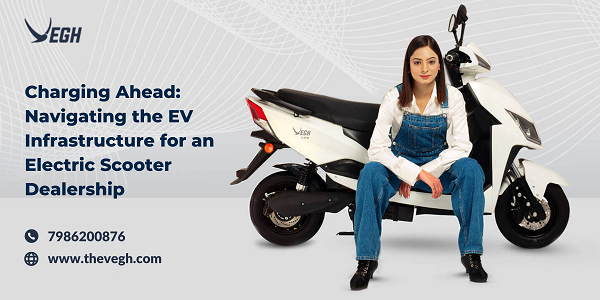
The electric scooter market has witnessed a surge in demand, driven by the global push towards sustainable and eco-friendly transportation solutions. As more consumers embrace electric scooters as a viable mode of urban commuting, the need for a robust electric vehicle (EV) charging infrastructure becomes increasingly crucial
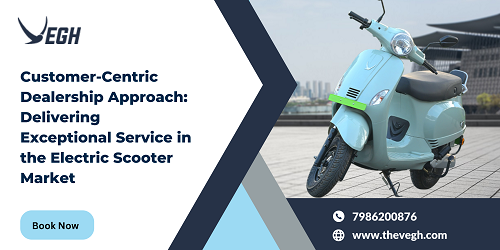
In the rapidly evolving electric scooter market, delivering exceptional customer service has become crucial in building a solid brand reputation and driving long-term success. As the demand for electric scooters continues to rise, customers are seeking more than just a mode of transportation; they are looking for a seamless and satisfying experience
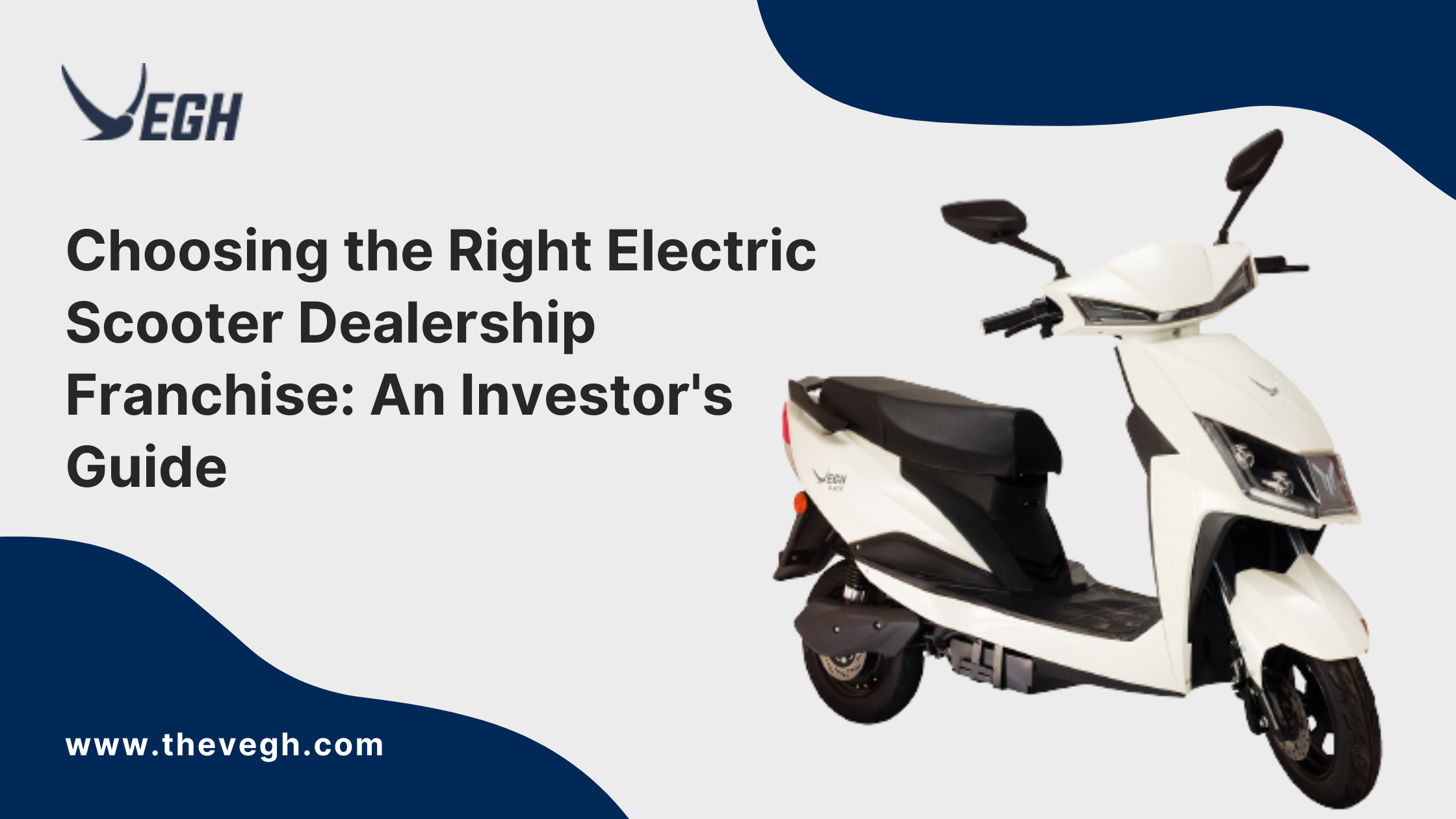
The electric scooter industry has been experiencing significant growth in recent years, driven by the global shift towards sustainable and eco-friendly transportation solutions. As more consumers embrace electric scooters as a viable mode of urban commuting, the demand for dealership franchises has surged
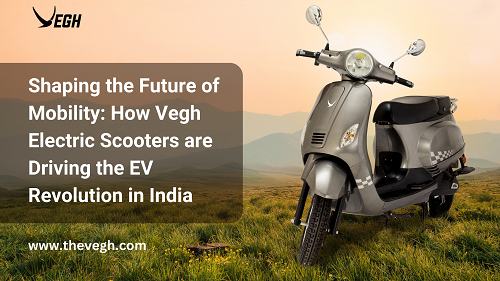
India, with its rapidly growing population and expanding urban centers, faces a pressing need to address the challenges of congestion, pollution, and reliance on fossil fuels in the transportation sector. Electric vehicles (EVs) have emerged as a promising solution to combat these issues, with electric scooters leading the charge
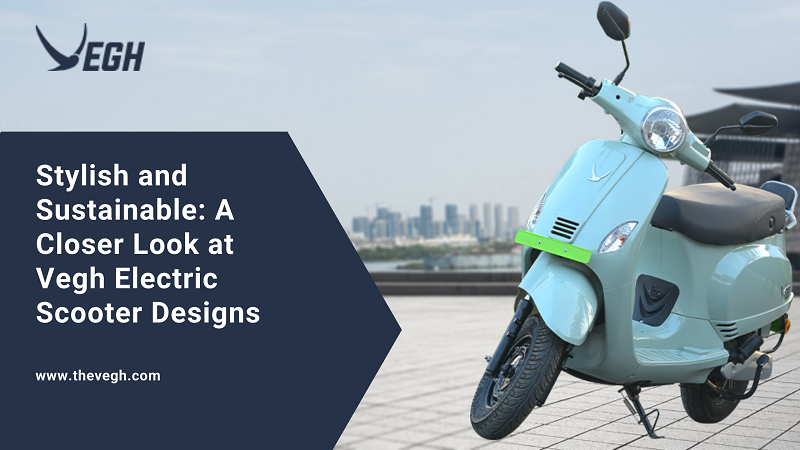
In the fast-paced world of urban transportation, electric scooters have become a popular choice for eco-conscious commuters seeking a sustainable and stylish alternative to traditional modes of travel. Among the numerous electric scooter brands, Vegh has emerged as a frontrunner, renowned for its practical designs that seamlessly blend aesthetics with sustainability.
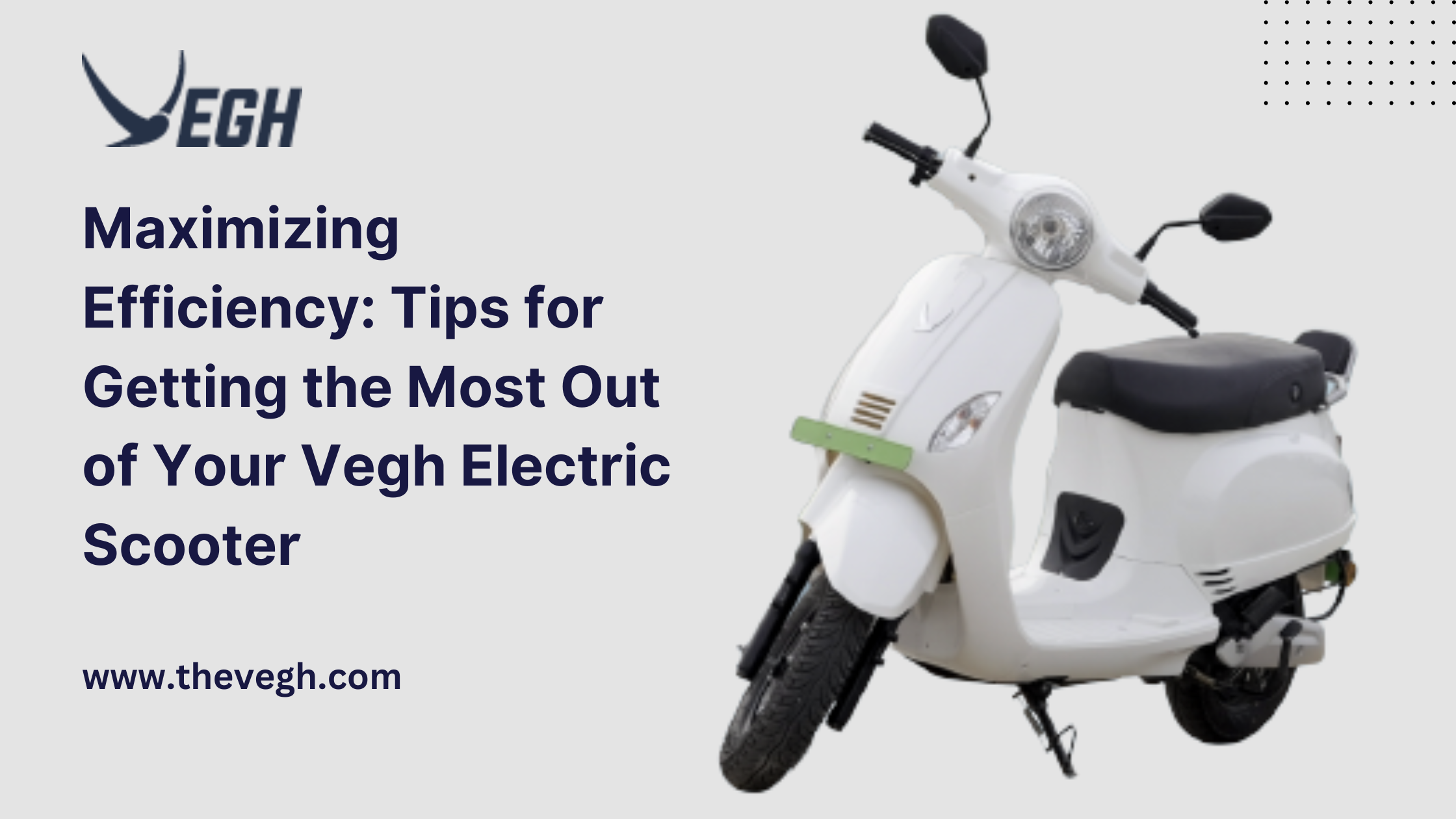
In recent years, the rise of electric scooters has transformed urban transportation, providing a convenient, eco-friendly, and cost-effective means of travel. Vegh Electric Scooters have garnered significant attention for their sleek design, advanced features, and commendable performance
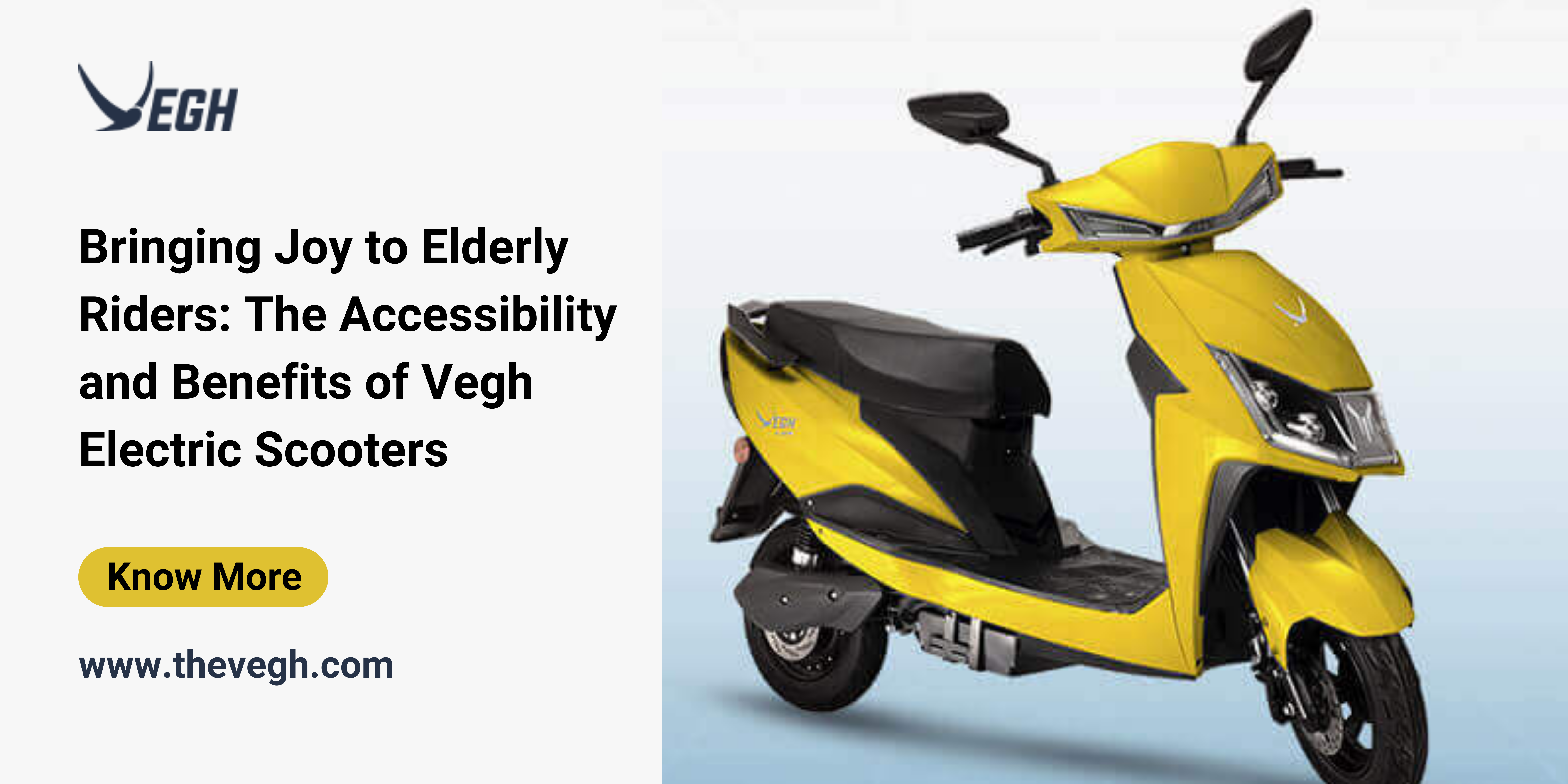
As our population continues to age, it becomes increasingly important to prioritize the well-being and happiness of our elderly citizens. Mobility is a crucial factor in maintaining independence and quality of life for older individuals
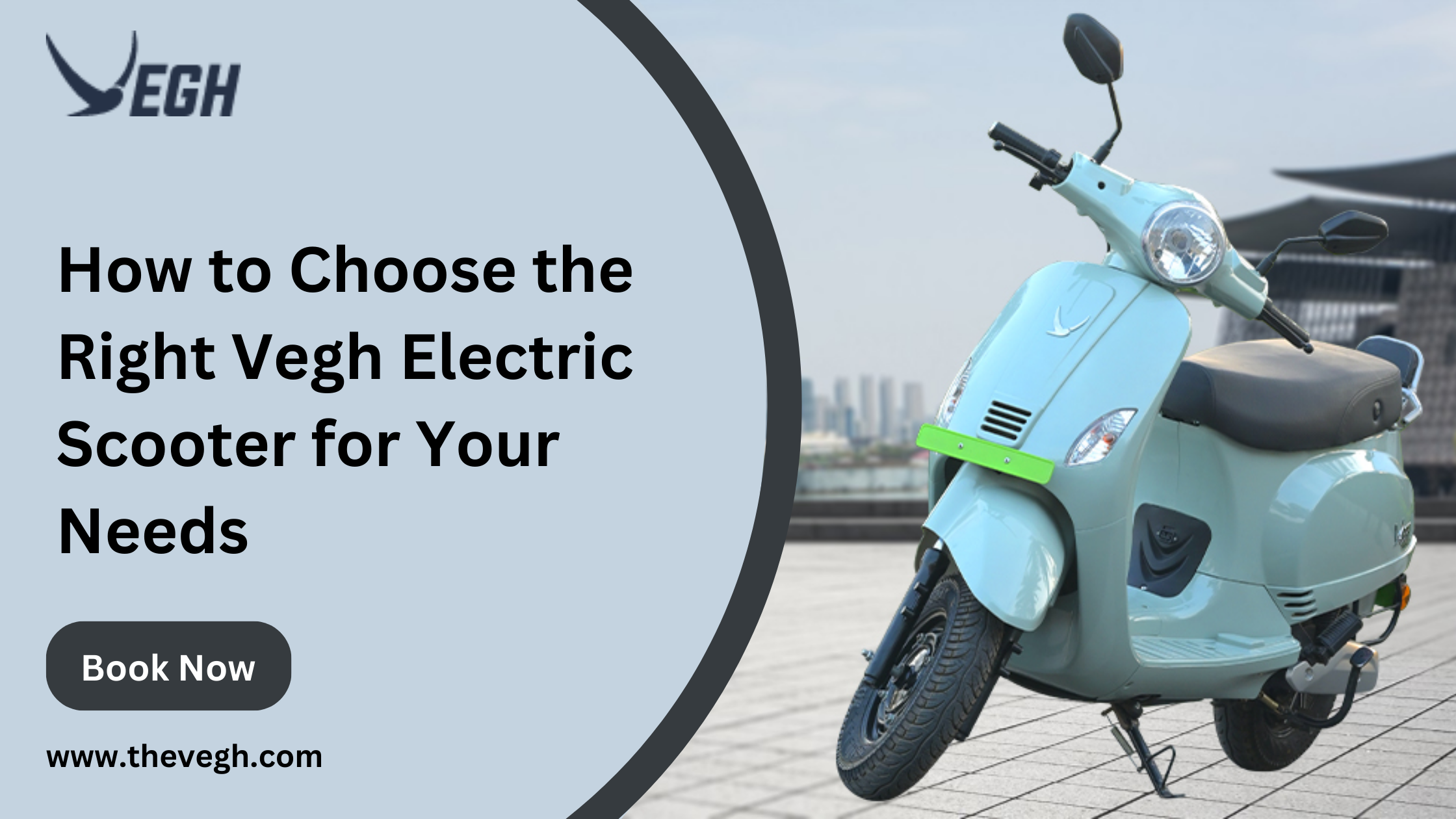
With the increasing popularity of electric scooters, finding the right one that meets your specific needs can be a daunting task. When it comes to Vegh Electric Scooters, it’s essential to consider several factors to ensure you choose the right model.
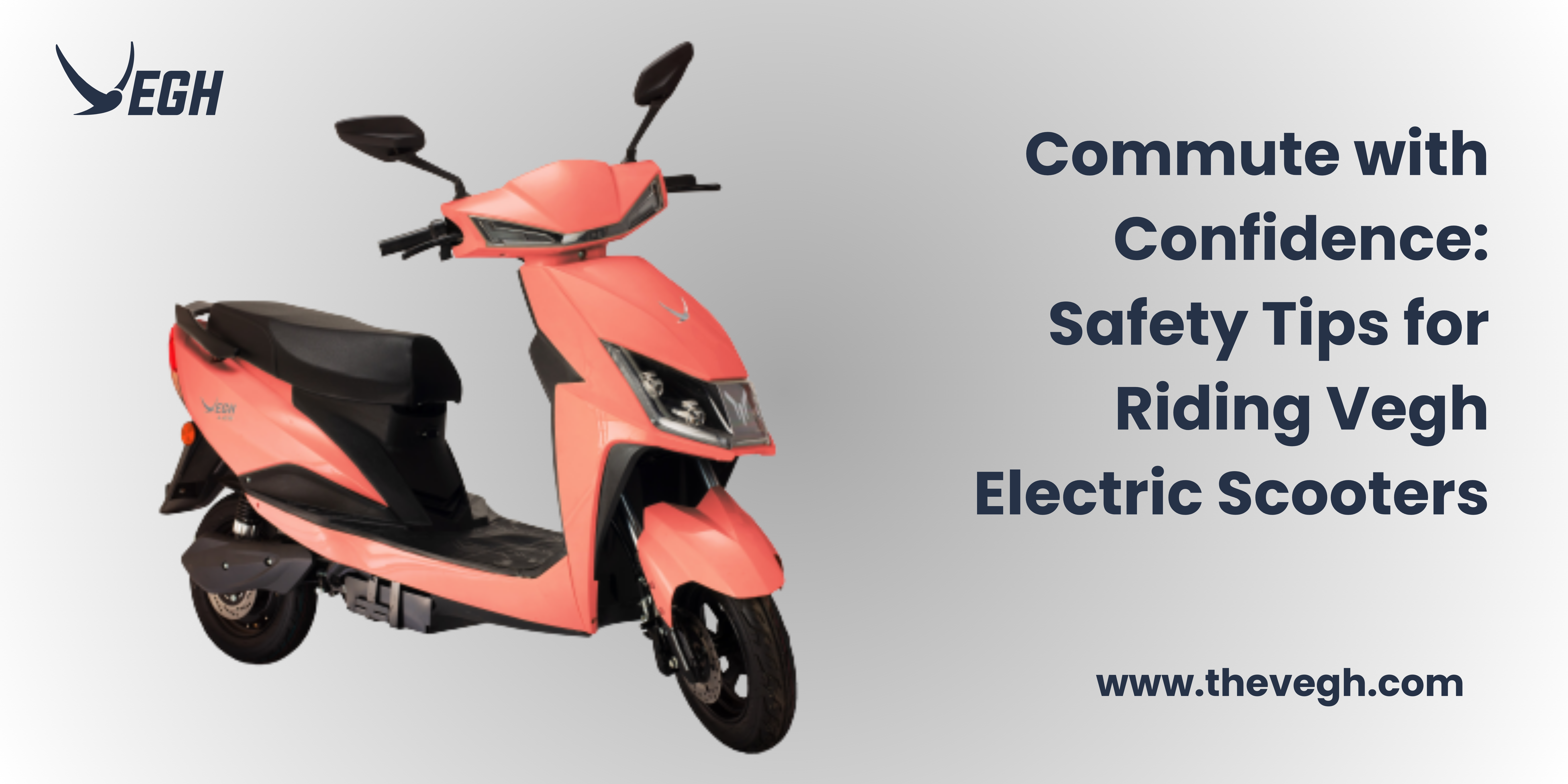
Commuting with ease and convenience has become a reality with the rise of electric scooters. Companies like Vegh Automobiles have introduced a new mode of transportation through high-speed electric scooters that allow commuters to zip through busy streets quickly.

Are you an adventure enthusiast looking for a thrilling experience on the road? Look no further; the Vegh S60 is here to revolutionize your journey. With cutting-edge features and powerful performance, the Vegh S60 is designed to unleash your inner explorer.
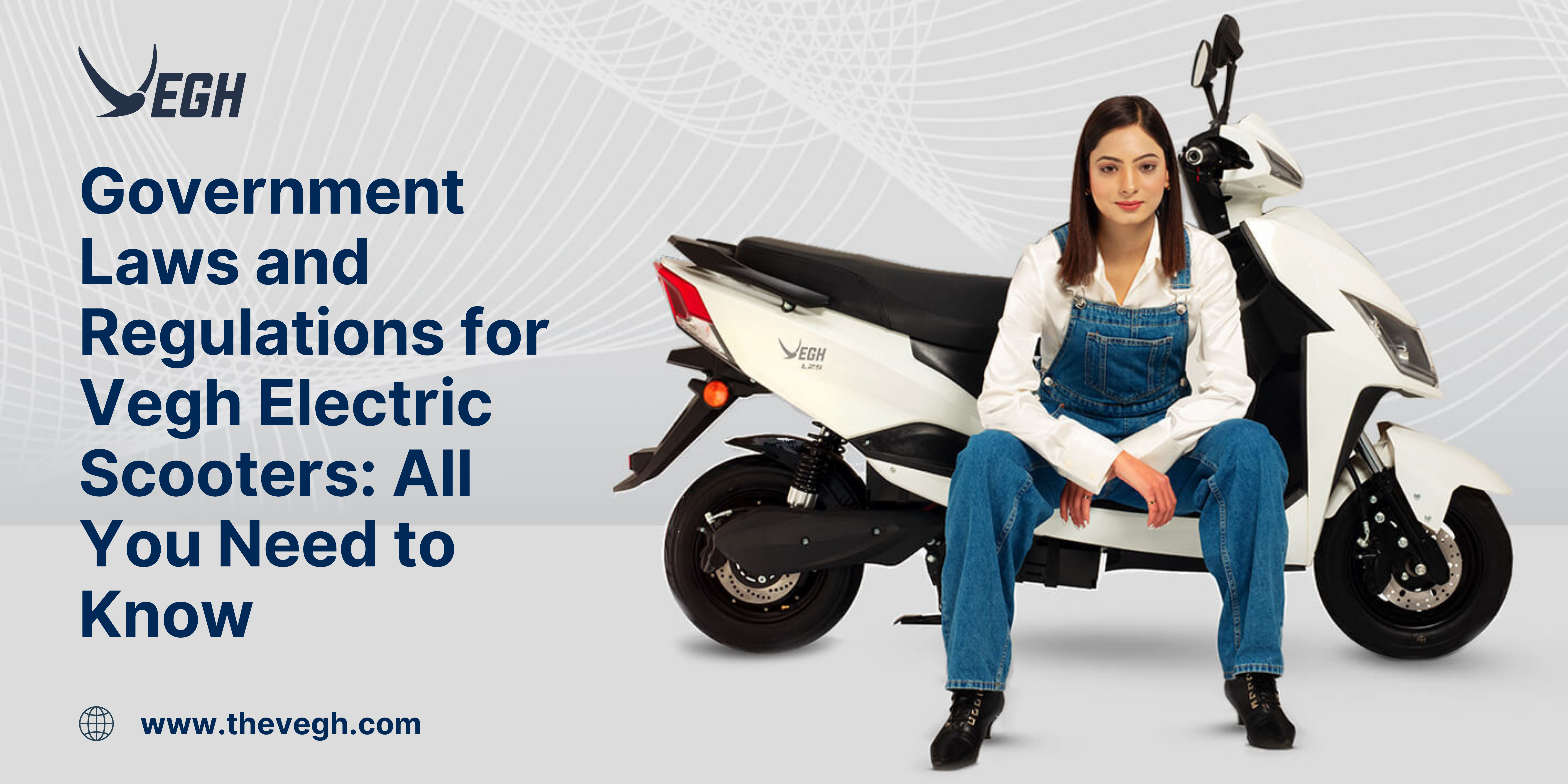
With growing concerns about environmental sustainability and the need for efficient urban transportation options, electric scooters have gained immense popularity in India.
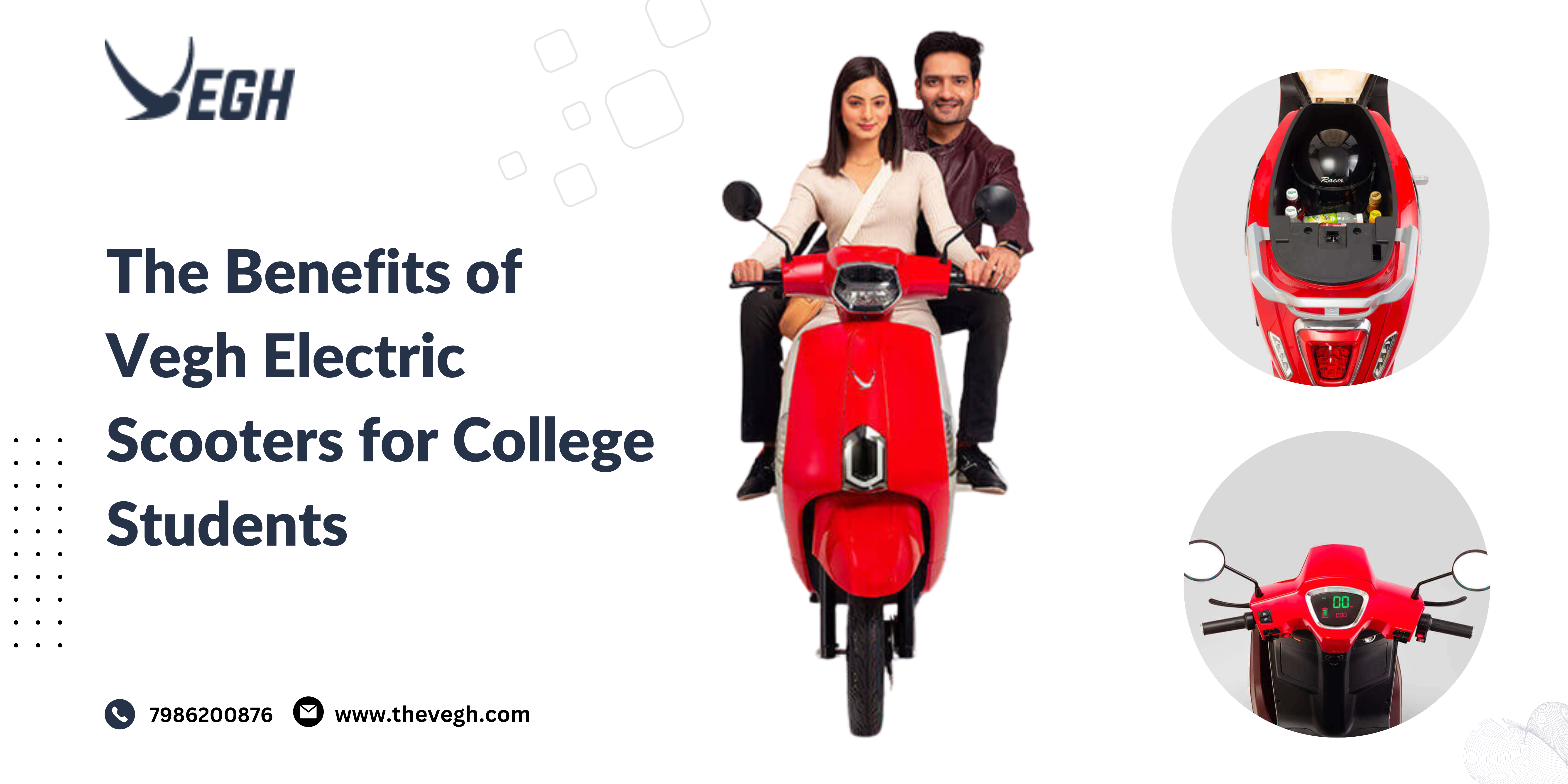
As the population in India keeps growing, transportation has become a significant issue for college students. With congested roads and public transportation that is unreliable, electric scooters have started to emerge as a popular transportation alternative for college-goers in India
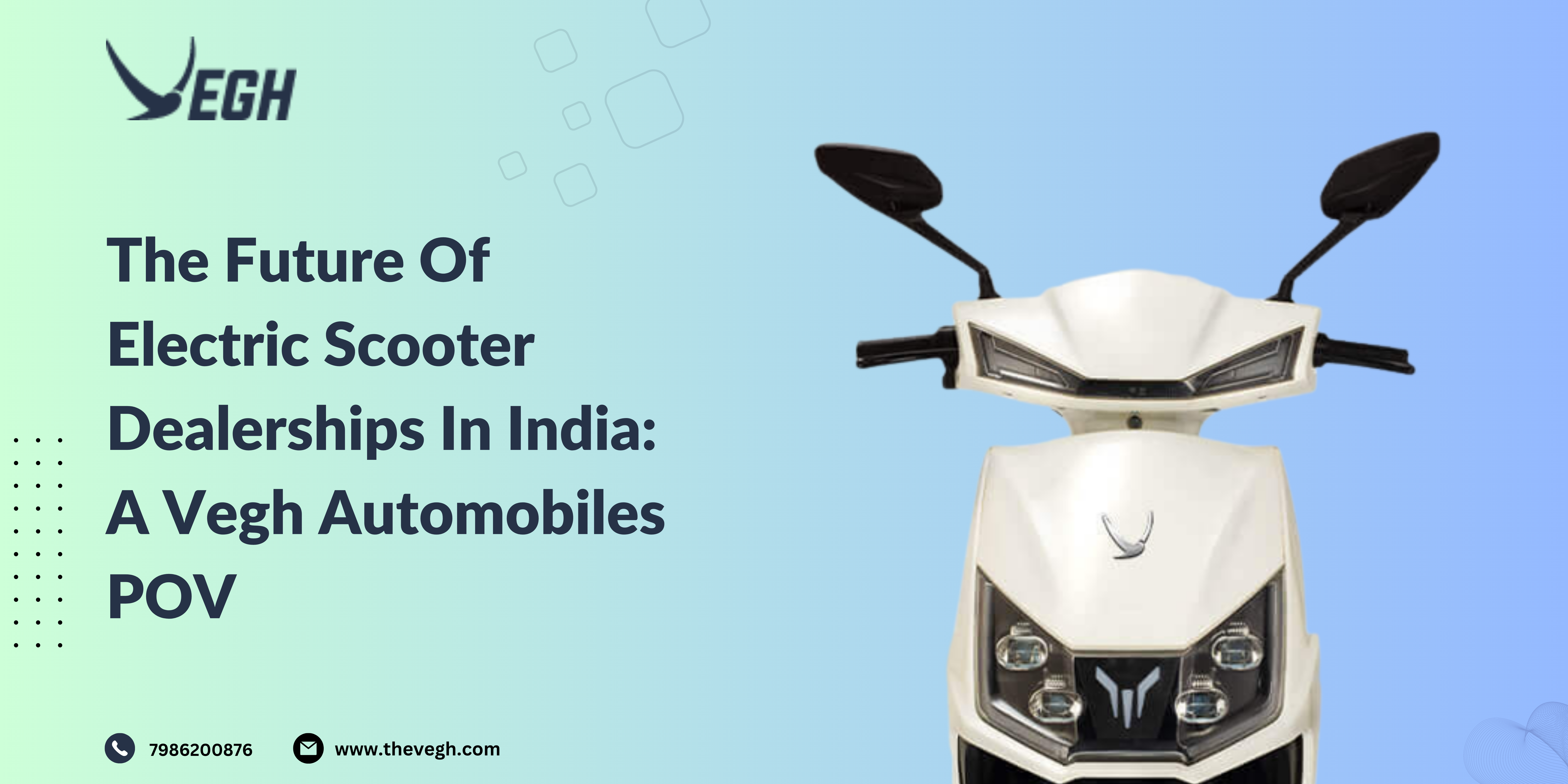
Electric scooters have become a popular mode of transportation in India, with more and more people opting for eco-friendly and cost-effective alternatives to traditional vehicles. As a result, the demand for electric scooter dealerships has increased significantly, with more players entering the market.
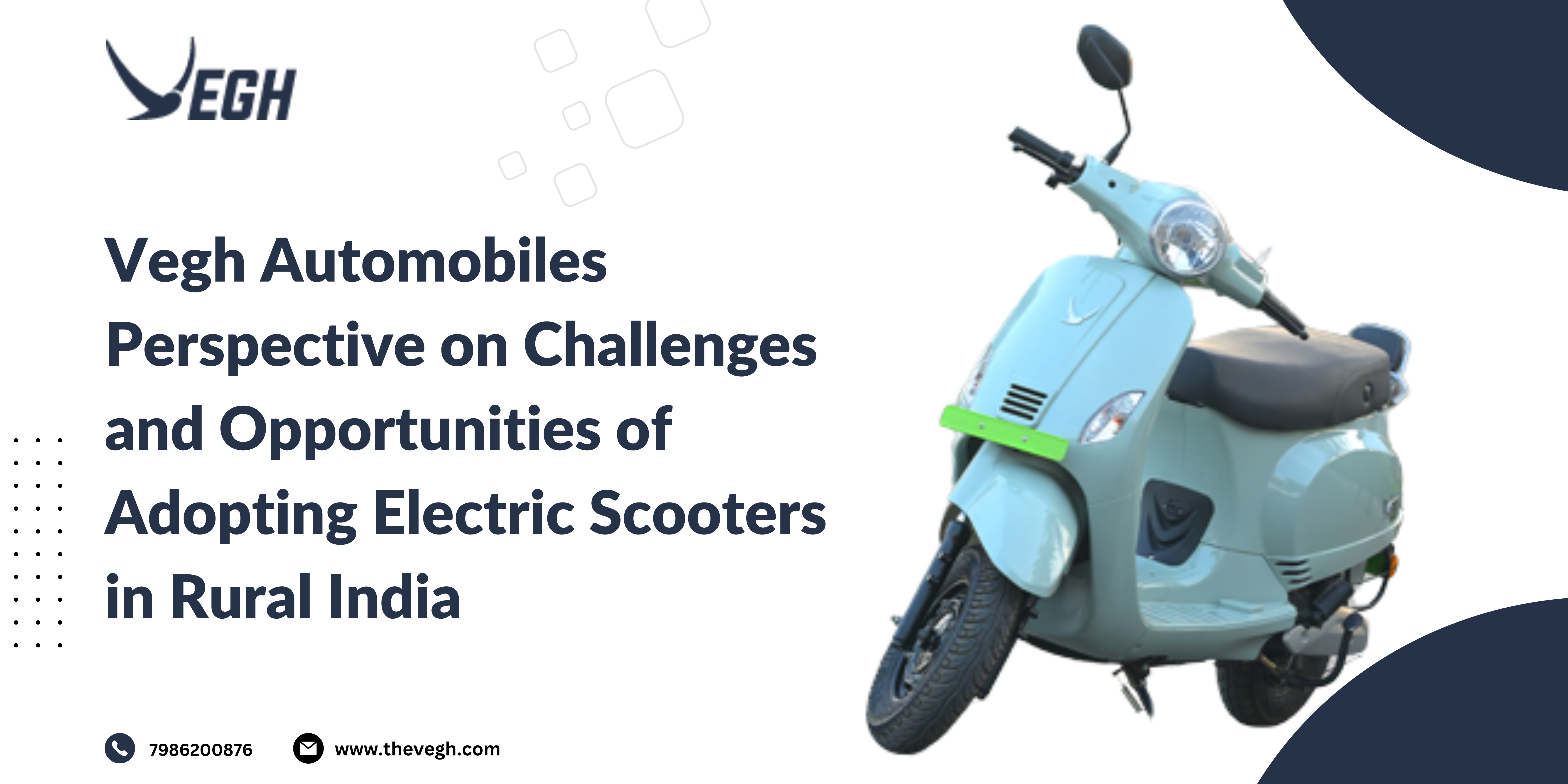
Electric scooters have become increasingly popular over the years as an efficient and sustainable mode of transportation. While they are mostly used in urban areas, there is a growing interest in electric scooters in rural India as well. However, there are several challenges that need to be addressed before electric scooters can be adopted on a larger scale in rural areas
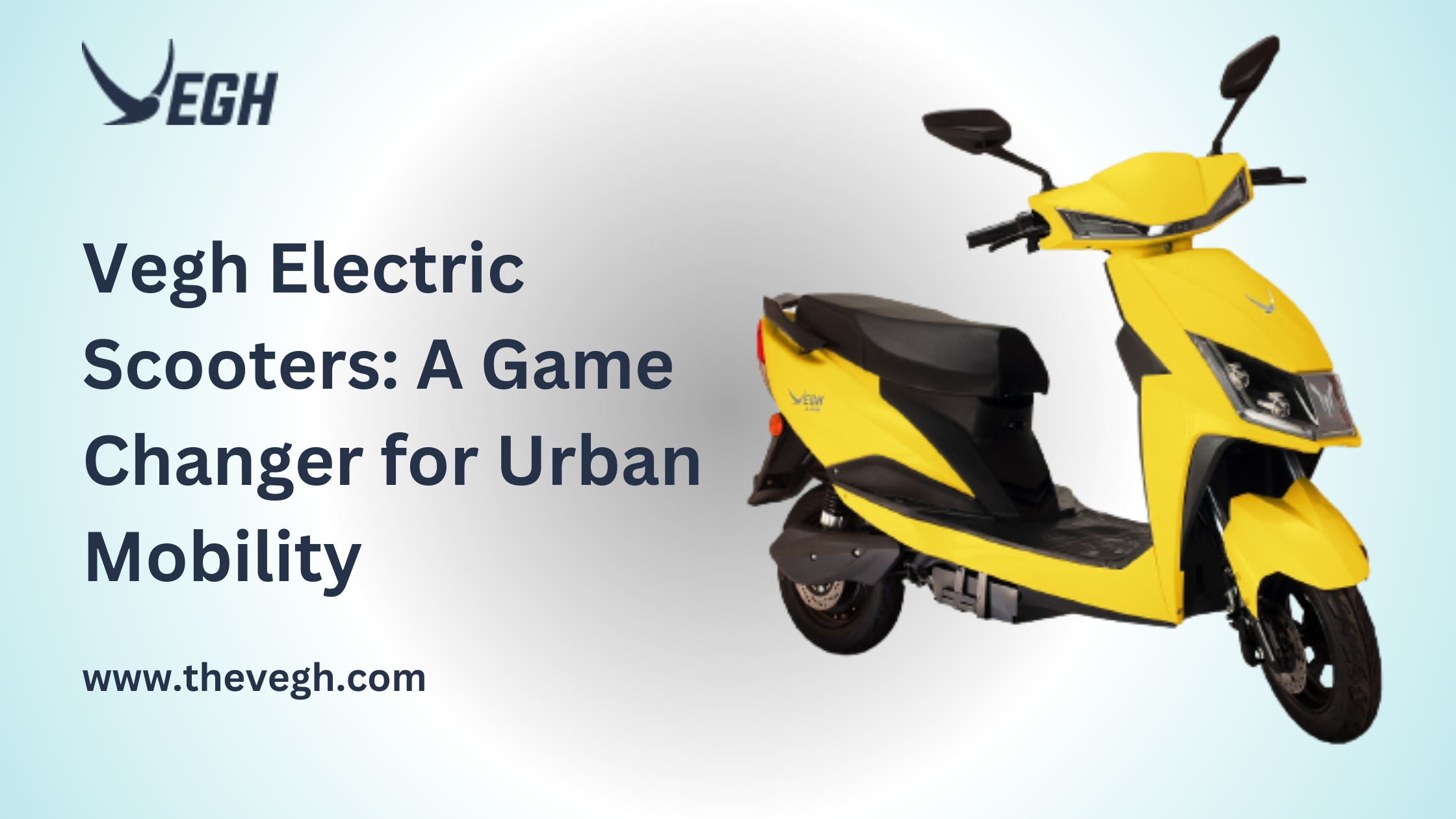
India’s urban population is growing at an unprecedented rate, and with it, the demand for efficient and eco-friendly modes of transportation
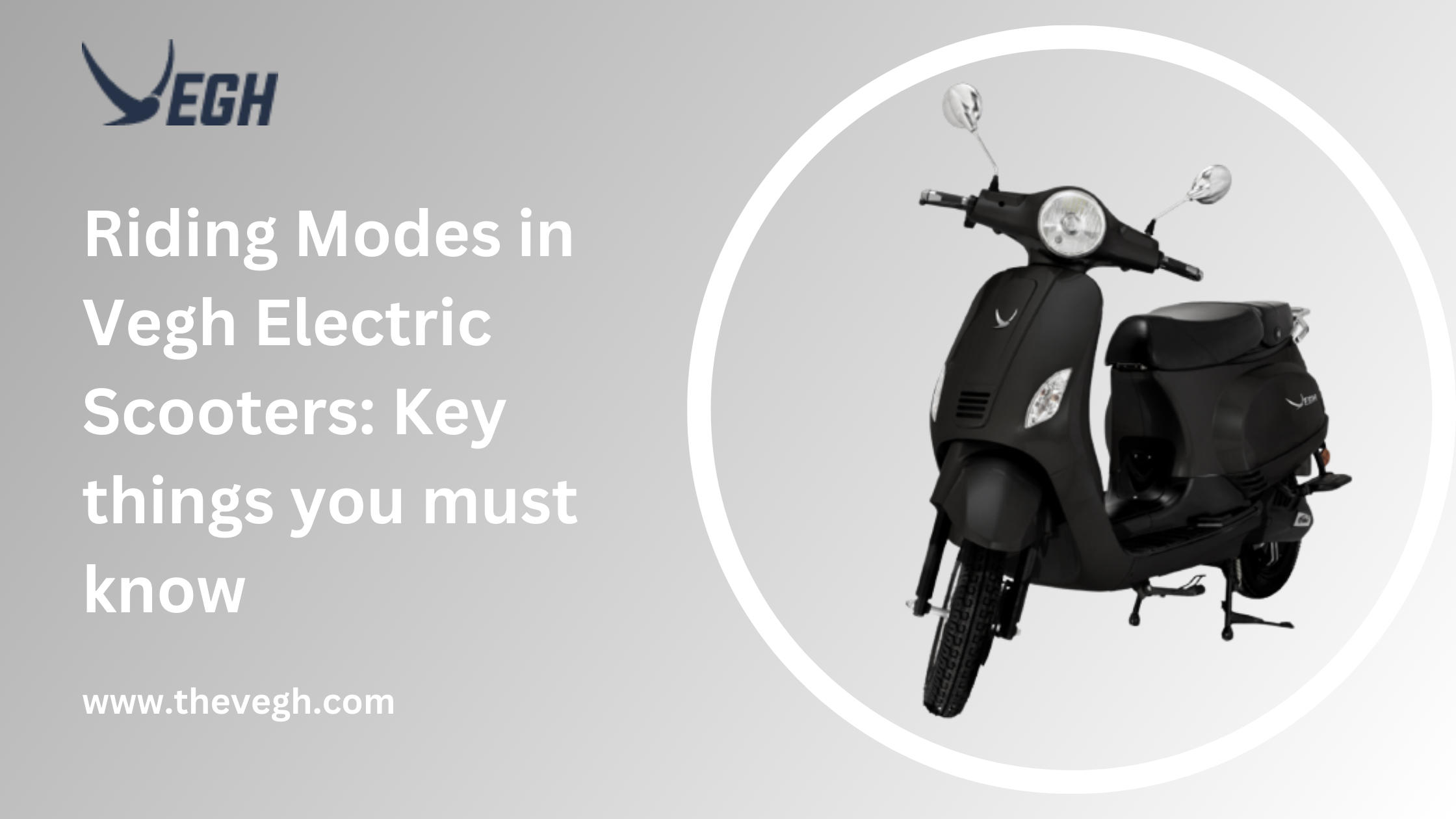
Electric scooters are becoming increasingly popular in India due to their eco-friendliness, low maintenance costs, and ease of use.
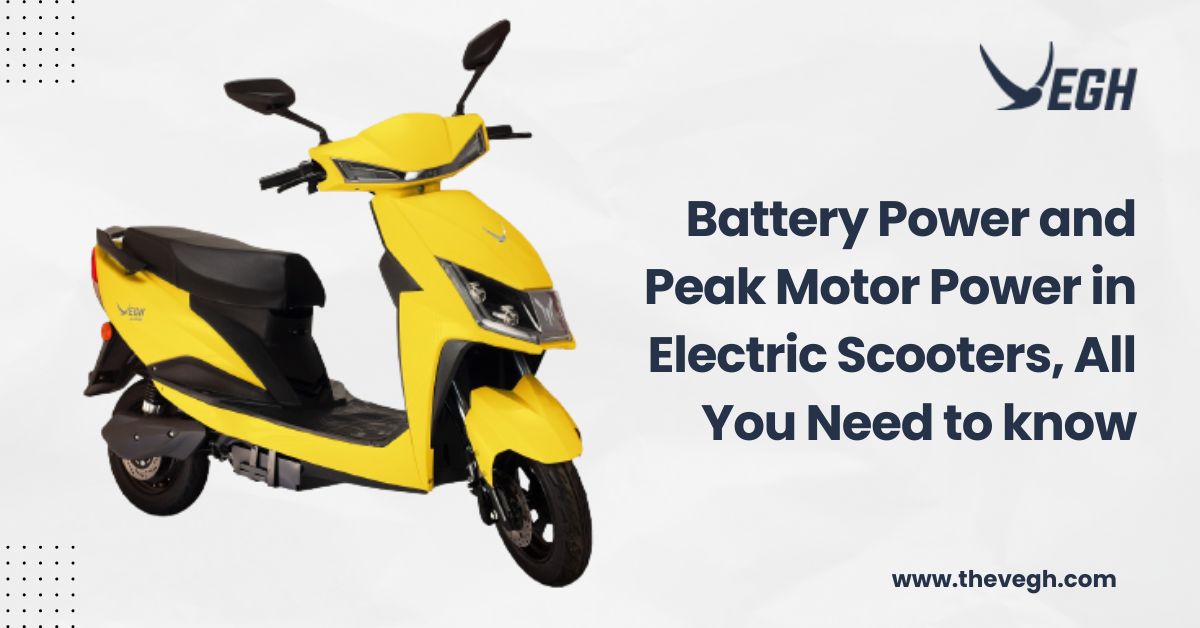
Electric scooters in India have revolutionized the way we commute, offering a convenient, eco-friendly and cost-effective alternative to traditional modes of transportation
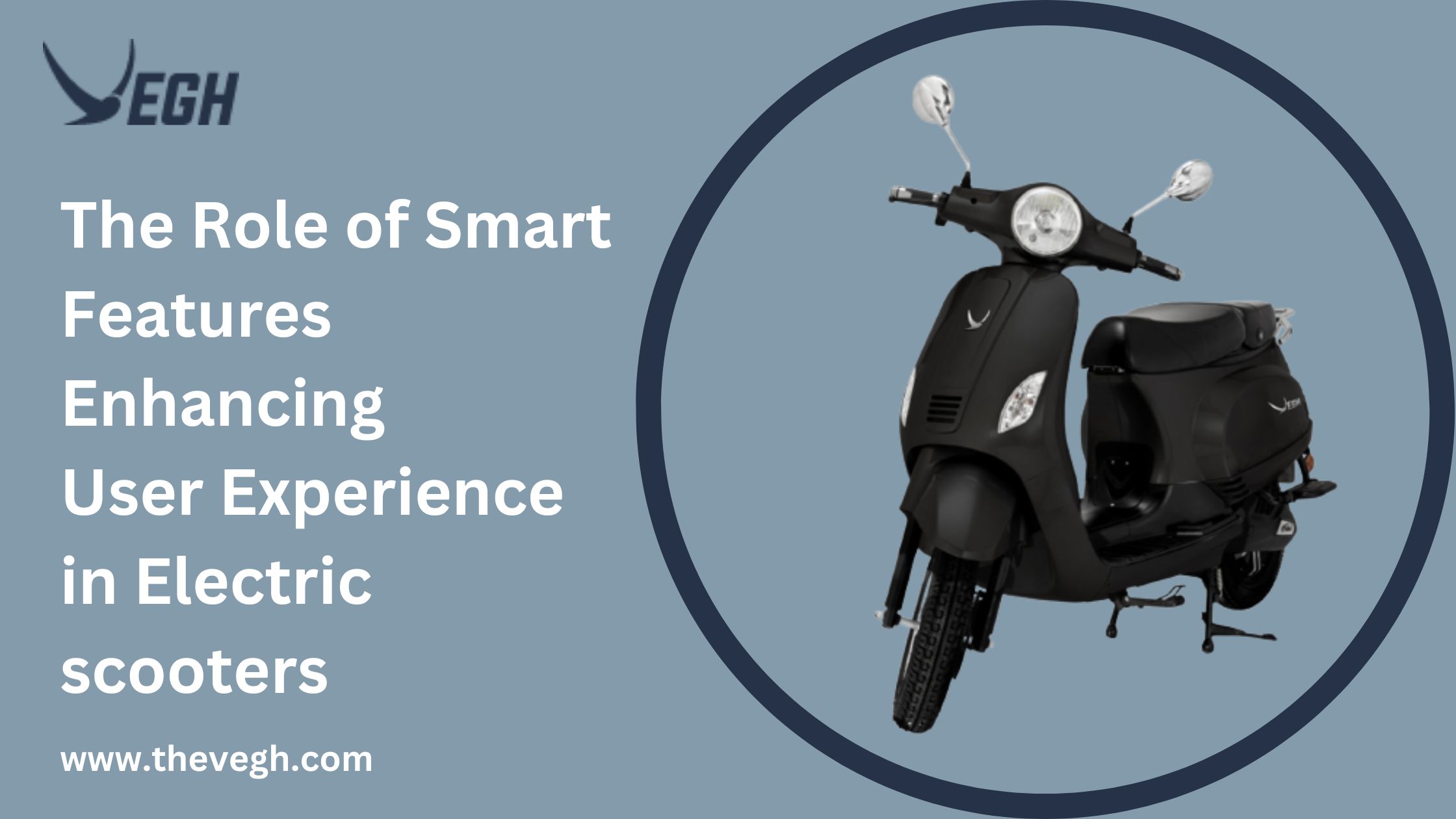
E scooters in India have become a popular mode of transportation, especially with the rise of eco-consciousness and the need for more efficient commuting methods.
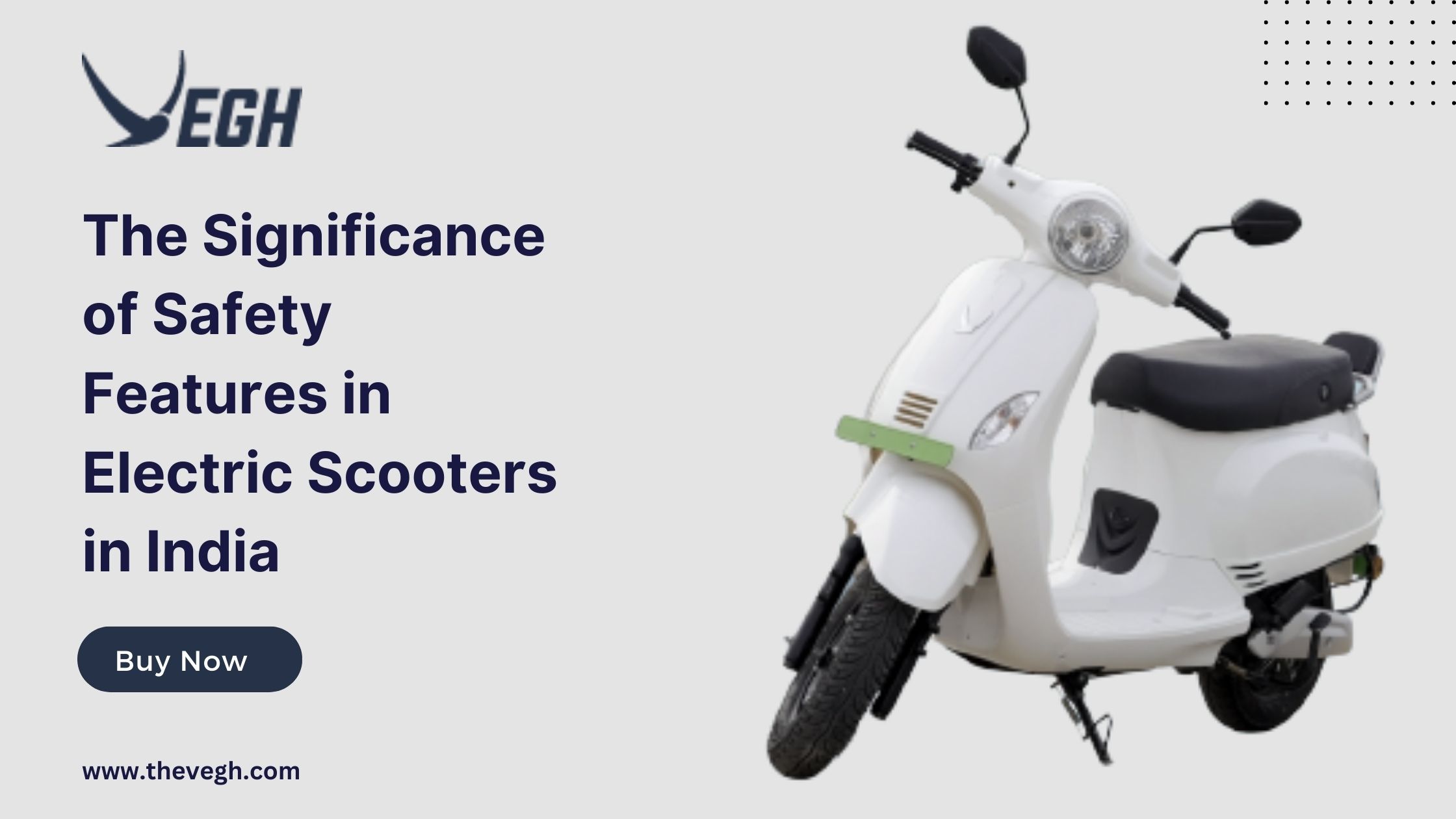
In recent years, electric scooters have become an increasingly popular mode of transportation in India. With many benefits, such as being environmentally friendly and affordable, more people are considering electric scooters as an alternative to traditional vehicles.
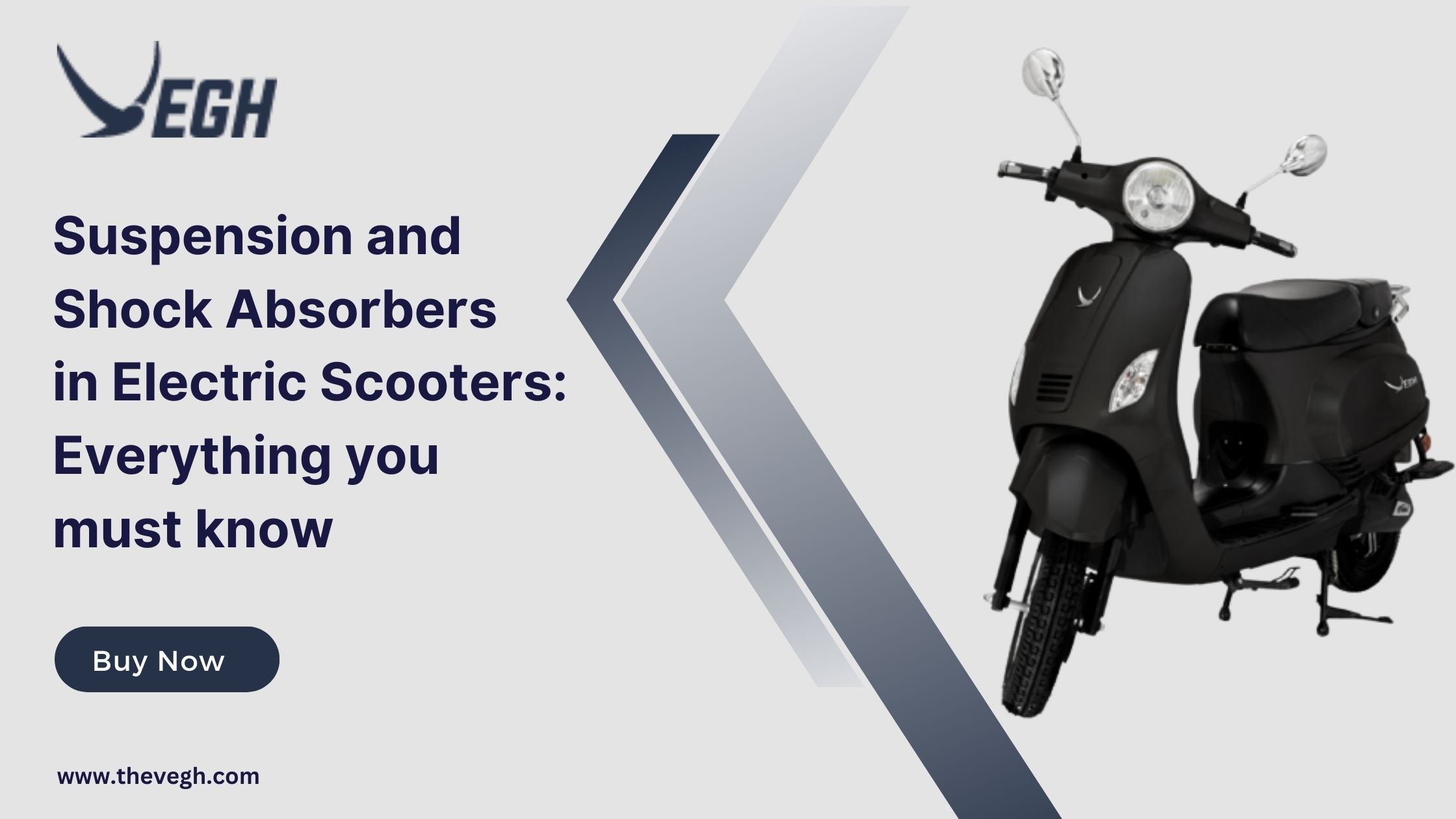
Electric scooters in India have gained immense popularity recently, where traffic jams are an everyday hassle. These eco-friendly vehicles offer a convenient and affordable mode of transportation for many people. However, riding an electric scooter on bumpy roads can be uncomfortable and dangerous without the proper suspension system.
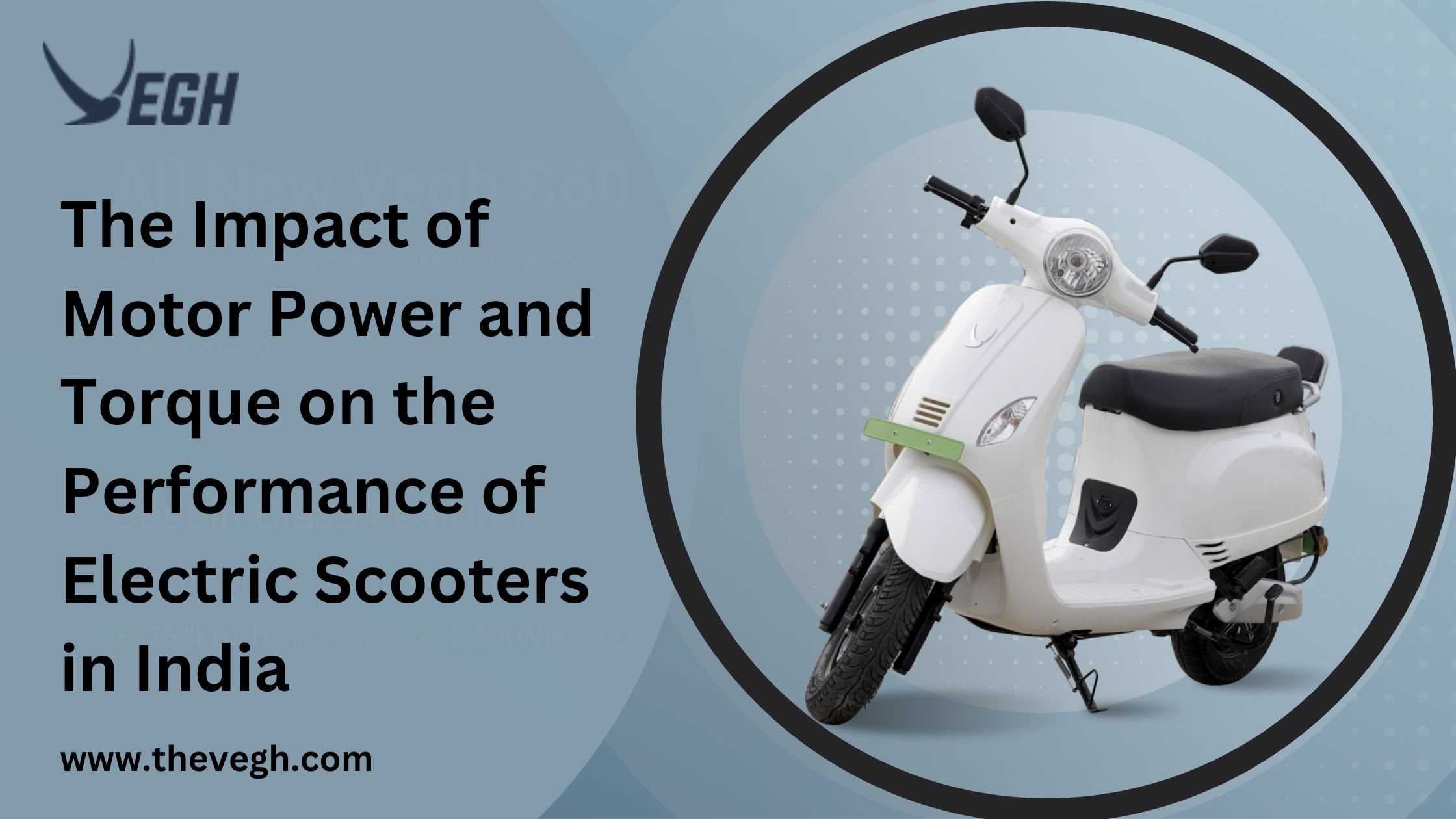
In recent years, there has been a growing demand for high speed electric scooters in India, which has led to a focus on improving motor power and torque to deliver better Performance. When it comes to Performance, many factors can impact how these EVs operate on the road.
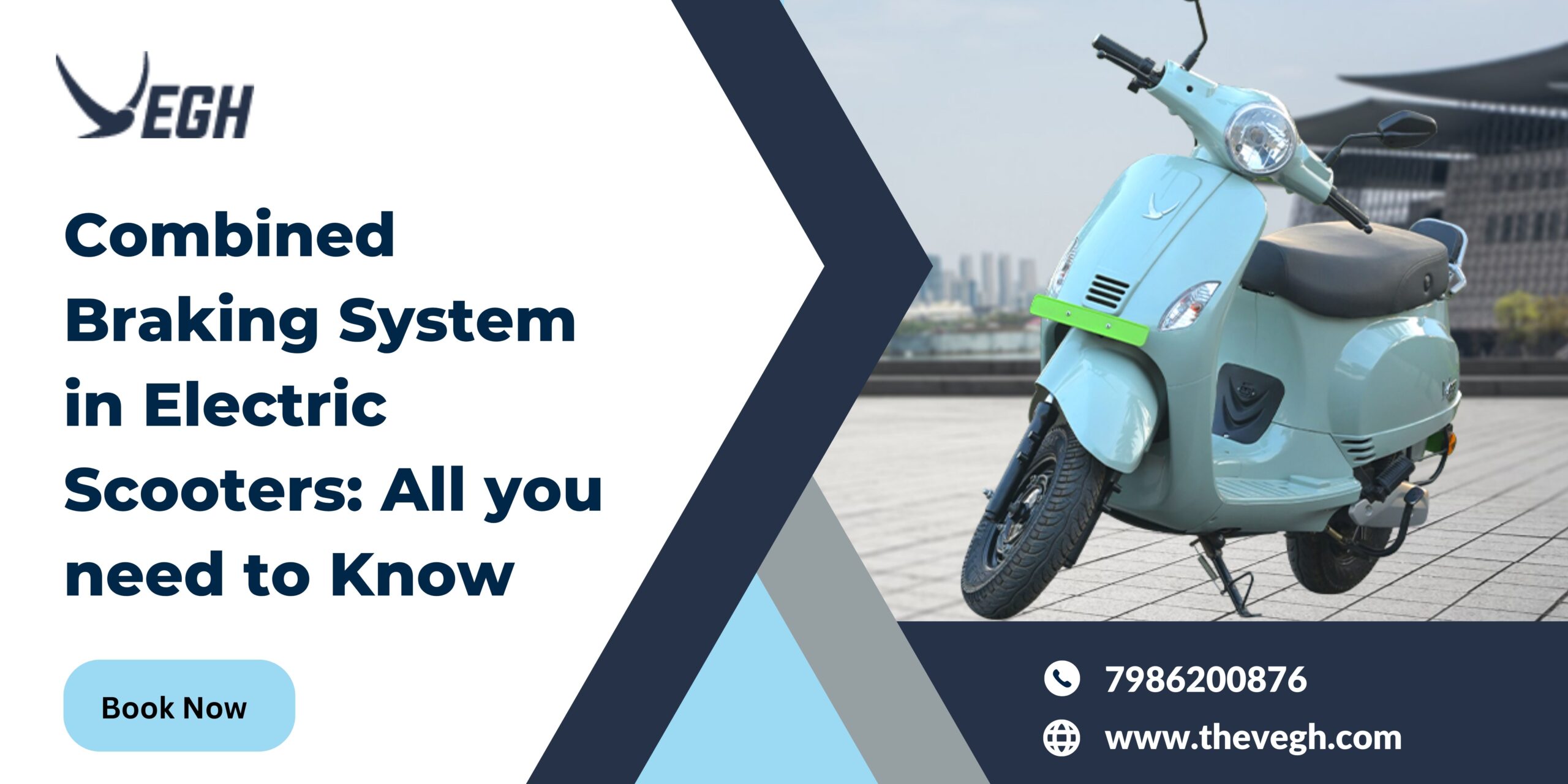
Are you considering buying an electric scooter in India? If so, it’s essential to understand the braking system options available. One popular choice is the combined braking system (CBS), which has become increasingly common in e scooters in India.
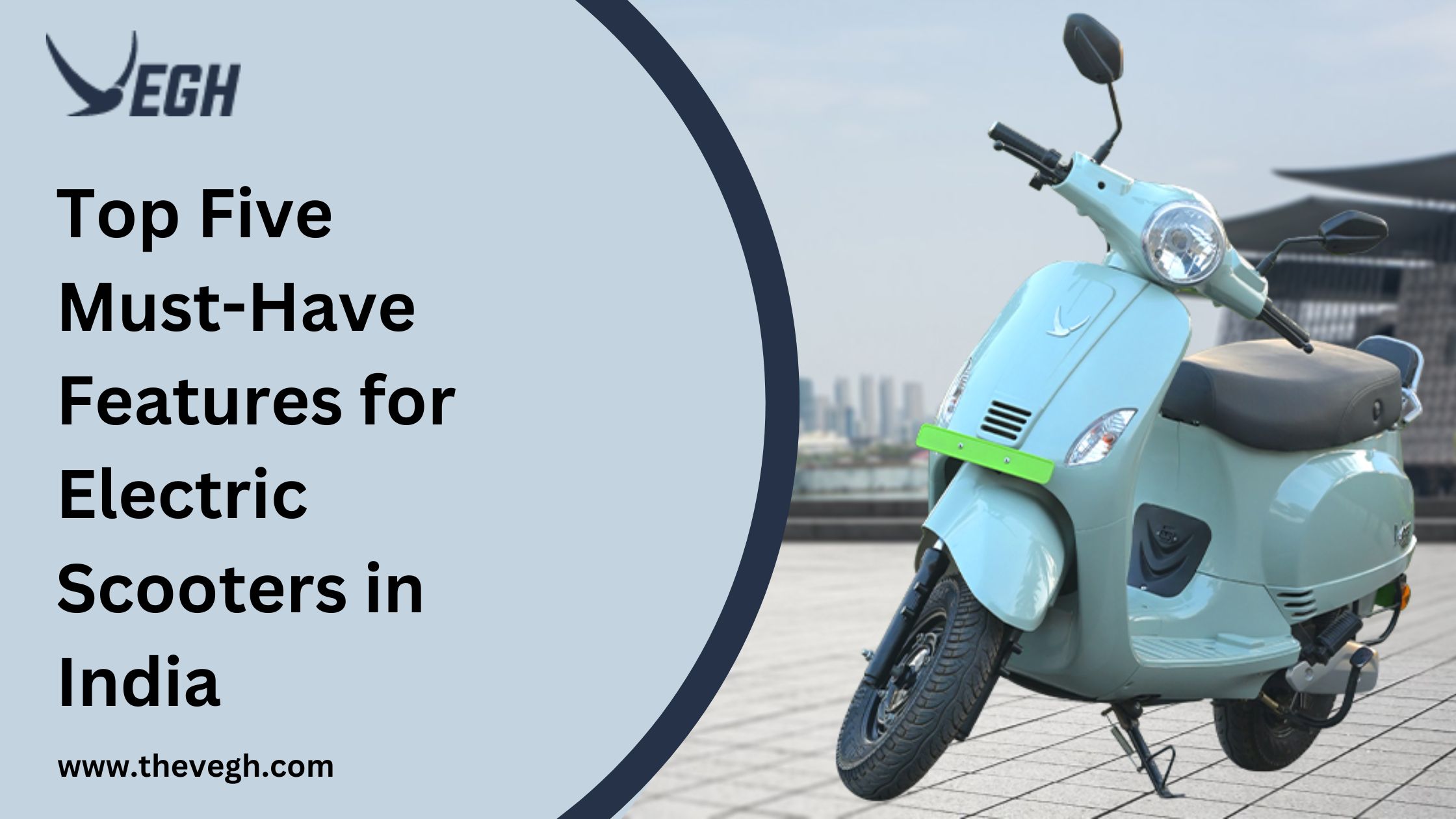
These top five must-have features ensure consumers get the best value from their purchase by providing convenience, safety, comfortability, and longevity – all crucial factors when considering investing in an electric scooter product!
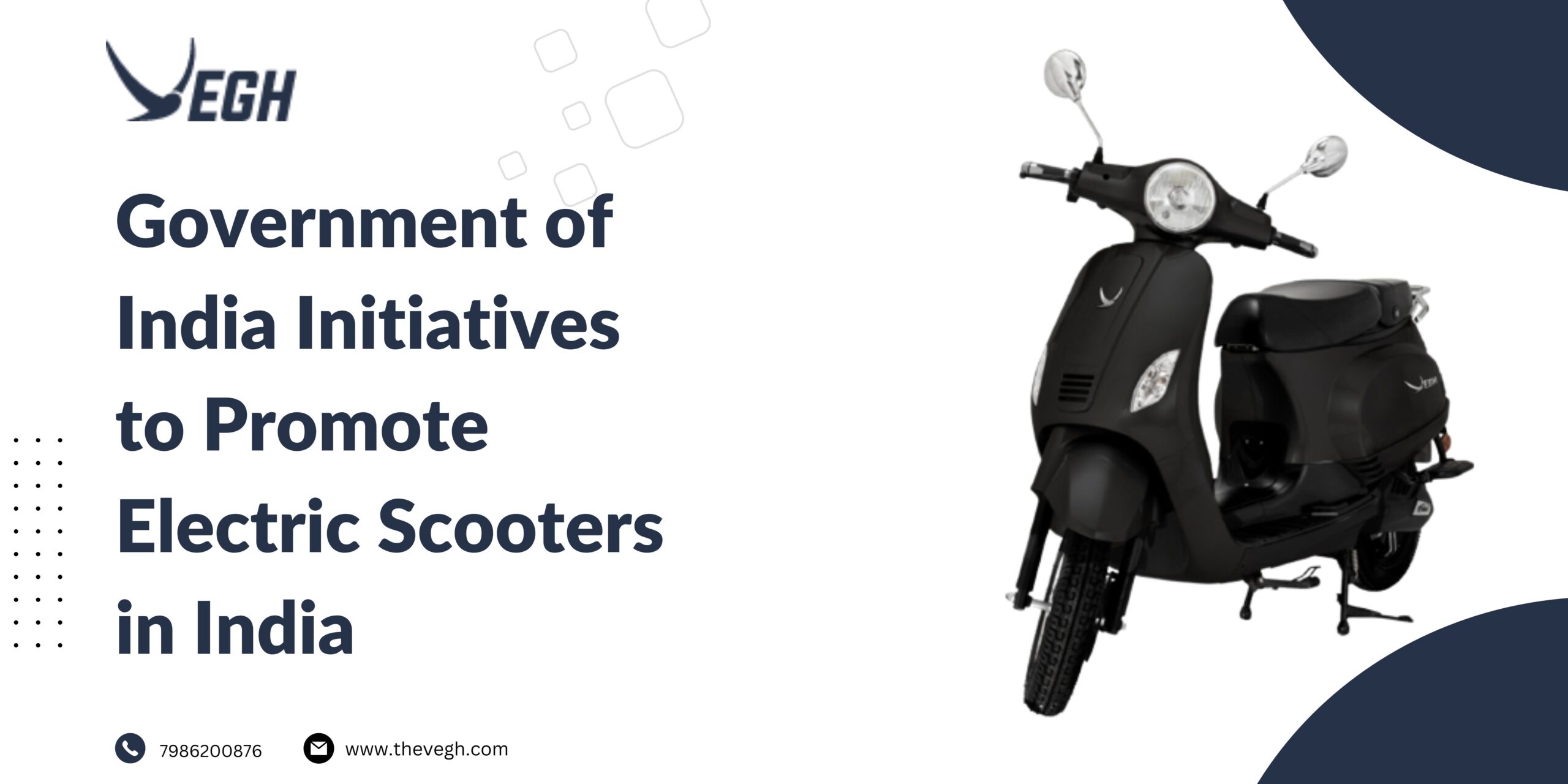
The Government of India has been promoting the use of electric scooters in India as a part of its commitment to reducing air pollution and climate change. To promote electric scooters, the government has been providing incentives to purchase them, including subsidies and tax exemptions. The government has also been working to create a charging infrastructure for electric scooters. In this blog post, we will help you understand various initiatives and schemes launched by the government of India to promote EV adoption.
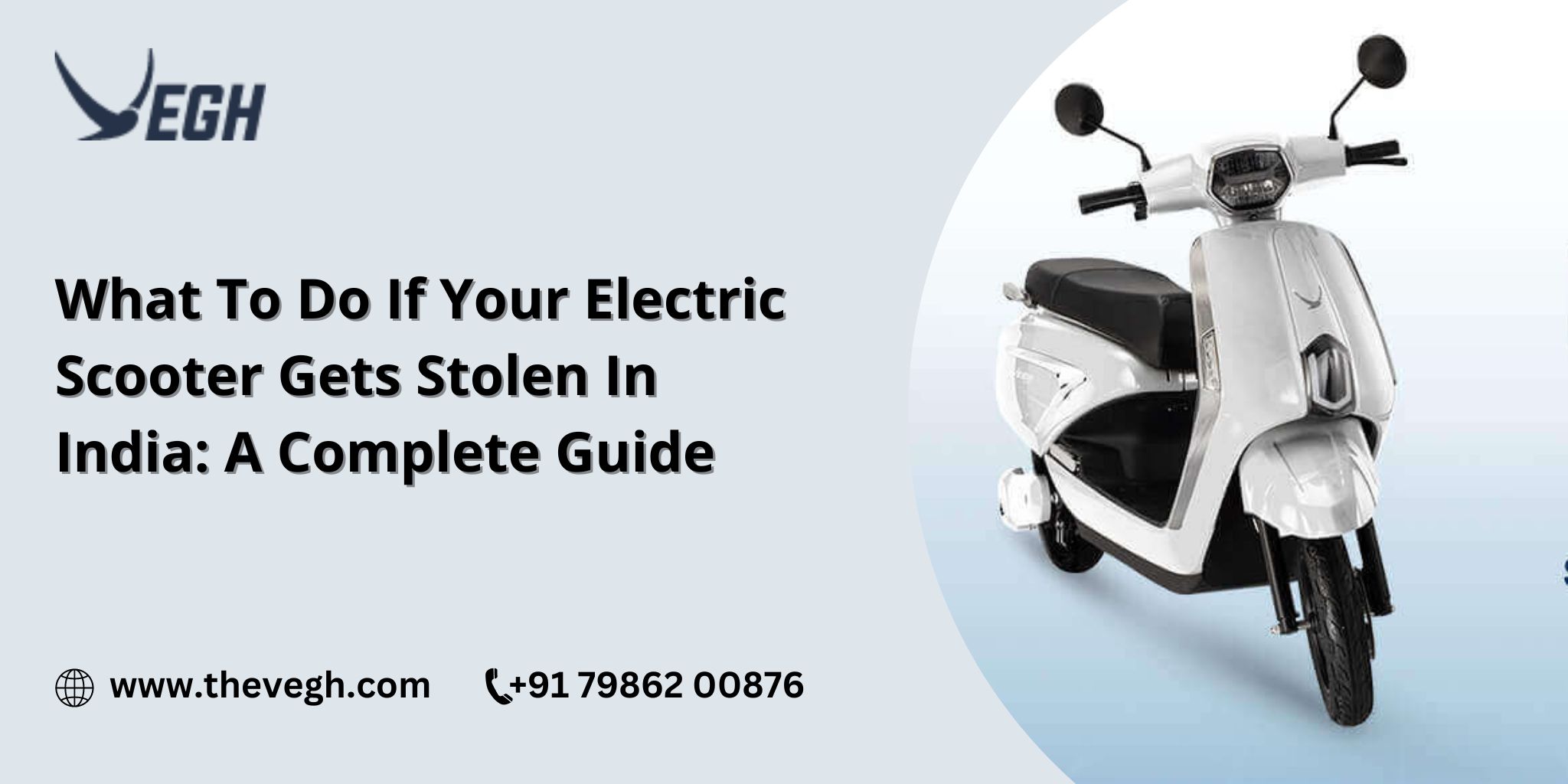
With the rise of electric scooters in India, it’s not surprising that theft is becoming a common issue.
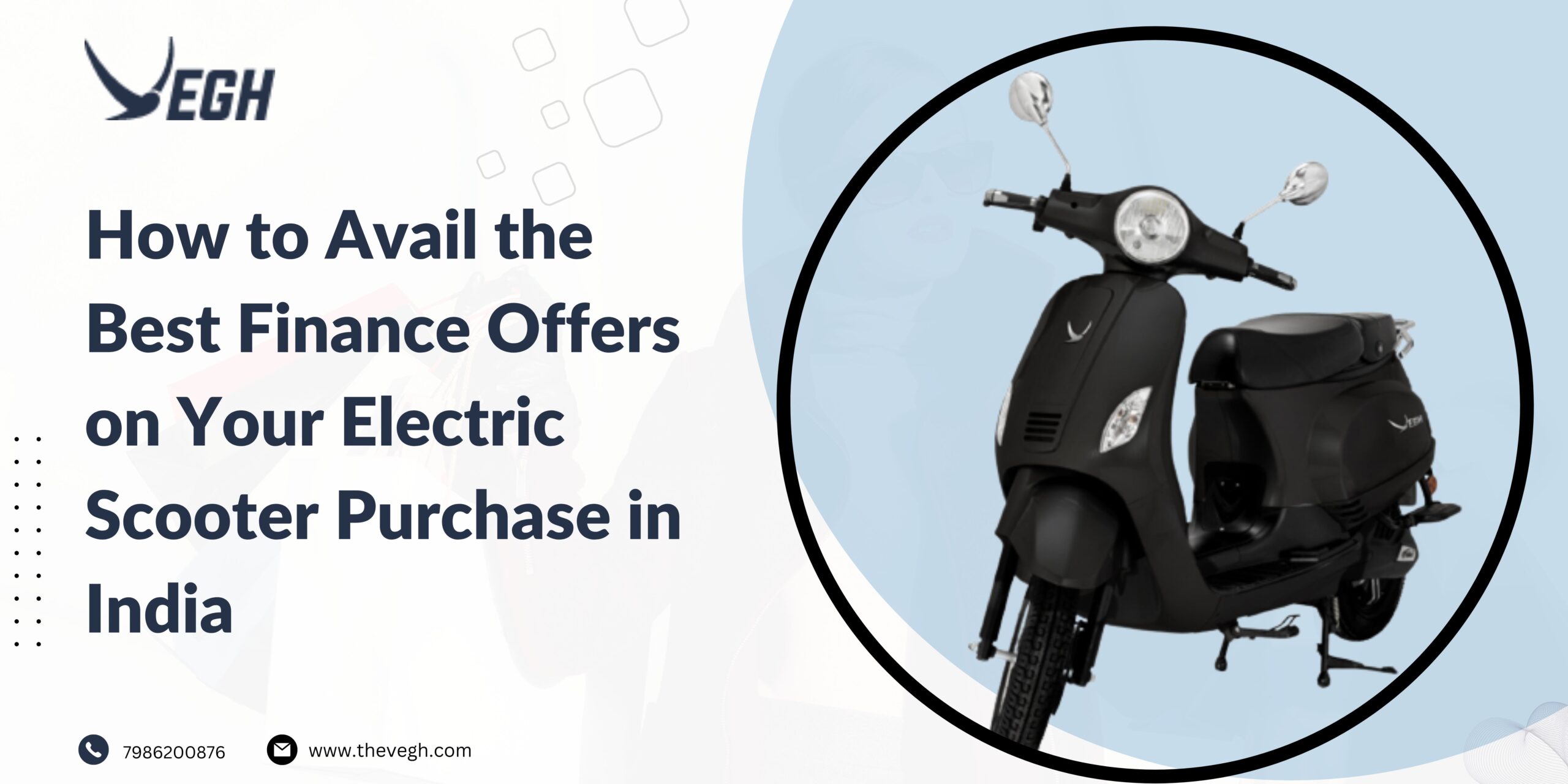
Are you considering purchasing an electric scooter in India, but the financial aspect is holding you back? Don’t fret! With the increasing demand for eco-friendly transportation options, many finance providers offer attractive deals on e scooters in India.
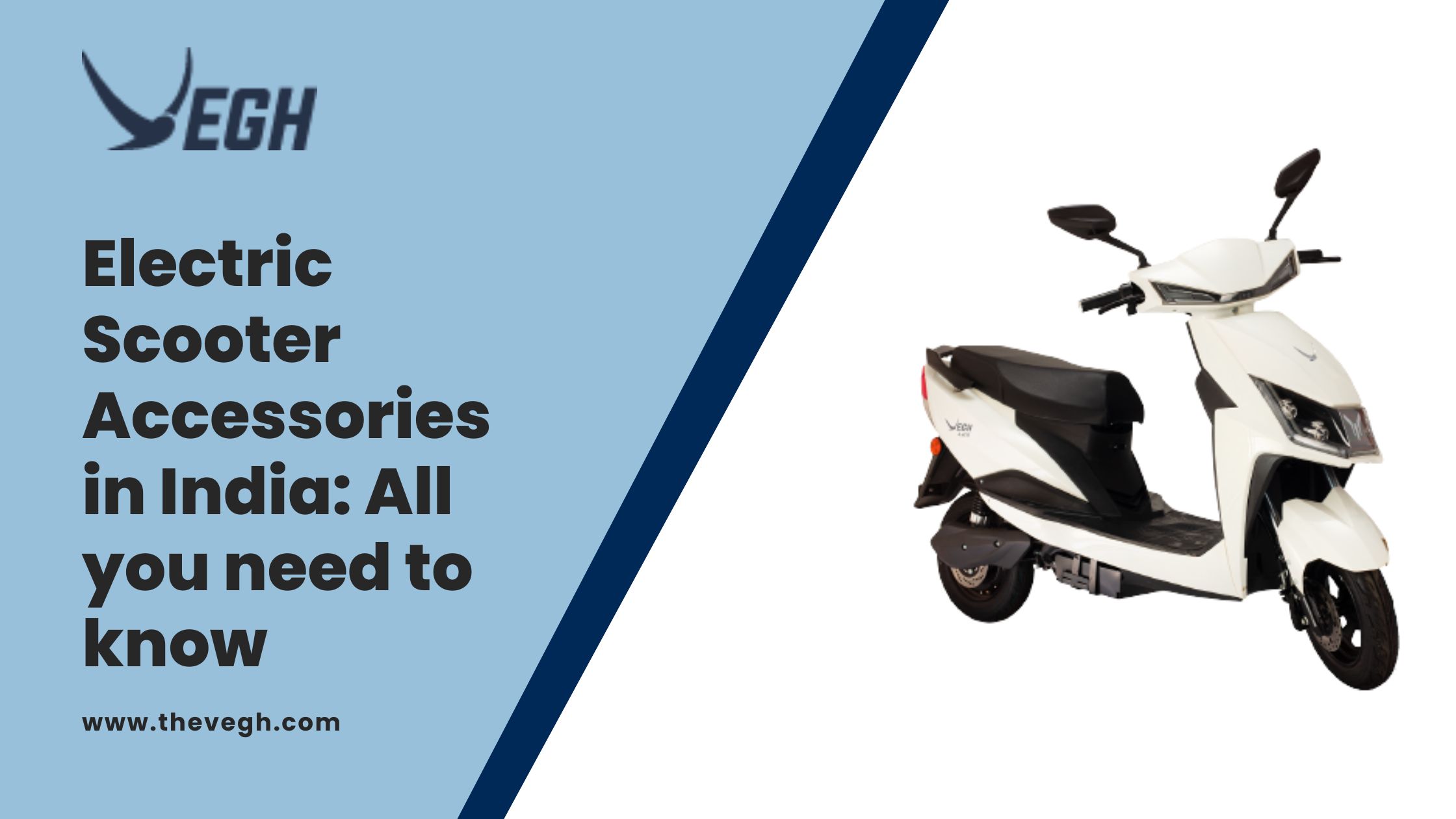
Are you looking for an effortless and eco-friendly mode for your daily commute? Look no further than e scooters in India! And while owning an e-scooter is important, accessories can enhance your ride and make your commute safer and more comfortable.
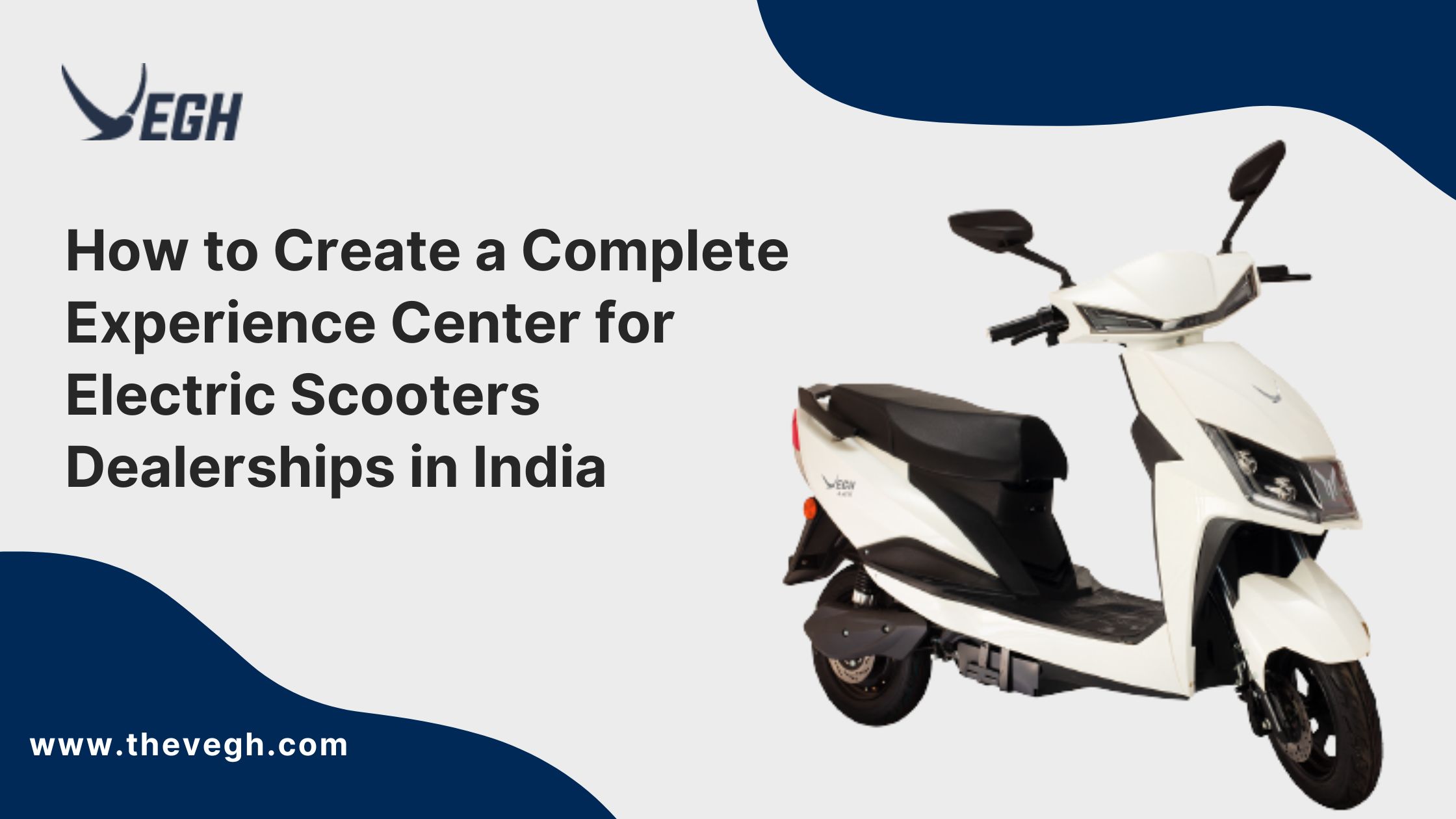
Are you an electric scooter dealership looking to attract and retain customers? Look no further! Creating a complete experience center can be the ultimate solution.
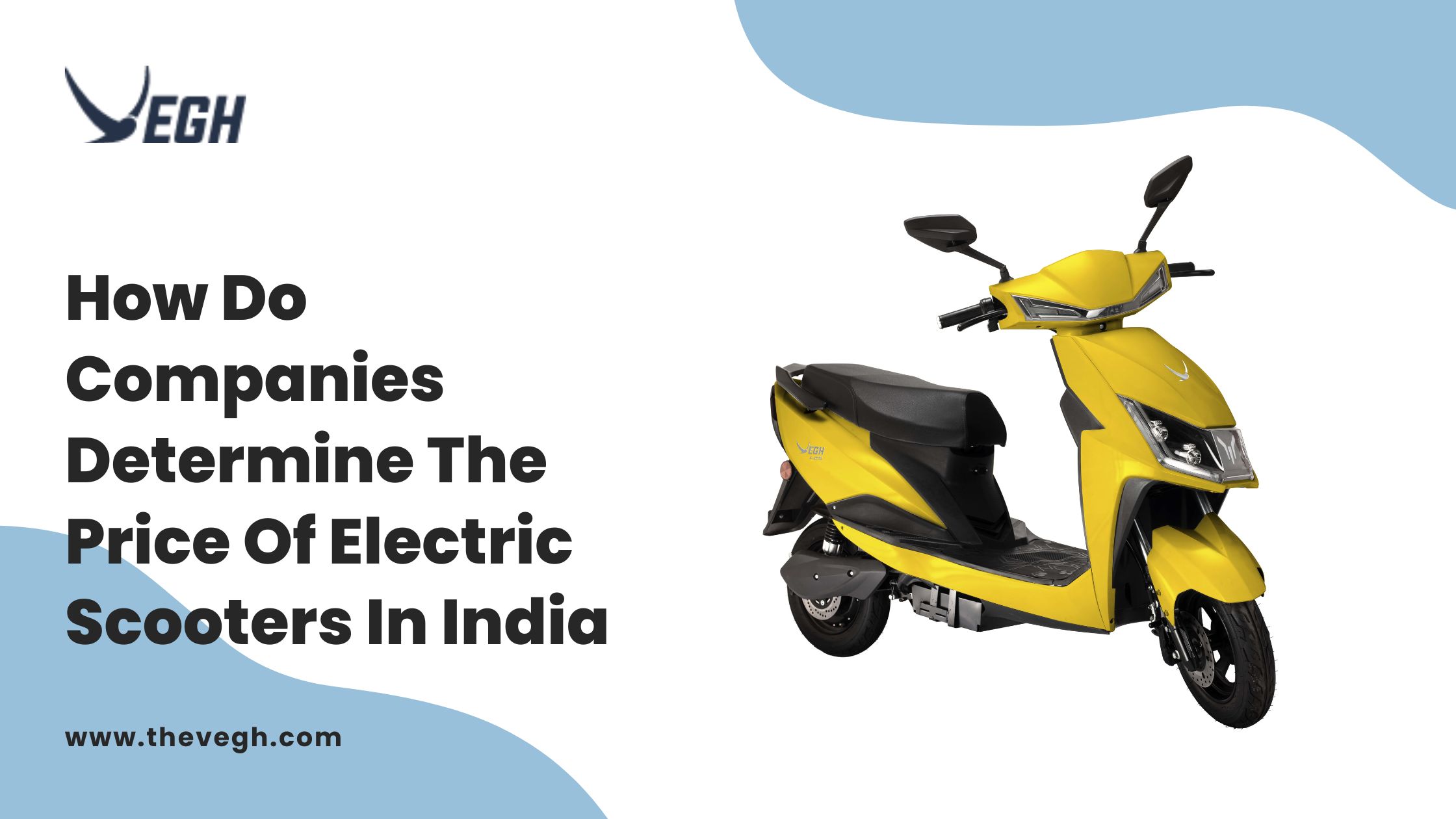
Are you thinking of buying an electric scooter in India, but wondering how companies come up with their prices? It’s a common question among consumers who want to make informed decisions about purchases. In today’s blog post, we will explore the factors that go into determining the price of some of the best electric scooters in India and give you valuable insights from industry experts. Whether you’re a potential buyer or just curious about the process, read on to learn more!
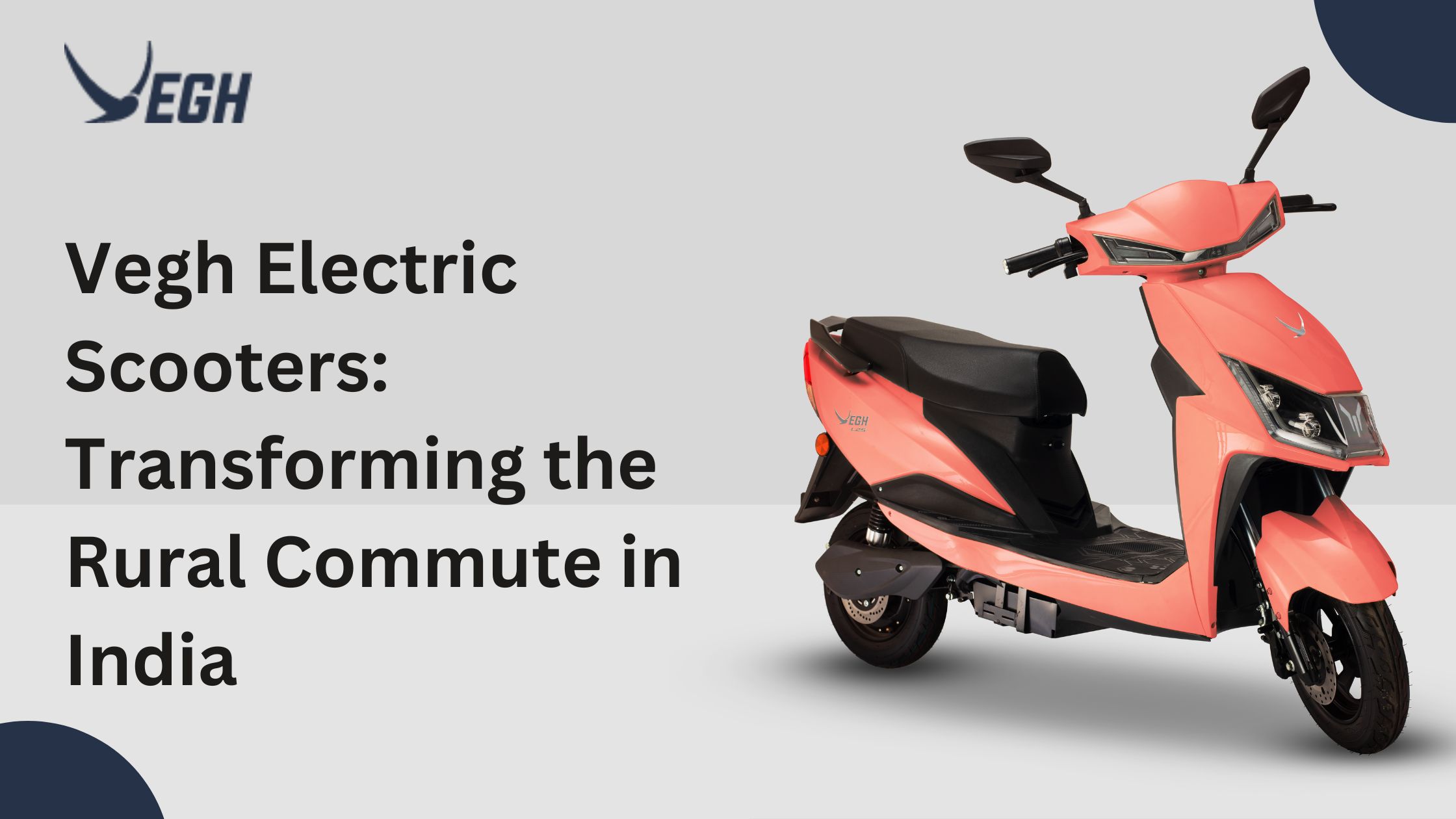
Riding an electric scooter through the lush green countryside, feeling the wind in your hair, and enjoying the scenic beauty – feels like a dream come true for many. And with the rise of electric scooters in India, this dream is becoming a reality for millions living in rural areas.
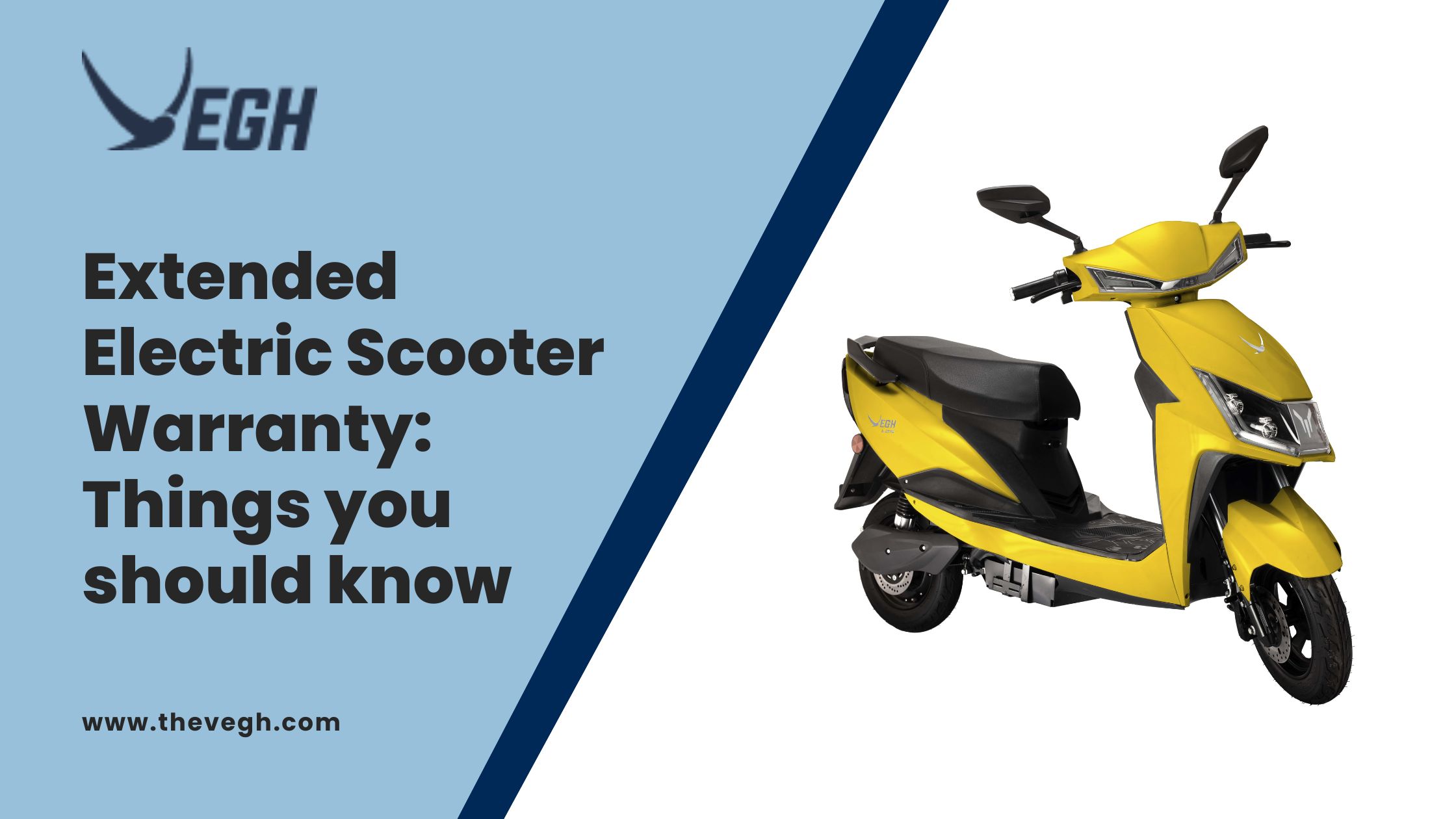
E scooters in India are an increasingly popular form of transportation, especially in large cities. It’s no wonder they’re a convenient, eco-friendly way to get around town. But what if something goes wrong with your electric scooter? What happens, then?
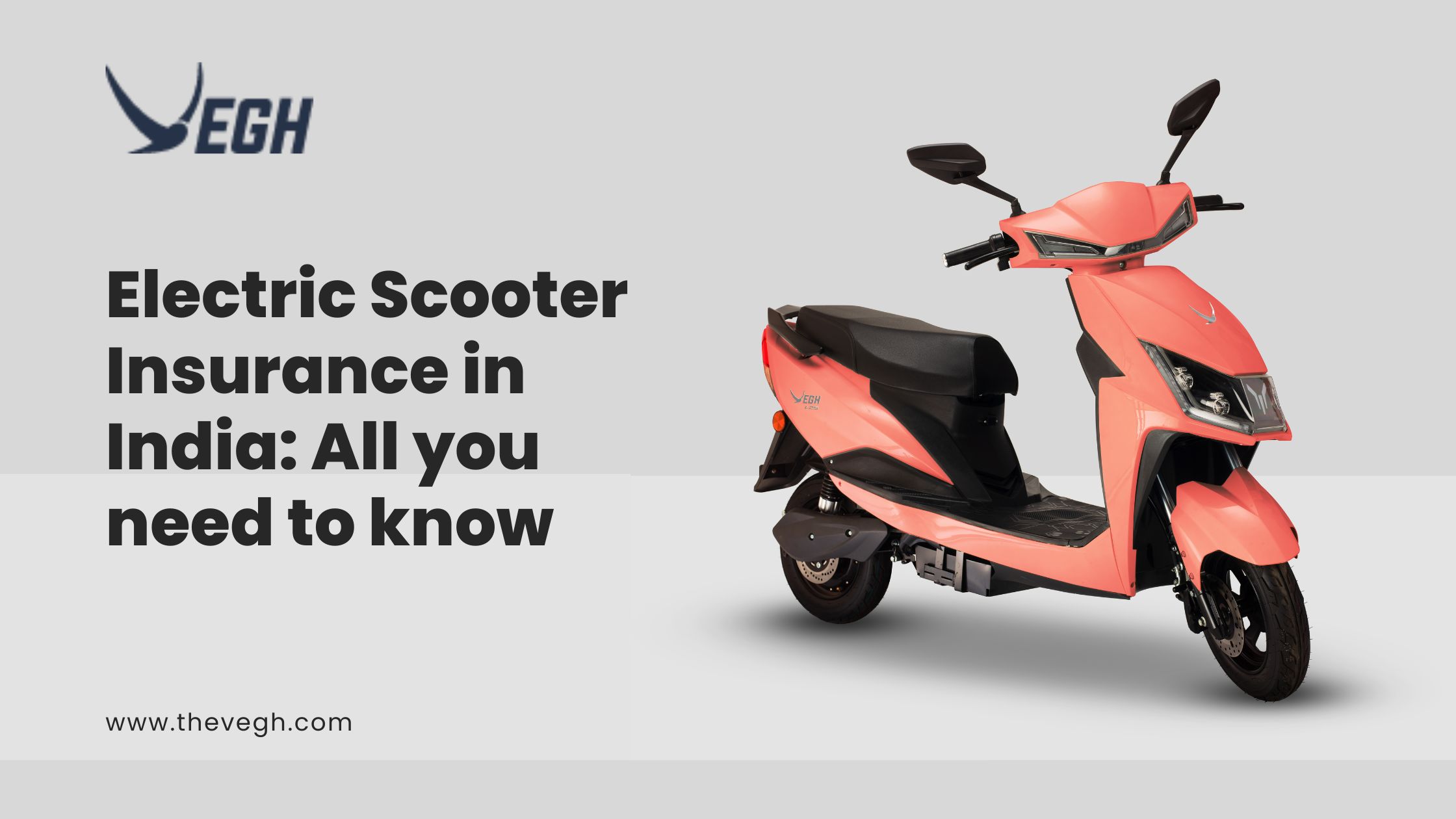
With the ever-growing popularity of electric scooters in India, ensuring they are correctly insured is vital.
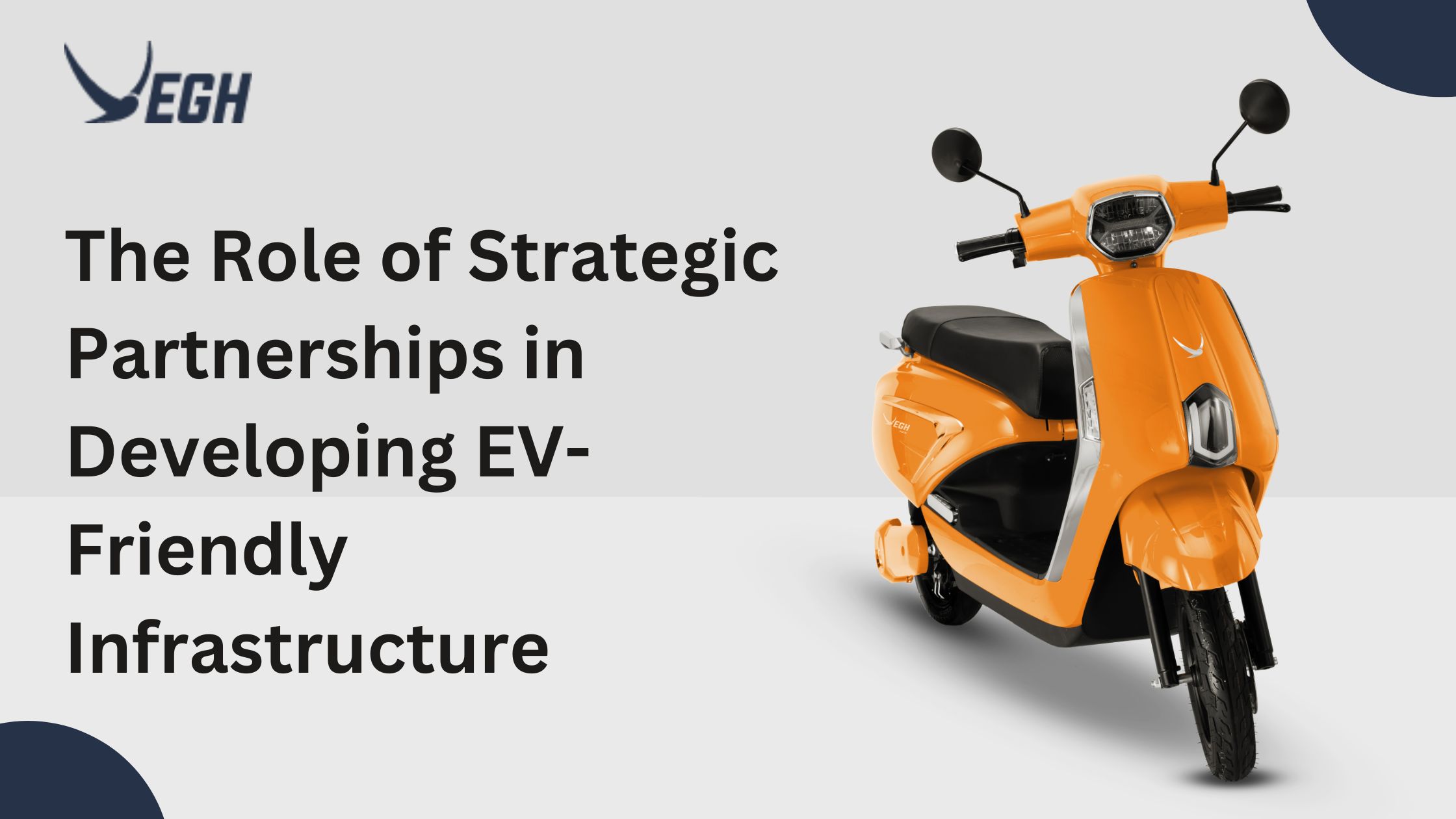
The introduction of electric scooters in India is changing the way we think about transportation, energy use, and environmental sustainability. Governments and organizations are looking for methods to provide EV-friendly infrastructure as EVs gain popularity. Undoubtedly one of the most successful tactics is strategic partnerships.
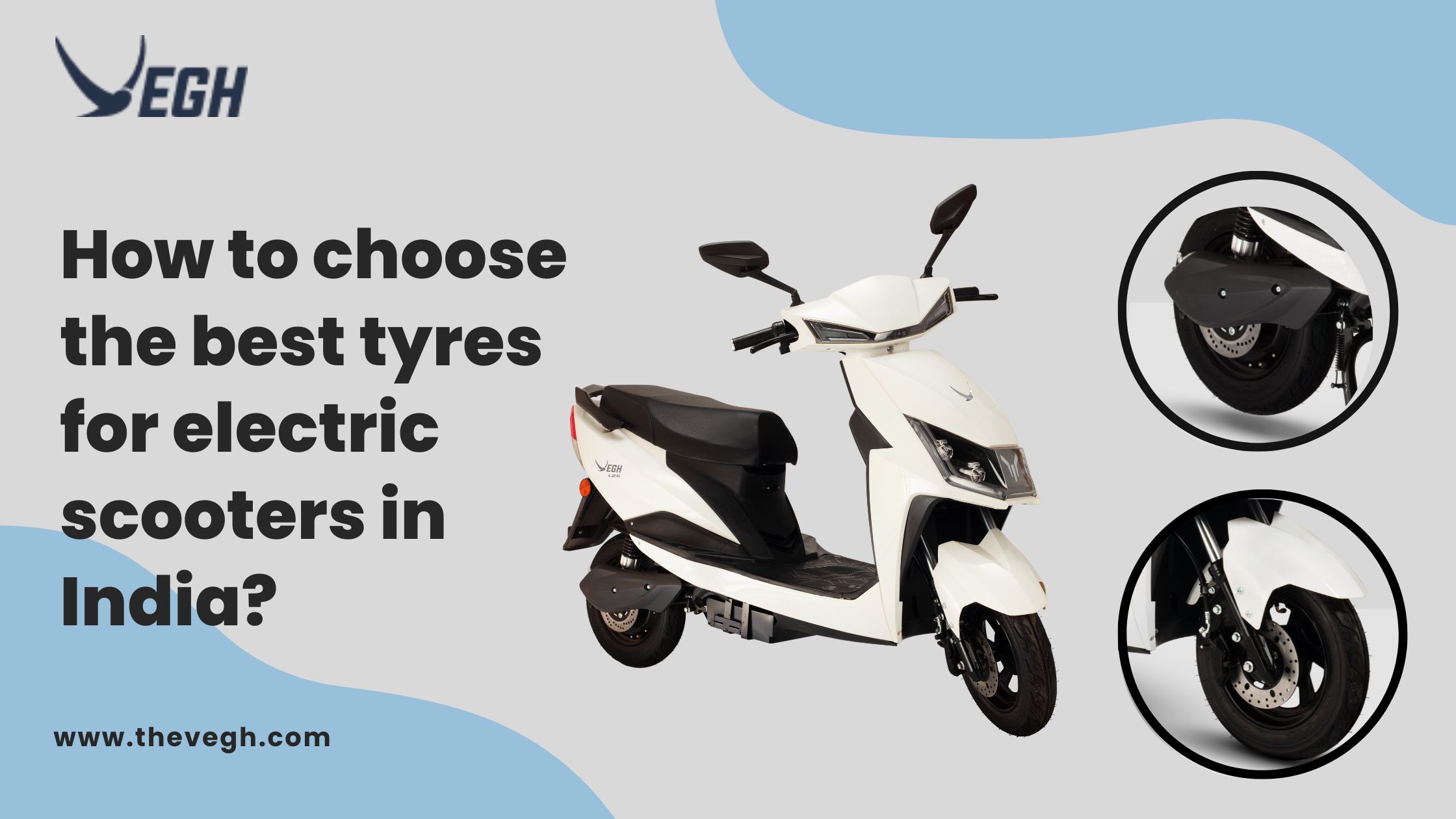
A scooter is an integral part of Indian roads, and while a lot of focus has been put on petrol scooters, e scooters in India are becoming increasingly popular. However, it is essential to understand that electric scooters require extra care regarding maintenance, especially tyres.
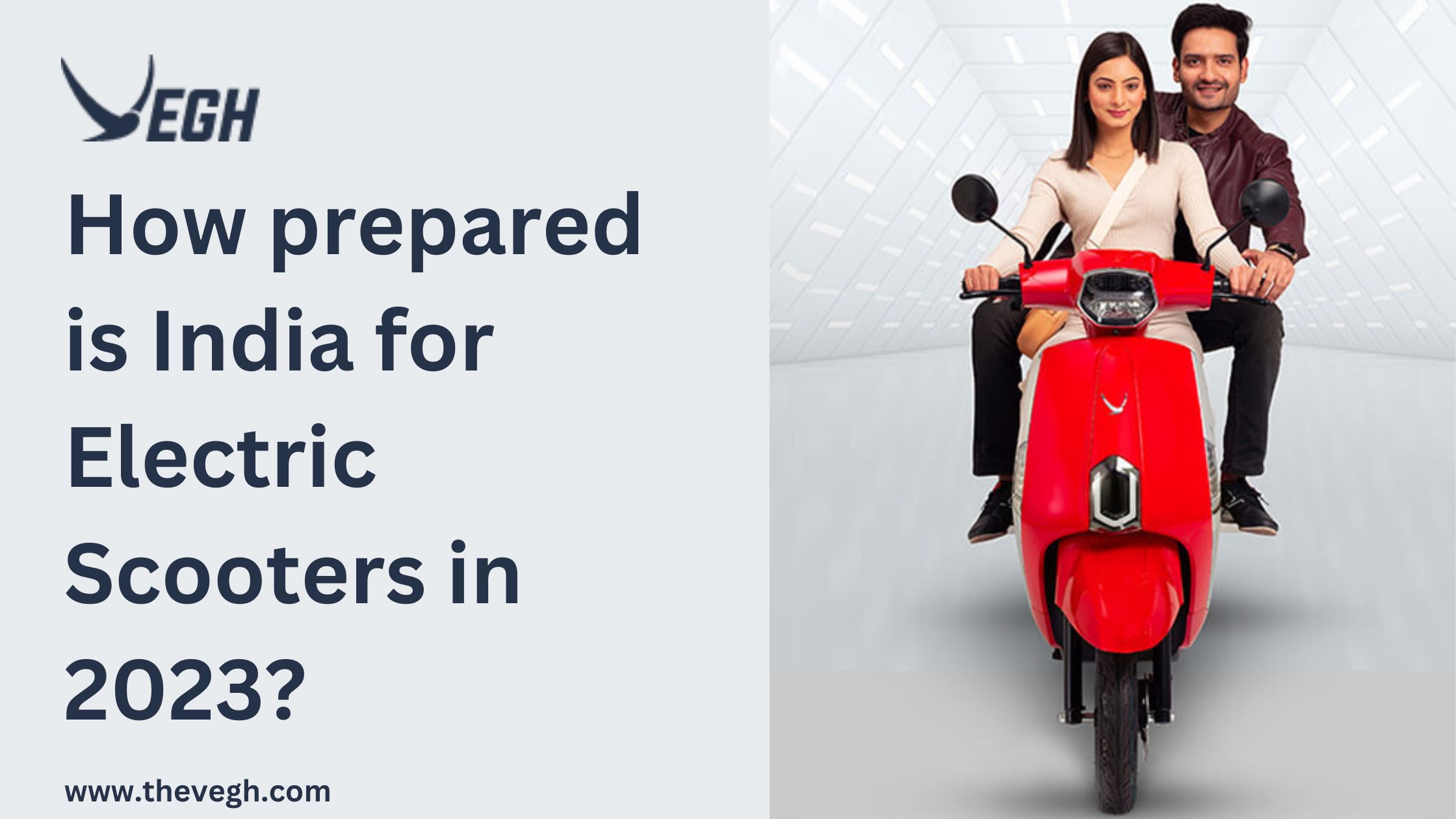
Electric scooters are all the rage these days. They’re more environmentally friendly than petrol-powered scooters, becoming increasingly popular in cities worldwide. India is no exception. But as electric scooters in India become more prevalent, some essential questions need to be answered
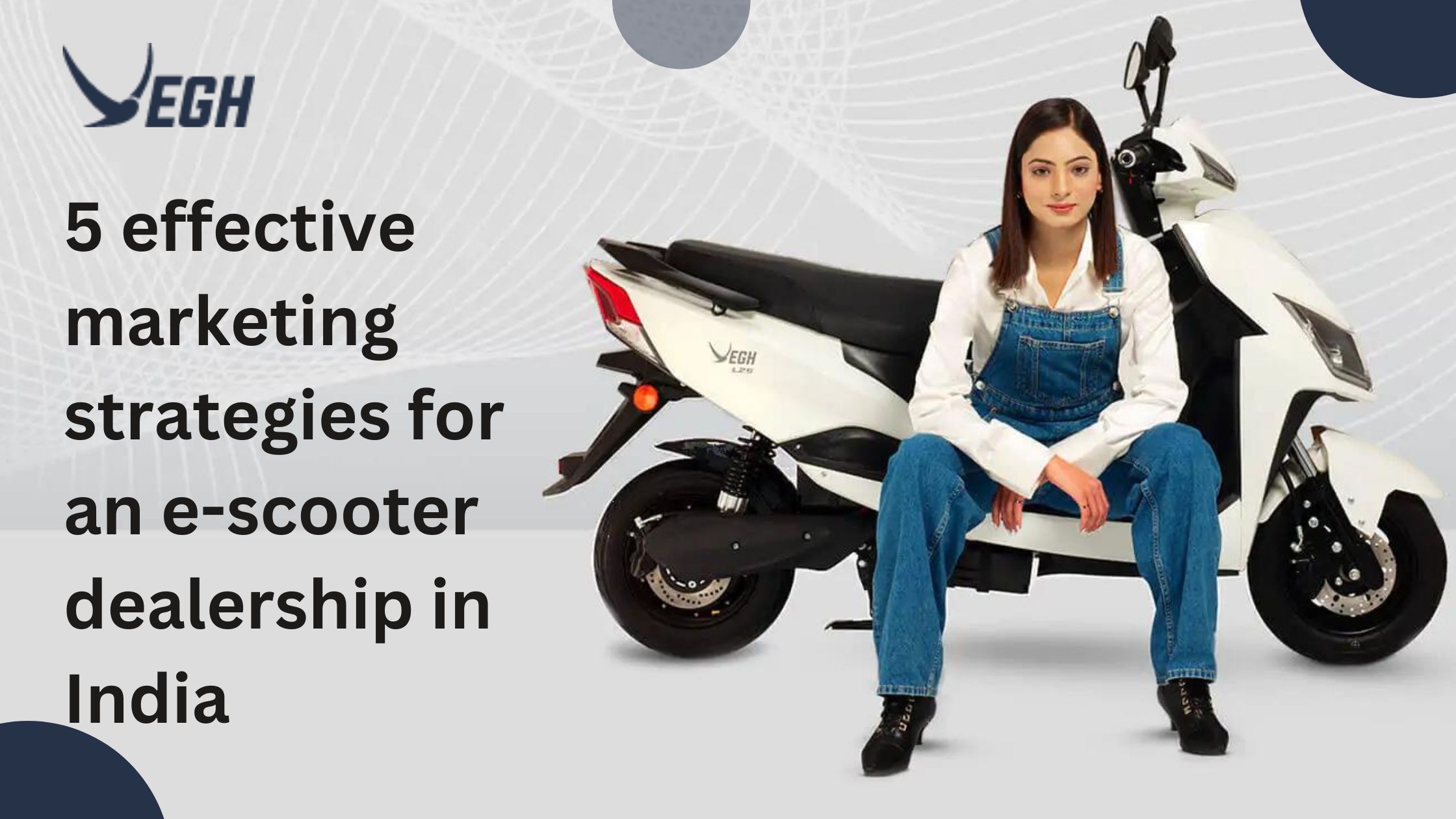
India is home to the world’s fastest-growing e-scooter market, with more than 2.5 million e-scooter users. This burgeoning market presents a unique opportunity for dealerships looking to capitalize on this trend and make the most of the potential in this space.
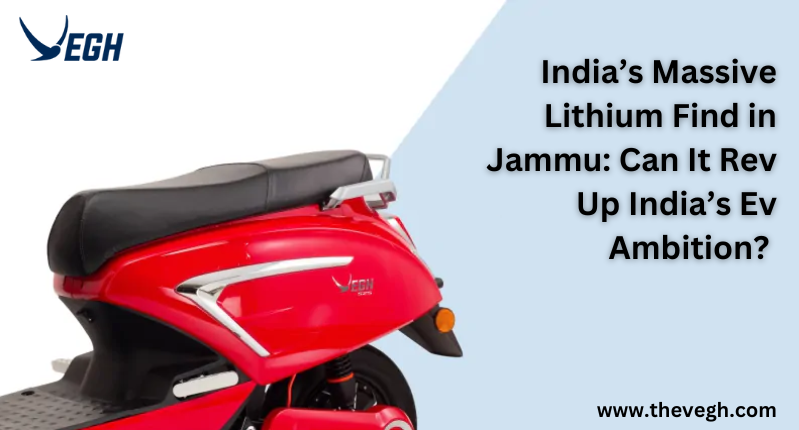
India is the world’s most populous country and is projected to be one of the world’s leading economies by 2027, with an annual growth rate of 7.5% since 2016. In May 2017, the International Energy Agency (IEA) released its first-ever report on electric vehicles (EVs) in India.
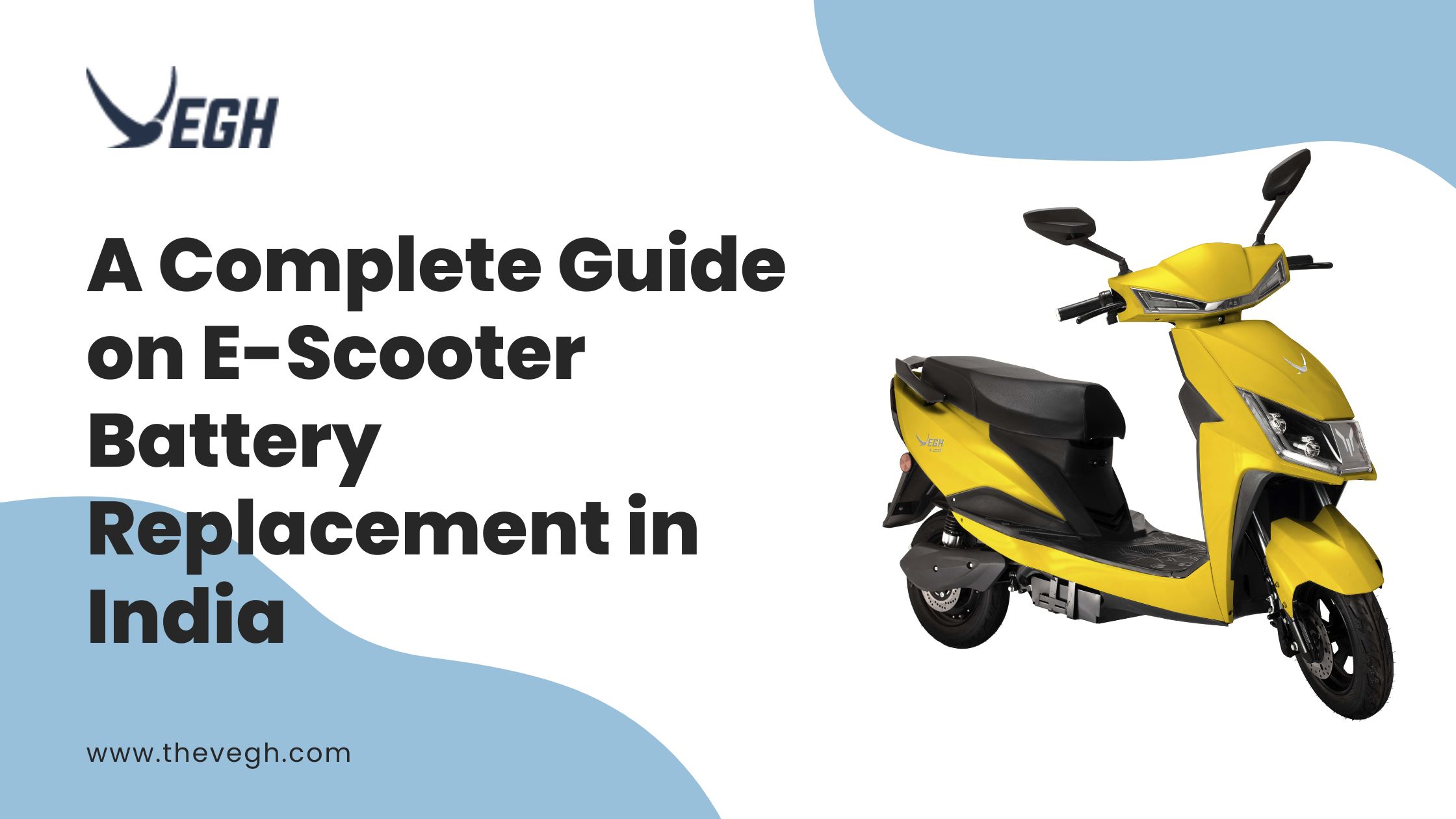
E scooters in India are becoming increasingly popular, and for a good reason. They’re economical, energy-efficient, and convenient to ride. But like any other vehicle, electric scooters need regular maintenance and repair to keep running correctly. One of the essential components of an electric scooter is its battery—without it, you can’t go anywhere!
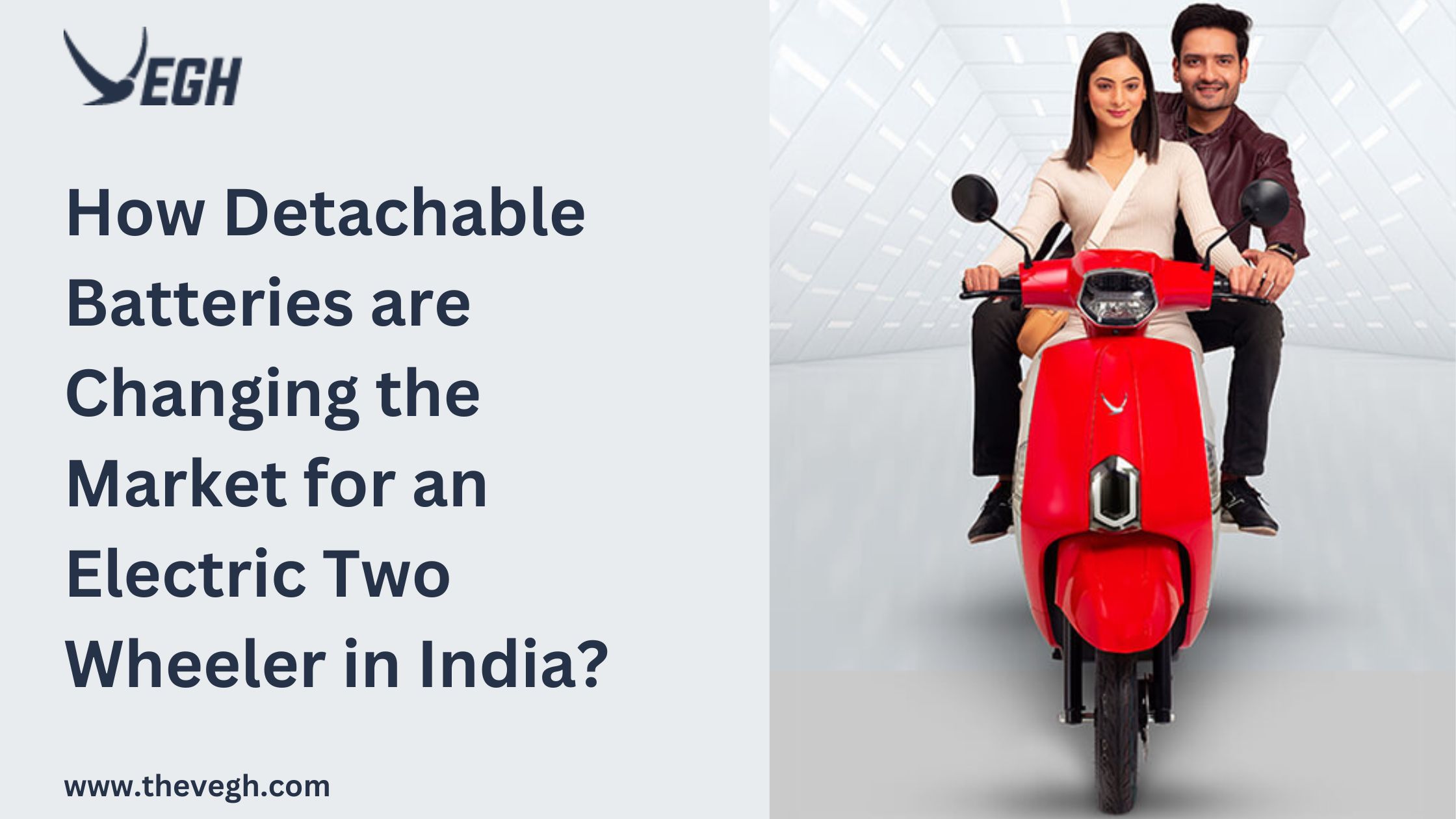
Electric scooters are becoming increasingly popular in India. As an emerging market, electric scooters have been gaining traction with consumers because of their cost-effectiveness and convenience. But one of the biggest game-changers in this industry has been the introduction of detachable batteries. In this blog post, we’ll explore how detachable batteries like the ones used in Vegh electric scooters are changing the electric scooter market in India and why they are an intelligent investment for riders.
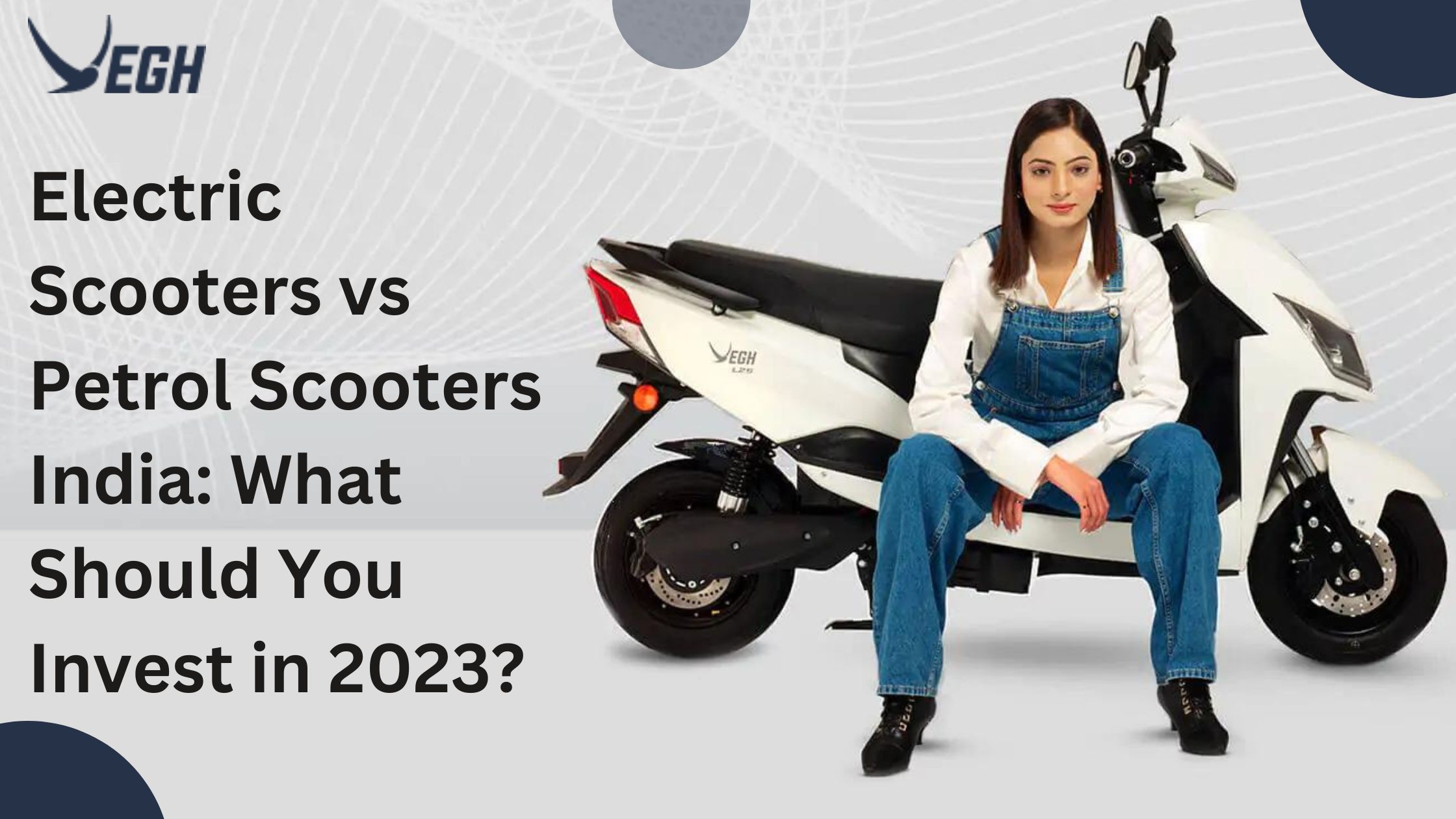
In India, electric scooters are becoming increasingly popular and widespread. With rising pollution levels and a growing recognition of the environmental impact of petrol scooters, people are turning towards electric alternatives to reduce emissions.
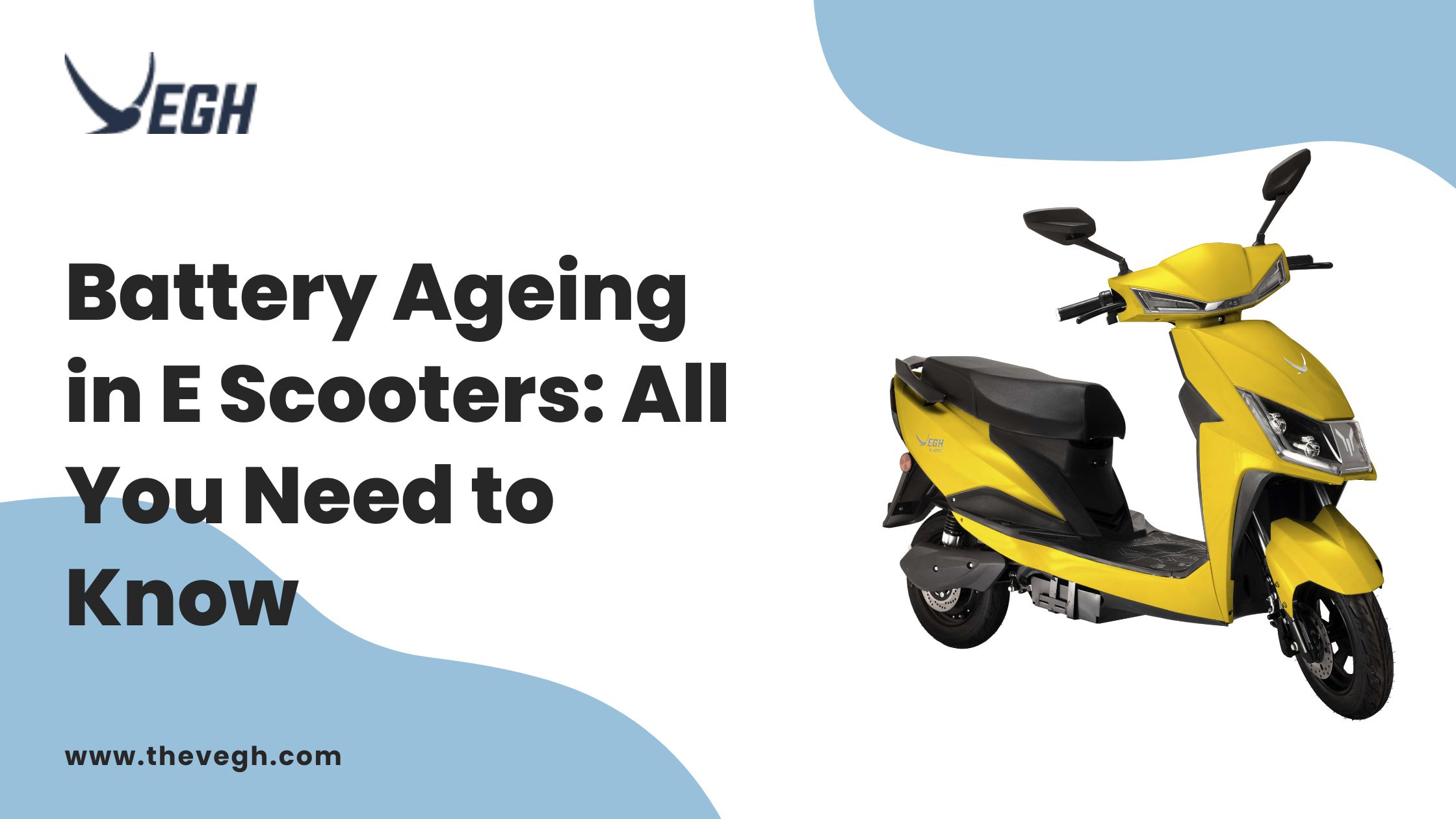
Other types of batteries used in e scooters in India include lithium-ion and nickel-cadmium batteries. These batteries are lighter and can be recharged more easily than lead-acid batteries but they are also more expensive.
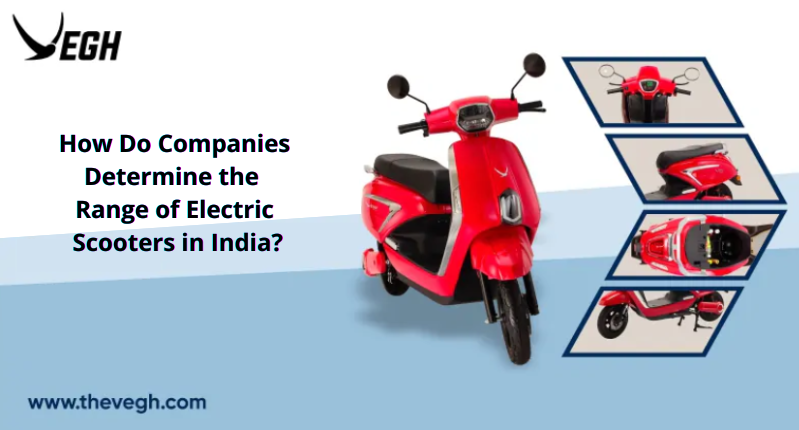
Electric scooters have become increasingly popular in India in last couple of years. With rising fuel prices and environmental concerns, more and more consumers are turning to electric vehicles as a transportation option.
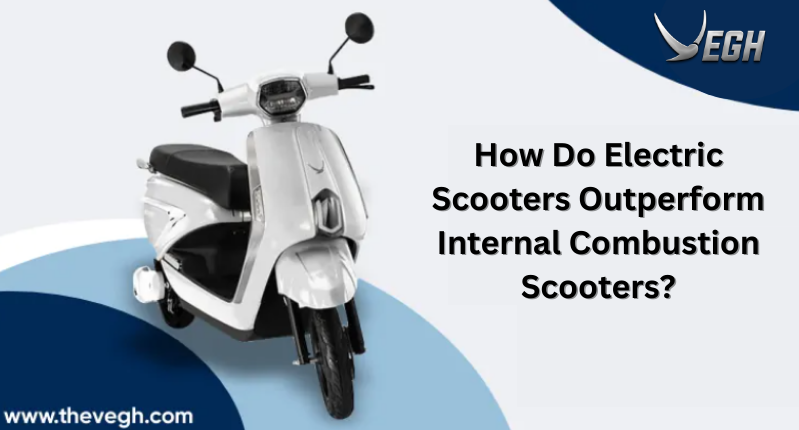
Electric scooters are a convenient and cost-effective way to get around in cities. They are more environmentally friendly and often outperform traditional internal combustion scooters in terms of speed, acceleration, and power.

Electric scooters are a great way to get around, but they can be expensive to maintain. The most critical component of an electric two wheeler in India is its battery. A good battery will last longer and provide more power than a bad one. There are a few things you can do to ensure that your electric scooter’s battery lasts as long as possible.
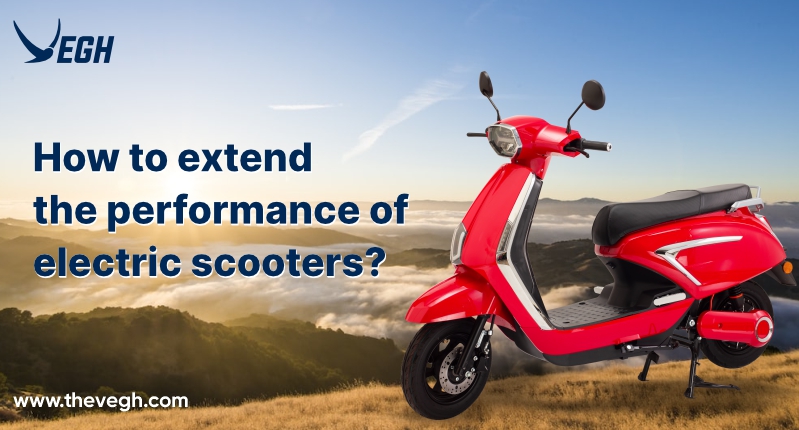
Not only are electric scooters in India cheaper to operate, but they also help reduce pollution.
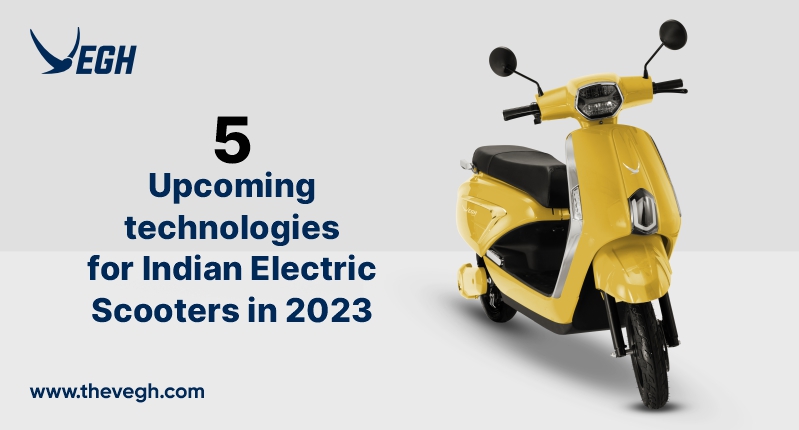
The Indian electric scooter market is forecast to grow at a compound annual growth rate (CAGR) of 32.5% between 2018 and 2023, according to a report by MarketsandMarkets. The report says that the market is being driven by factors such as the government’s push for electric vehicles, declining prices of batteries, and increasing range and power of electric scooters. This blog post will explore five upcoming technologies for E Scooters in India 2023. From new battery technologies to wireless charging and more, read on to learn more about the future of electric scooters in India.

Under normal circumstances, a standard EV battery can easily last for more than five years. The batteries used in electric scooters in India are manufactured to provide a long battery life. Tesla claims that EV batteries can last for more than 12 years. However, several other factors contribute to the deterioration of an EV battery, in addition to calendar aging. In this blog, we shall address these factors and understand what we can do to enhance the life of an EV battery. The external conditions of an Electric Vehicle affect battery health to a considerable extent, and there are certain situations that EV owners need to avoid to ensure that the battery life of an Electric Vehicle can be maximized.
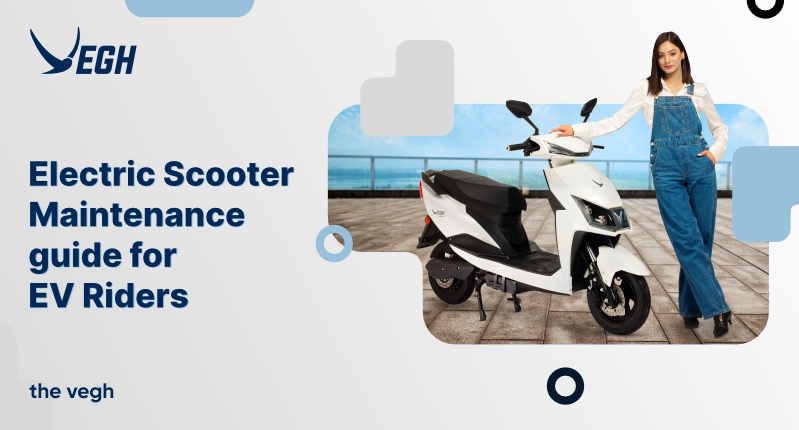
The sale of electric two-wheelers in India has exploded since 2020. The Central Government aggressively incentivizes EV manufacture and purchase through subsidies, which is the main cause for this change in the EV two-wheeler sector. The progressive increase in fuel prices and greater public awareness of EVs contribute to this change in consumer perception of EVs.
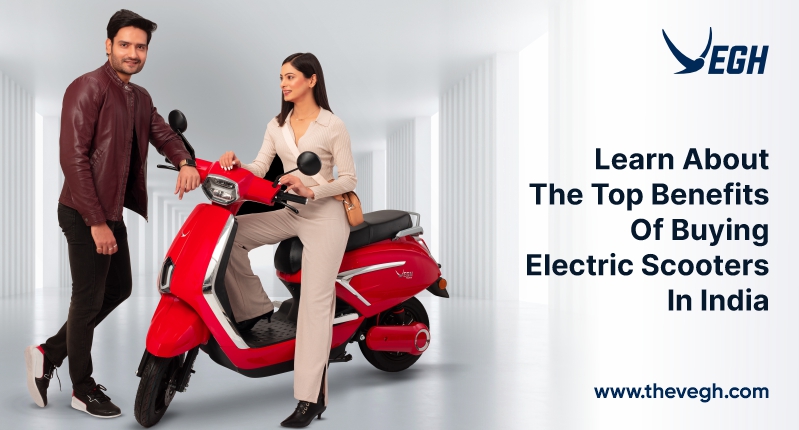
It’s important to know the benefits of electric scooters in India. Electric scooters in India are costly, but they have a lot of benefits.
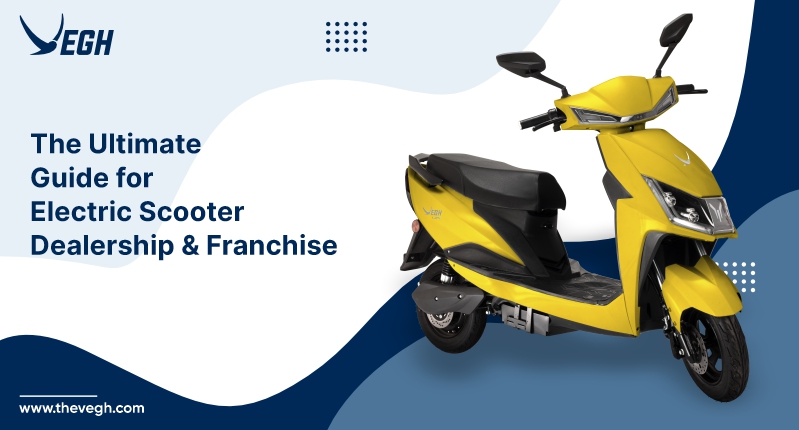
Due to growing fuel prices and environmental concerns brought on by the enormous number of ICE vehicles and contributing to air pollution, the modern world is moving toward electric vehicles (EVs). By 2030, it is anticipated that the Asia-Pacific region will dominate the global market for electric vehicles. Electric scooters produce no pollutants because there are no gasoline costs. They also provide mileage comparable to gasoline-powered vehicles for just 15% of the price per liter of petrol.
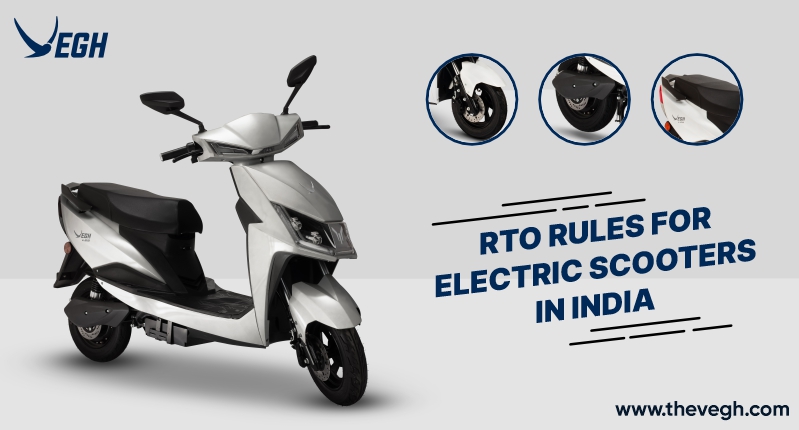
Current and prospective buyers of electric scooters should be well-versed with RTO regulations and guidelines regulating electric scooters in India as the country has started adopting electric vehicles. The market of electric two-wheeler in India is rising exponentially. However, one thing which is causing problems for electric scooter buyers in India is the RTO regulation. RTO regulations are different for electric scooters and ICE scooters. This blog will go through all of India’s updated RTO regulations for electric scooters. We will also be looking at the ARAI approval and testing standards, insurance, license plate and registration requirements, road tax, helmet regulations, and subsidies for electric scooters in India.
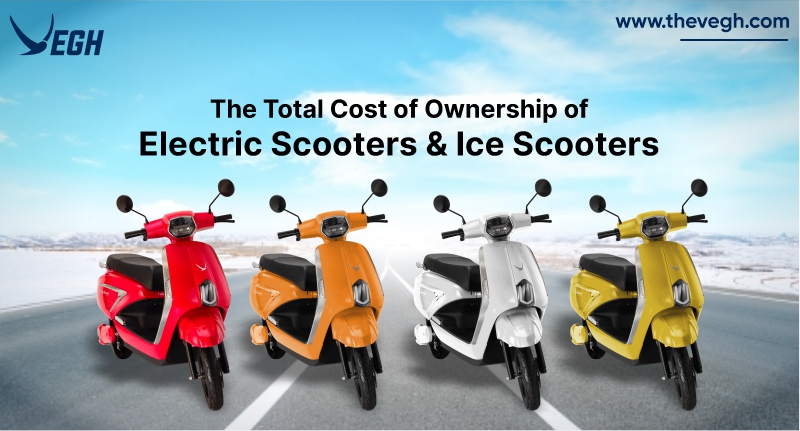
The global desire and necessity to lessen the effects of internal combustion engines on global warming are the main factors driving the healthy growth of the electric vehicle (EV) market. There is no question that EV technology will dominate two-wheelers as the primary means of transportation in the next few years.
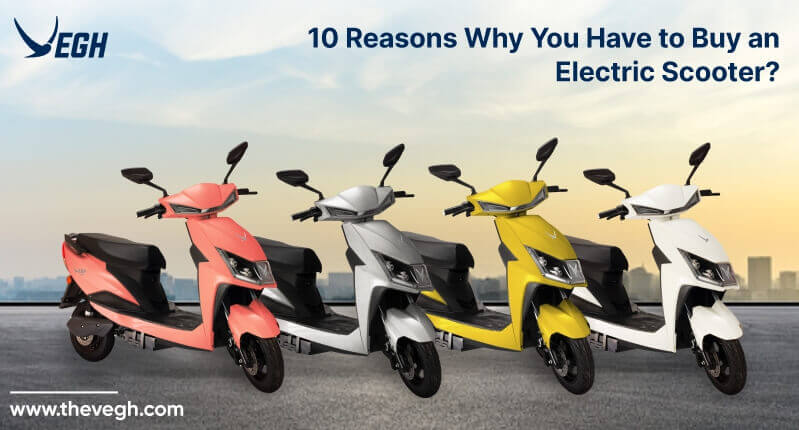
In contrast to earlier times, when major updates took place every 5-7 years, technology now advances every two years. Today’s world is highly competitive, and everything is automated. These advances in technology have made life easier and raised living standards globally, but they have also come at a high cost to the cosmos.
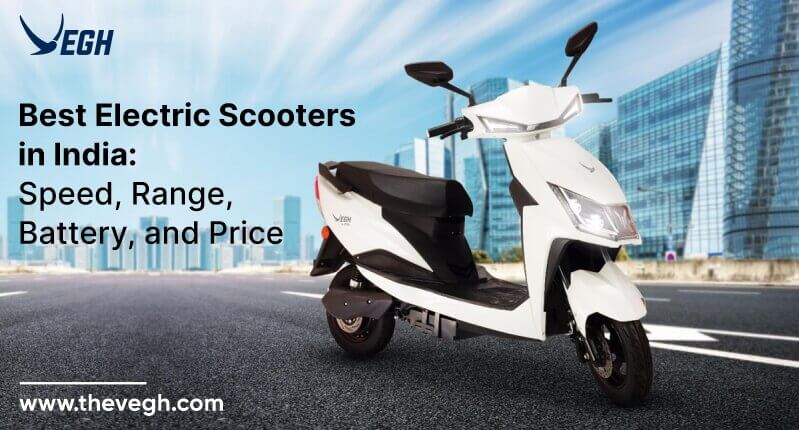
Electric scooters are becoming increasingly popular due to the many advantages they provide over traditional petrol or diesel-powered scooters. In addition to being more affordable when fuel prices are rising daily, they are also more environmentally friendly and have lower maintenance costs. However, in India, electric scooters are still a relatively new type of vehicle. With this blog, our objective is to let you know how to choose the best electric scooters among all available options.
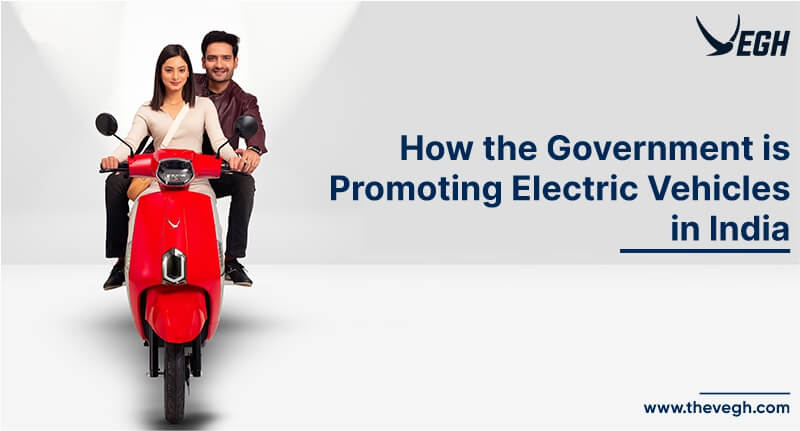
With over 40 crore customers in need of mobility solutions by 2030, India is the world’s fifth largest car market, and with continued strong expansion, it could move into the top three shortly. However, growth in the number of automotive customers does not indicate an increase in conventional fuel consumption. In this blog, we will see what policies the government is rolling out to promote electric vehicles in India.
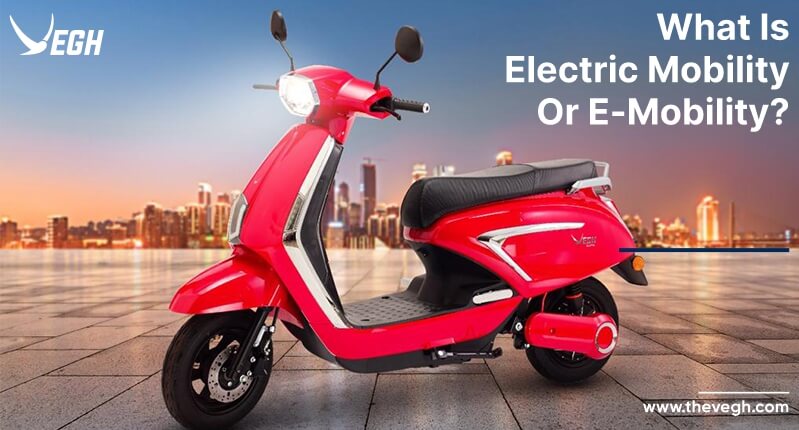
According to the definition, electric mobility includes all street vehicles powered by an electric motor and derive their energy mainly from the power grid – in other words, they can be recharged externally. In this blog, we will try to understand India’s entire electric vehicles industry ecosystem.
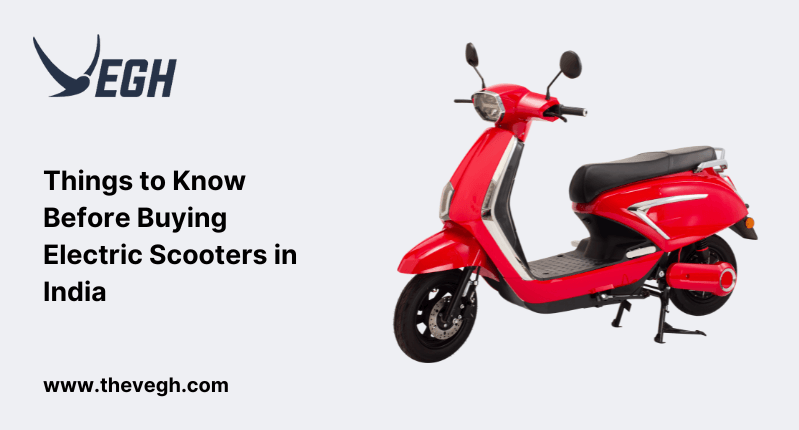
It’s 2022 and the entire world is talking about electric bikes. You would also be thinking about getting an electric bike because it’s a universal truth that electric bikes are more economical than petrol bikes.

Electric scooters are the focus of attention in the electric vehicle (EV) market in India. The two-wheelers are small, reasonably priced, and work with the nation’s current infrastructure. As a result, the market is flooded with electric scooters.